
Senior Research Seminar trip to Georgia, Alabama and Florida
The students in this year’s Senior Environmental Geoscience Research Seminar (EESC5582-5583) went on a five-day fieldtrip the Apalachicola-Chattahoochee-Flint watershed in Georgia, Alabama and Florida on October 23-27. The theme of the trip was to follow sediment from upland sources to sinks in reservoirs, the Apalachicola river delta, and the ocean. The students collected sediment samples from Lake Walter F. George, a reservoir on the Chattahoochee River. They also conducted a drone survey of a part of a barrier island on Apalachicola Bay to study storm-driven erosion and sedimentation on the island. The trip was documented for future inclusion in season 8 of Every Rock Has a Story. The trip included 16 people, and it was led by professors Noah Snyder and Ethan Baxter.

Ph.D. candidate Victor Olawoyin awarded Best Student Presentation at the Eastern Section Seismological Society of America Annual Meeting
Victor Olawoyin a Ph.D. candidate working with Prof. John Ebel was awarded Best Student Presentation at the Eastern Section Seismological Society of America Annual Meeting on Oct. 27th & 28th in St. Louis, MO for his presentation titled "Investigation of the Subsurface Structure of the Chestnut Hill Reservior Earth Embankment Dam Using Ground Penetrating Radar (GPR)".

Prof. Hanqin Tian selected for the AGU Bolin Award
Institute Professor of Global Sustainability Hanqin Tian will receive the Bert Bolin Award and deliver the named lecture at the American Geophysical Union 2025 Annual Meeting in New Orleans in December. The award recognizes Prof. Tian’s ground breaking, interdisciplinary research and leadership in global environmental change. Read more about the award and Prof. Tian’s work in this recent BC News story.

Professor Jeremy Shakun publishes a new reconstruction of global sea level changes over the past 4.5 Myr in Science
A longstanding view in paleoclimatology is that global sea level tracked the cooling climate of the past few million years, with increasingly deeper ice ages toward the present. In a new paper in Science, Professor Jeremy Shakun and colleagues present a new reconstruction of sea level that instead shows large ice sheets existed throughout the Pleistocene. This sea level reconstruction is based on a reevaluation of the marine oxygen isotope record and makes use of a global temperature reconstruction the team published last year in Science. The study provides a new paradigm for understanding the development of the Pleistocene ice ages and challenges existing ideas on the co-evolution of ice sheets and climate during that time.

PhD student Skylar Yang wins a NASA Fellowship
Graduate student Xinyi (Skylar) Yang has been awarded a three-year, $150,000 fellowship by NASA to support her doctoral studies through the Future Investigators in NASA Earth and Space Science and Technology (FINESST) program. Her project is titled “Toward Accurate Fire Emission Estimation: Integrating NASA Satellite and Reanalysis Data with Machine Learning into a Terrestrial Biosphere Model.” Skylar is a member of Professor Hanqin Tian’s lab, and she passed her comprehensive exam on October 9. Congratulations, Skylar! Read a BC News article on her project here.

Professor Jeremy Shakun and Andrew Jones (B.S., 2015) find that glaciers in California’s Sierra Nevada are disappearing for the first time in the Holocene
Glaciers are iconic features of the American West. They are rapidly melting today and projected to vanish this century in the Sierra Nevada Mountains of California. It has been unclear though whether the Sierra Nevada completely deglaciated previously in the Holocene. In a new study published in Science Advances, Professor Jeremy Shakun and former BC undergraduate student Andrew Jones (now a Ph.D. candidate at the University of Wisconsin-Madison) find that the largest glaciers in the Sierra Nevada were present throughout the past 30,000 years. The research team measured extremely low concentrations of the cosmogenic nuclides 10Be and 14C in recently exposed bedrock at the toes of several retreating glaciers. Because these nuclides are produced in rock exposed to cosmic radiation, their low concentrations imply that the bedrock was covered by ice throughout the Holocene. The results underscore that climate change is reshaping California landscapes in ways unprecedented since the known peopling of the Americas.

Chair Noah Snyder recognized by the Geological Society of America
EESC Professor and Chair Noah Snyder has been named a Fellow of the Geological Society of America. Snyder and other members of the 2025 class of fellows will be recognized at the GSA Connects 2025 meeting in San Antonio on October 20. For more, read this BC News story and this BC Heights article.
Ph.D. candidate Kameko Landry received the 2025 Donald J. White Teaching Excellence Award
Kameko, who has served as a TA for Environmental Systems: Carbon Cycle for several years in a row, received this year’s award. The program was created to emphasize and support the pursuit of teaching excellence among graduate Teaching Fellows and Teaching Assistants at Boston College. Congratulations to Kameko for your work and dedication to teaching at Boston College!

Ken Galli celebrated for 25 years of service
Dr. Ken Galli was honored for 25 years of service at Boston College at an event at 2101 Commonwealth Avenue. Ken joined the department as the lab manager in September 1999. Ken knows the department and our space in Devlin Hall inside and out. Every day, he is a source of knowledge of and enthusiasm for the geology of New England and the Colorado Plateau. He has also taught a wide variety of courses in the department, in both regular semesters and summer terms. Thank you and congratulations, Ken!

Professor Ethan Baxter’s web series “Every Rock Has A Story” (2024) is nominated for the New England Regional EMMY Award
Every Rock Has A Story (2024) has been nominated for a New England Regional EMMY Award in the Children/Youth Category. This is the third nomination in a row. Season Four was funded by a SIRITEA Grant from the Schiller Institute and featured BC faculty such as Prof. Praveen Kumar from School of Social Work, and Prof. Ali Salifu from the MCAS Engineering Department. Find more information HERE.
.jpg)
EESC members participate in the International Coastal Dynamics Conference in Portugal
EESC department members, Assistant Professor Kat Wilson, graduate students Manica Nawaz, John Supino, and Tony Edginton, participated in the 10th edition of the Coastal Dynamics Conference from April 7-11, 2025, in Aveiro, Portugal, and presented their research. The International Coastal Dynamics conference series is one of the most important meetings for scientists in the fields of nearshore dynamics and coastal evolution.

EESC Welcomes Dr. Diksha Bista as the new director for the Center for Isotope Geochemistry
We are pleased to announce the hiring of Dr. Bista, the new director for the Center for Isotope Geochemistry, located in Devlin Hall. Dr. Bista was a student of Earth Sciences and Oceanography for her BSc and MSc and received her PhD in isotope geochemistry from the University of Bristol in the United Kingdom. Afterwards, she worked at the British Geological Survey, where initially she managed a uranium lead geochronology laboratory and later worked within the stable isotope facility researching archeological and environmental samples. Her past experiences have laid the groundwork for her current role as the director of the Center for Isotope Geochemistry, which comprises a high-precision geochronology lab in Devlin Hall and IRMS lab in 245 Beacon.
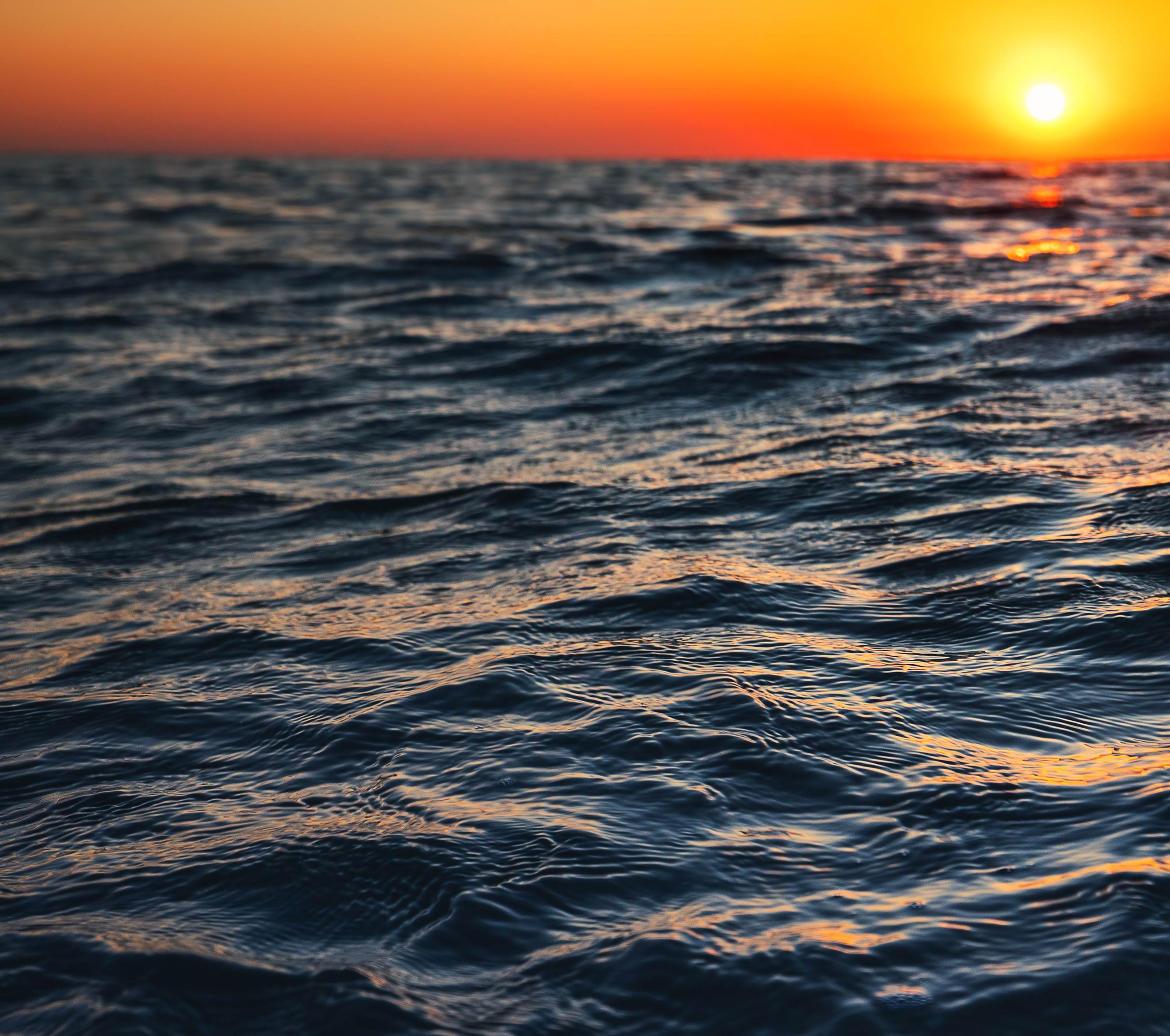
Professor Mark Behn Contributes to Report on Ocean Science
Earth and Environmental Sciences Professor Mark D. Behn is one of 23 experts to contribute to a report from the National Academies of Sciences, Engineering, and Medicine that highlights the urgent need for the U.S. to invest significantly in ocean science research, infrastructure, and workforce development over the next decade (2025–2035). Behn’s input focused on marine geophysics and geodynamics, and the report stresses the need for continued NSF support for basic science, updated research infrastructure, and a more diverse, transdisciplinary ocean science workforce. The report was featured at the National Academies Press website, and you can read more here!

Hanqin Tian Publishes New Article on Greenhouse Gas Budgets of Middle East and Central Asia
Hanqin Tian, a faculty member of EESC, is the corresponding author of the recently published article titled “Greenhouse Gas Budgets of Central and West Asia (2000–2020): A Significant Net Source to the Atmosphere”. For the first time in this study, by Global Carbon Project -Boston Office has produced a comprehensive GHG assessment of 24 countries across the region, spanning from Kazakhstan and Iran to Saudi Arabia and the UAE. By combining state-of-the-art atmospheric and terrestrial models with national reporting systems, the study offers a rare full-spectrum look at emissions of CO₂, methane (CH₄), and nitrous oxide (N₂O) from 2000 to 2020.
Professor Tian said, “This study closes a major data gap and opens a new door for climate accountability. The Middle East and Central Asia must now be recognized as essential partners in global mitigation efforts [...] Almost one in every twelve tons of greenhouse gases worldwide comes from this region—and yet, it’s barely part of the climate conversation.”
The article was featured at Eos, a science news magazine published by the American Geophysical Union, “The findings show that the Central and West Asia region, home to about 5.9% of the world’s population in the 2010s, is a major emitter, averaging 4,234 million metric tons of CO2 equivalent per year—8% of global emissions in the same decade. The region contributed 10% of the world’s carbon dioxide, 7% of its methane, and 3% of its nitrous oxide.” (Sidder). Read more HERE
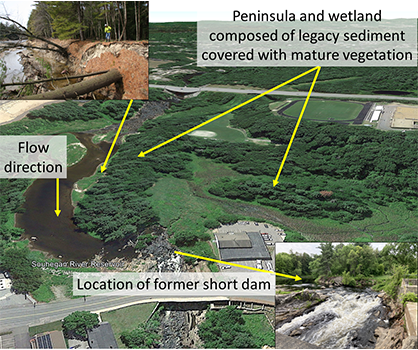
New article by Bridget Livers and Noah Snyder Explores Legacy Sediment and the Impact of Dam Removals
A new article titled “Legacy sediment: a conceptual model and perspective on the role of dams. Earth Surface Processes and Landforms” was published on March 18, 2025 — The authors, Bridget Livers and Noah Snyder examine how contemporary human activities, particularly dam construction and removal, contribute to legacy sediment formation—deposits that can persist for centuries and impact river and land management. Findings suggest that while dam removal typically leads to short-term sediment erosion in newly exposed stream channels, significant sediment deposits can remain in inaccessible areas, shaping landscapes long after removal.
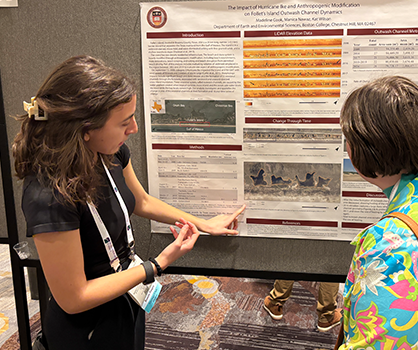
EESC Seniors Attend SE GSA Meeting and Present Their Research
On March 19-21, Noah Snyder, Kate Willis and seven EESC seniors attended the Southeastern Section Meeting of the Geological Society of America in Harrisonburg, VA. The students presented five posters at the conference, on projects related to river and coastal processes. Much of their work built from the Senior Environmental Geoscience Research Seminar (EESC5582-5583) field trip in November to the Apalachicola-Chattahoochee-Flint watershed in Georgia, Alabama, and Florida.
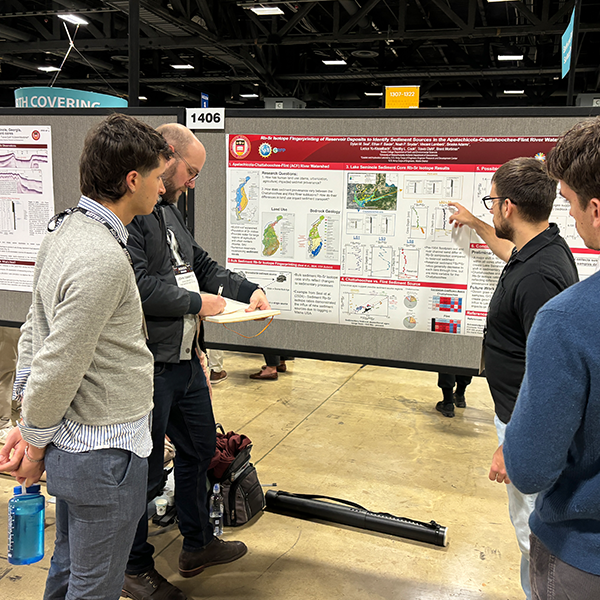
Students, Faculty, and Staff attended the American Geophysical Union Conference in Washington, D.C., and Presented their Research
EESC department members attended the AGU24 Fall Meeting during the week of December 9-13. EESC doctoral students Fengyao Li and Meg Yoder, alongside postdoctoral researchers Bridget Livers and Willie Nicklas and faculty members Kat Wilson and Ethan Baxter delivered oral presentations on their research topics. In addition, 19 other EESC and affiliated members shared their research through poster presentations throughout the week.
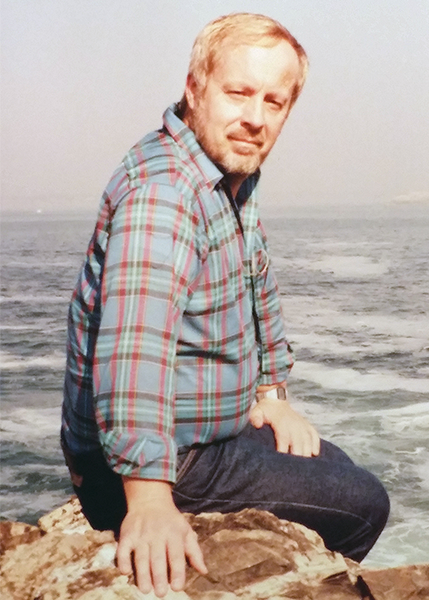
In memoriam: Rudi Hon
Professor Rudolph Hon left our world on October 23, 2024, after a long struggle with complications due to diabetes. Known for his vast intelligence, insight, and kindness, Rudi was a manifestation of universal intellect. He was a member of the Earth and Environmental Sciences faculty from 1978 until his retirement in 2020. He taught classes in geochemistry, petrology, and Geographic Information Systems, conducted research ranging from the igneous rocks of New England to the effects of road salt on groundwater, and mentored countless undergraduate and Masters students. There will be a gathering in late spring to celebrate Rudi's life. Please contact the department (EarthEnvSci@bc.edu) if you are interested in joining.
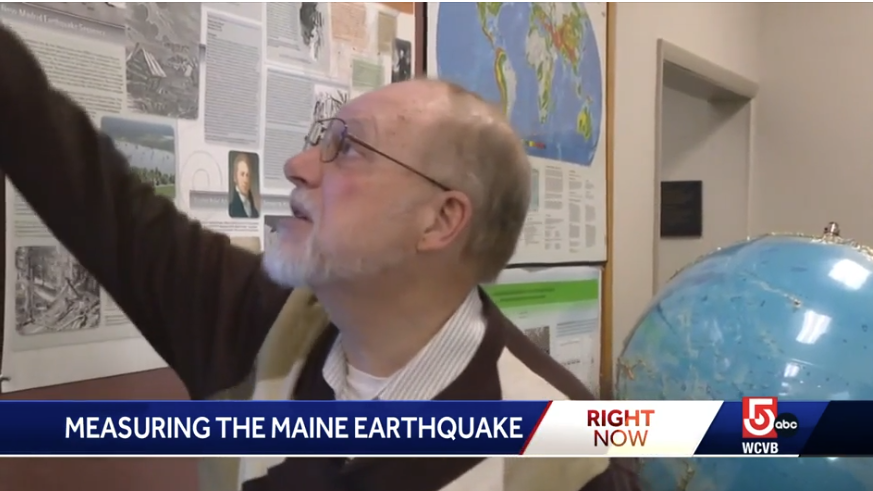
Professor John Ebel Provides Expert Analysis on Maine’s 3.8-Magnitude Earthquake
Dr. John Ebel, EESC professor and seismology expert was featured in multiple news outlets this past week, offering his insights on the 3.8-magnitude earthquake that struck Maine on January 27. The United States Geological Survey confirmed the quake, which was felt up to 50 miles from its epicenter.
Ebel's expertise was sought by major media outlets, including The Boston Globe, CBS News, NBC-10, WHDH-TV, and WCVB-TV, where he provided his analysis of the event’s causes, impact, and seismic significance.
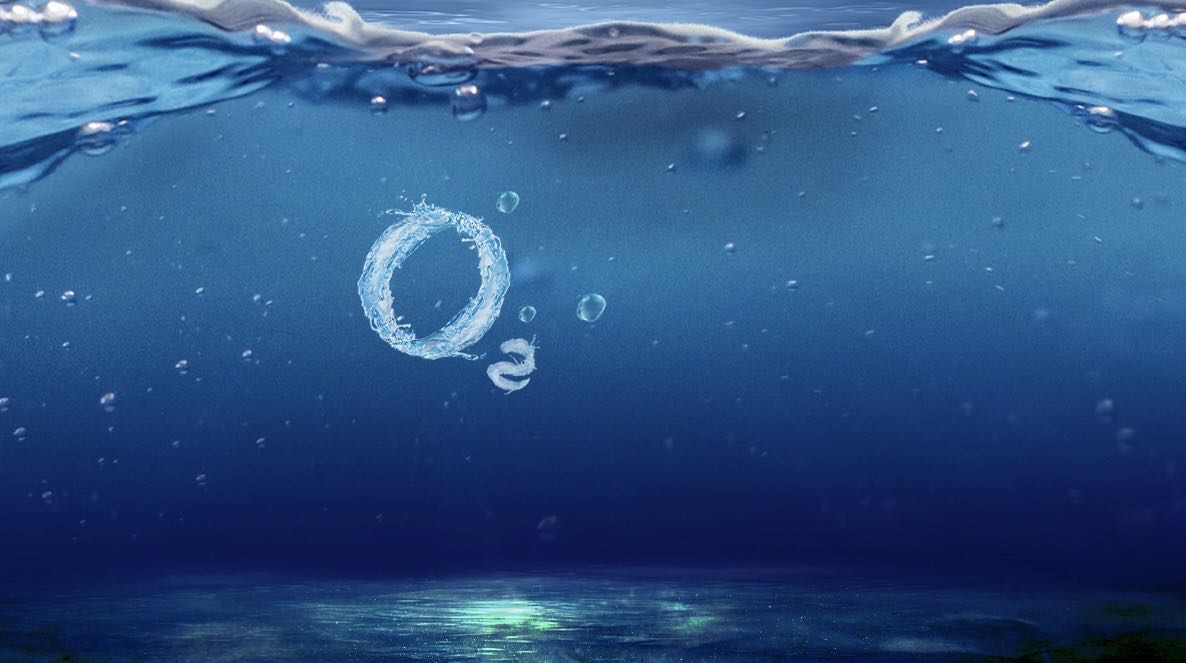
Ancient Ocean Anoxia Sheds Light on Future Climate Risks
A new study found that significant portions of the Atlantic Ocean became anoxic—completely depleted of oxygen—during the Paleocene-Eocene Thermal Maximum (PETM), a period of intense global warming around 56 million years ago. The paper, titled "Expanded Subsurface Ocean Anoxia in the Atlantic during the Paleocene-Eocene Thermal Maximum," was published in Nature Communications by Prof. Xingchen Tony Wang and PhD students Tianshu Kong and Ruixiang Zhai, along with an international team of collaborators. They reported evidence that ammonium and hydrogen sulfide had accumulated in these oxygen-deficient waters, making conditions uninhabitable for marine species. The findings suggest the warming of the Southern Ocean, combined with increased marine productivity, drove these waters into anoxic conditions. This emphasizes the need to better understand how climate change affects ocean oxygen concentrations, providing insights that could help predict and mitigate the impacts of current and future global warming.
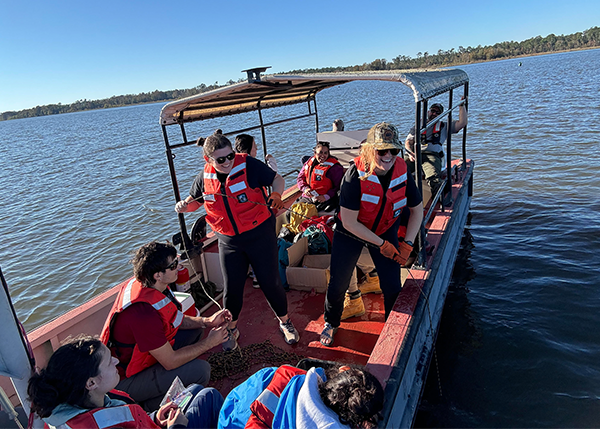
Senior Environmental Geoscience Students Explore Lake Seminole on Research-Focused Field Trip
On November 14-18, eight seniors, with professors Noah Snyder and Kat Wilson, and PhD students Manica Nawaz and Tony Edgington, went on a field trip to the Apalachicola-Chattahoochee-Flint watershed in Georgia and Florida. Five of the undergraduate students are participating in the year-long Senior Environmental Geoscience research seminar (EESC5582); the other three are conducting independent research projects in the ACF watershed. The group collected 20 sediment grab samples from Lake Seminole, a U.S. Army Corps of Engineers reservoir. They also investigated sites along all three rivers, and learned about coastal processes on St. George Island.
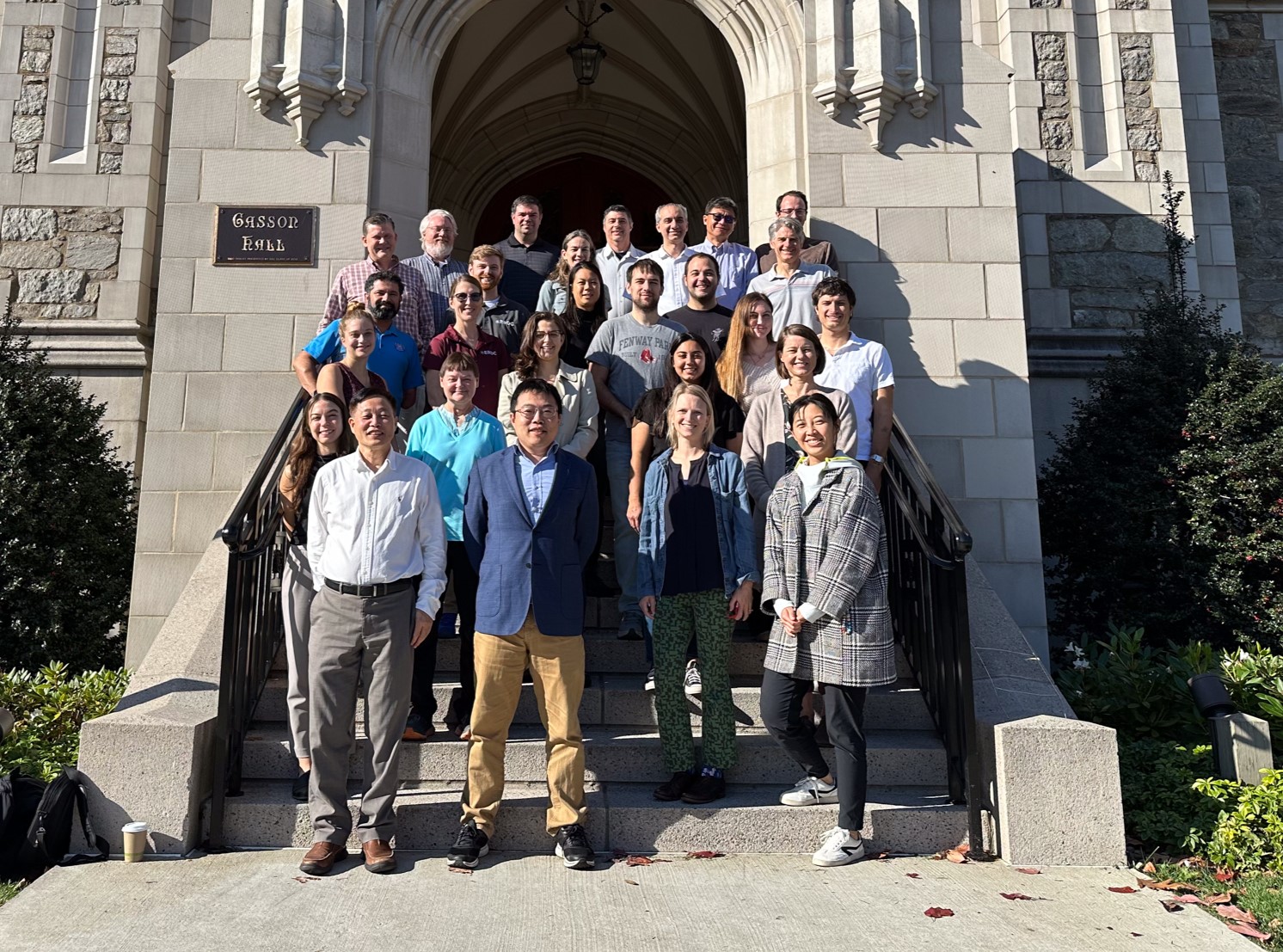
BC’s EESC Department Hosts 3rd Workshop with U.S. Army Corps
The EESC department hosted the 3rd BC-ERDC collaboration workshop on October 21 and 22. The ongoing collaboration between BC and the Engineer Research and Development Center of the U.S. Army Corps of Engineers for the last four years monitors and simulates the evolution of coastlines, rivers, and related habitats in response to natural and human-forced events such as deglaciation, sea-level rise, climate change, nutrient runoff, sediment placement operations, and the construction of dams, levees, and other structures. The workshop included 11 collaborators from ERDC Coastal and Hydraulics Lab. A highlight was an afternoon poster session, in which 21 current research projects were presented by BC students, staff and faculty from the EESC and Engineering departments.
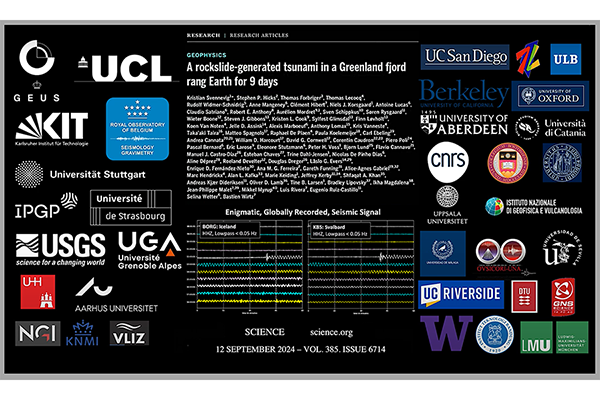
A Rockslide-Generated Tsunami in a Greenland Fjord Rang the Earth for 9 Days: New study published in the journal Science, co-authored by international team of 68 scientists, including Prof. Alan Kafka
For nine days in September 2023, seismologists at many locations across the globe (including Alan Kafka) observed a mysterious seismic signal that looked to Alan like nothing he had ever seen before. Alan’s colleague, Tom Lecocq (lead author of their 2020 study tracking COVID lockdowns with seismographs), wrote an email to the dozens of coauthors of the 2020 study, asking if they would be interested in reconvening their group for an online discussion of what the mysterious seismic signal might be and what might have caused it. That discussion soon expanded to an international multidisciplinary team including both seismologists and experts on landslides in Greenland, because it soon became clear to the team that it was a rock-ice landslide in Greenland that caused the mysterious seismic signal. The result of this international collaboration is this paper that was published in the journal Science one year later on September 12, 2024. The authors show that the cause of this mysterious signal was a gigantic landslide in Greenland during which rock and ice broke off and landed in a fjord, triggering a tsunami, which caused the waters of the fjord to oscillate for nine days. Seismic waves caused by this large, moving body of water have been observed all over the world. Never before has such a phenomenon been detected, and with climate change increasingly exposing polar regions to large landslides, the authors advocate for continued search for such signs of our changing planet. Alan says, "This has been an amazing experience for me to work with this great, creative group of scientists. We didn’t know what caused this signal when we started, and it was quite an adventure in international scientific exploration.”
Learn more at: The Guardian, NewScientist, Nature, ScienceDaily
Smithsonian Institution Awards Fellowship to PhD Candidate Heather Donnelly for Coral Research
Heather Donnelly, an EESC PhD candidate working with Prof. Xingchen (Tony) Wang, has been granted a Short-Term Fellowship from the Smithsonian Tropical Research Institute (STRI). Her research, titled “Examining coral symbiosis in warmer climates with nitrogen isotopes: A case study in Panama,” aims to understand how coral symbiosis has responded to past and ongoing warming events through nitrogen isotopic analyses. Collaborating with Dr. Aaron O’Dea and Dr. Matthieu Leray at STRI, Donnelly will use Panama's extensive collection of modern and fossil corals to conduct a thorough investigation of the nitrogen isotopes symbiosis proxy. The outcomes of this research are expected to shed light on the future of coral symbiosis in the face of intensifying climate change.
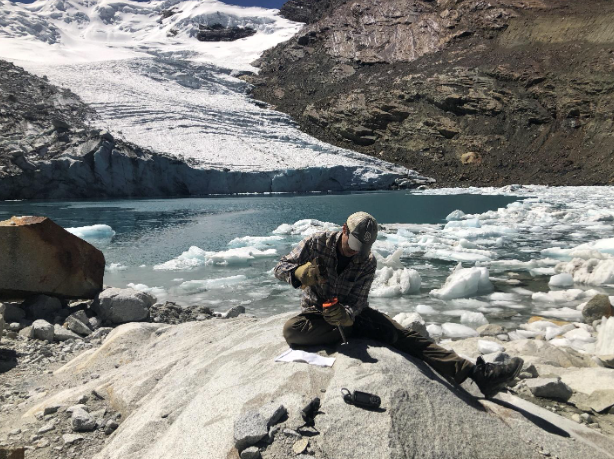
A new study by Prof. Jeremy Shakun and former M.S. student Andrew Gorin (’20) shows that tropical glaciers are smaller now than in at least 11,000 years
The paper, “Recent tropical Andean glacier retreat is unprecedented in the Holocene”, was published in the journal Science. Shakun and Gorin, together with an international team of collaborators, measured the concentrations of rare nuclides in bedrock recently uncovered by the retreat of four glaciers in Colombia, Peru, and Bolivia. These nuclides accumulate in rock when it is exposed to cosmic radiation from space, tracking how often in the past a location was uncovered – somewhat like a sunburn. The team found virtually no nuclides, suggesting the bedrock in these areas has been continuously covered by ice since the glaciers formed during the last ice age. These results imply many glaciers in the tropics have retreated to their smallest extent of the Holocene interglacial – the first large region in the world where this grim milestone has been reached.
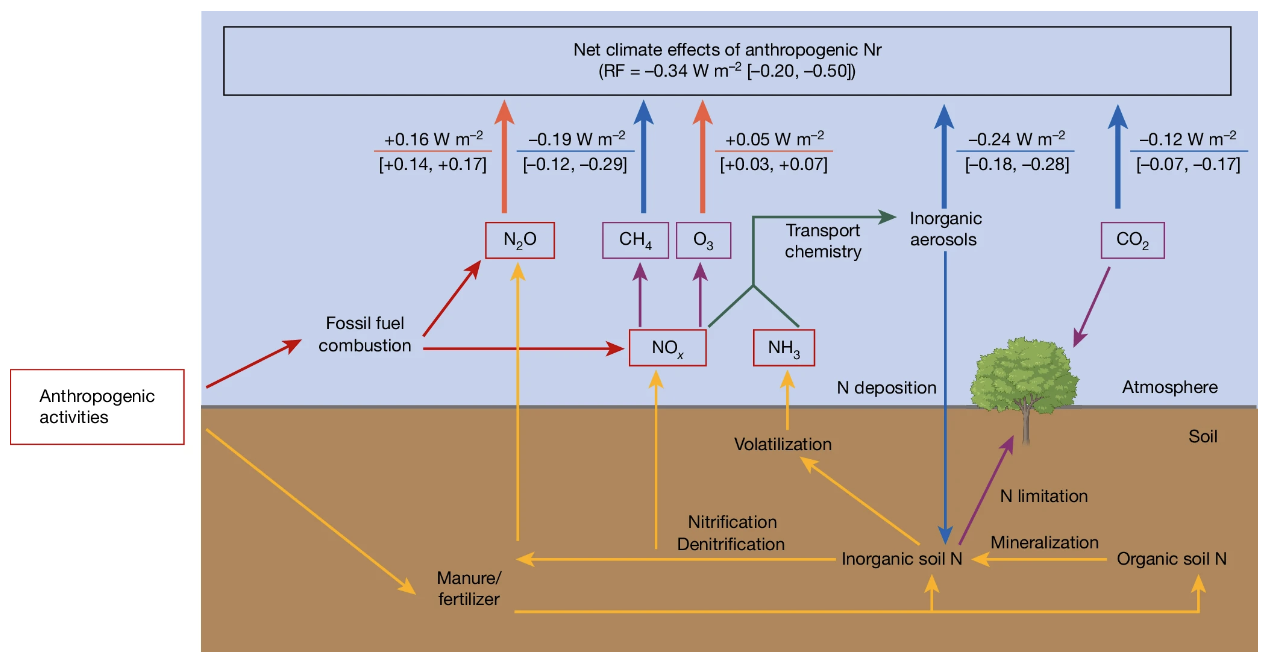
Prof. Hanqin Tian publishes a new paper in Nature that examines the global net climate effect of anthropogenic reactive nitrogen
Nitrogen exists in various forms, each affecting the climate differently. Reactive nitrogen compounds can either warm or cool the climate. For instance, nitrous oxide (N 2 O), a potent greenhouse gas, is emitted from nitrogen-rich soils and fossil fuel combustion, significantly contributing to warming. Conversely, nitrogen oxides (NOx) and ammonia (NH 3 ), primarily from fossil fuels and fertilizers, cool the climate by forming fine particles that shield sunlight and by promoting plant growth, which absorbs carbon dioxide (CO 2 ). This comprehensive study assesses the climate effects of nitrogen emissions from fertilizers, animal manure, and fossil fuels, revealing that while nitrogen compounds contribute to environmental harm, they also produce a net cooling effect on the climate. The research highlights the complex interplay between different forms of nitrogen and their climate impacts. While nitrogen emissions may have mitigated some warming, they pollute the air and drinking water, lead to excessive nutrient enrichment in water and soil, decrease biodiversity, and harm the ozone layer. The researcher emphasizes that reducing nitrogen pollution is crucial but should be complemented by stronger efforts to cut greenhouse gas emissions from fossil fuels. Improved agricultural practices and reduced nitrogen inputs can benefit both the environment and climate, but tackling greenhouse gases remains essential for effective climate change mitigation.
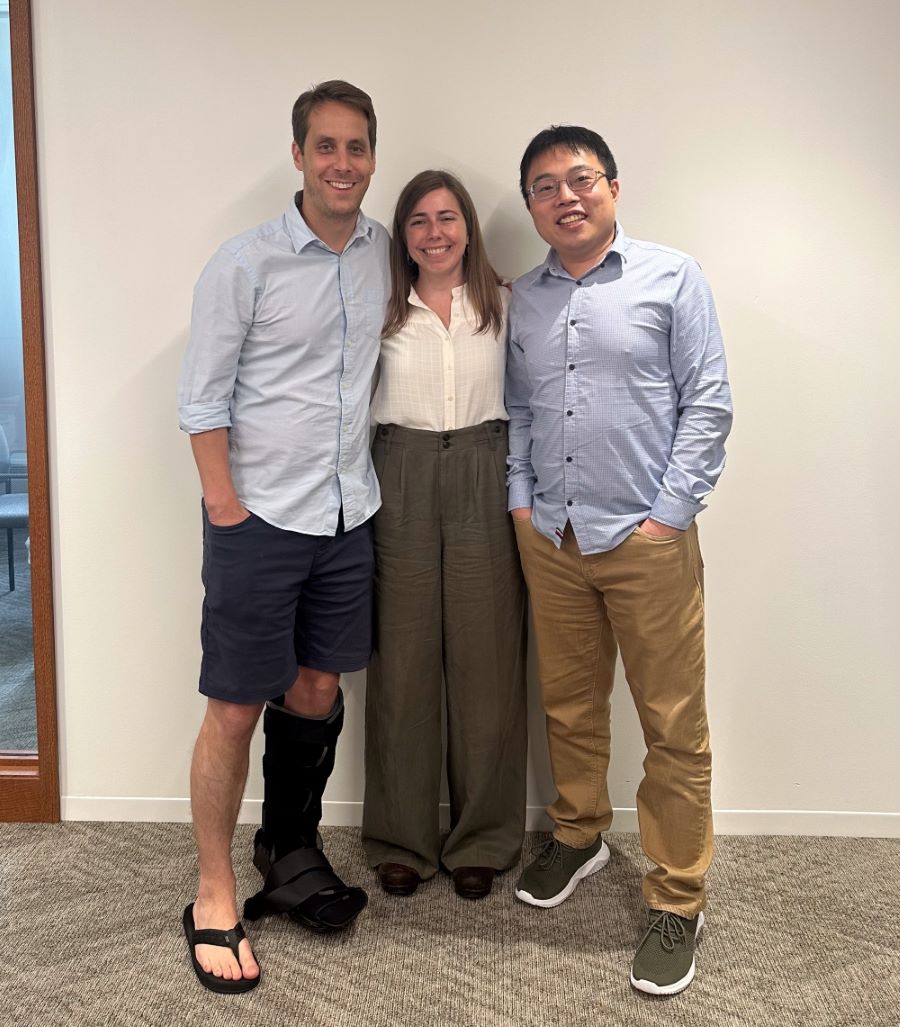
Earth and Environmental Sciences Department has its first PhD defense with Danielle LeBlanc
LeBlanc is now the first person to complete their doctorate in Earth and Environmental Sciences at Boston College. Danielle joined the PhD program when it started in the academic year of 2020-2021. Since then, she has published a lead-author paper in Geology and perspectives piece in Nature Reviews, Earth and Environment. She also helped lead the writing of a funded NSF proposal with Prof. Jeremy Shakun in 2021. On July 25, Danielle passed her defense on “Reconstructing Pleistocene North Atlantic ice sheet and nutrient cycling dynamics using a multi-proxy approach” which described the whole scope of her PhD research. She starts as a postdoc, funded by the NSF Office of Polar Programs, at WHOI in the fall. Congratulations Danielle!
In the picture: LeBlanc and her co-advisors Jeremy Shakun and Tony Wang.
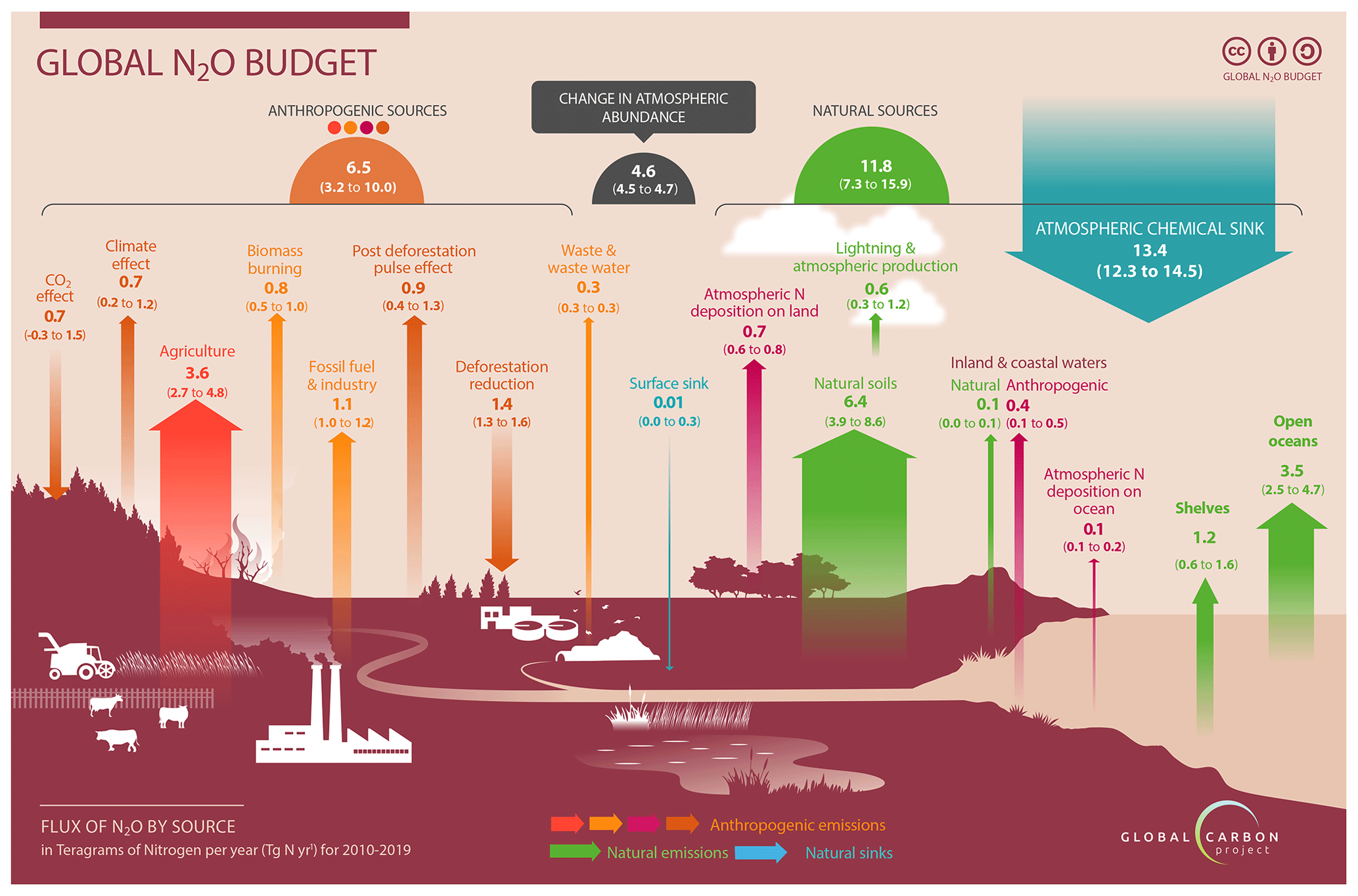
A New Report led by Hanqin Tian Finds Human-Driven Nitrous Oxide Emissions Soared 40 Percent from 1980-2020
The new report, led by EESC professor and director of the Center for Earth System Science and Global Sustainability Hanqin Tian for the Global Carbon Project, reveals that human-caused emissions of nitrous oxide, a potent greenhouse gas and ozone-depleting substance, increased 40 percent from 1980 to 2020, with agriculture contributing approximately three quarters to the increased emissions. Recent atmospheric nitrous oxide concentrations have surpassed projected levels across all IPCC scenarios, highlighting the critical need to reduce anthropogenic emissions. Improved agricultural practices that limit the use of nitrogen fertilizers and animal waste are vital for tackling climate change and reducing air and water pollution.
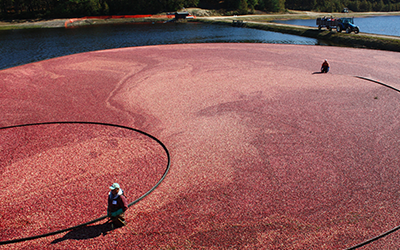
BC Interdisciplinary Research Team Publishes Paper on Climate Change and Its Impacts in Cranberry Production
The paper titled "The enduring nature of cranberry production in a changing climate: The interplay of extreme weather, knowledge networks, and adaptation" was published in the open-access journal PLOS CLIMATE. The co-authors of the paper are Tara Pisani Gareau, Professor of the Practice in Earth and Environment Sciences; Lijing Gao, Post Doctoral Researcher in Sociology; and Brian Gareau, Professor of Sociology.
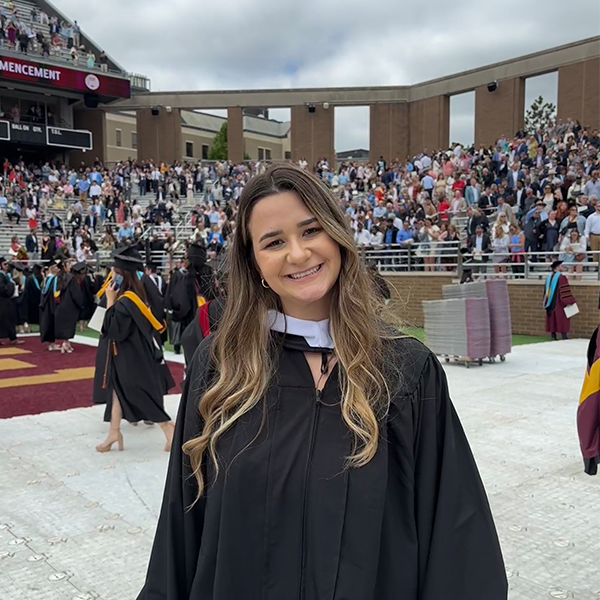
Amanda Aiello-Dapper Wins Two Woods College Awards
Department administrative assistant extraordinaire Amanda Aiello-Dapper graduated with her B.A. in Communications from the Woods College of Advancing Studies. Because of her outstanding academic record, she received both the Commencement and Richard Lombard awards. For the latter, she gave a speech at the Woods College diploma ceremony. Amanda is continuing her studies in the Woods College in the fall, entering the M.S. in Leadership program. Congratulations, Amanda!
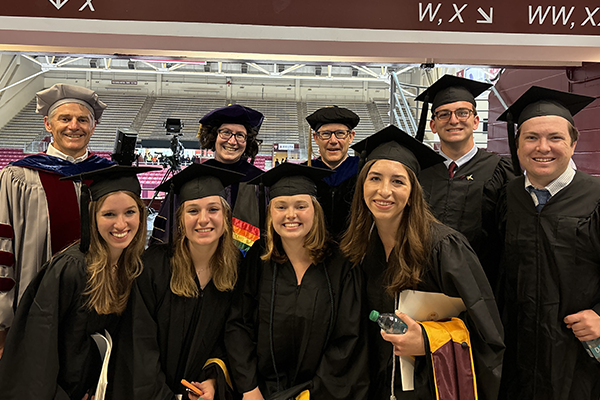
Congratulations, seniors!
At the University Commencement ceremony on May 20th, fourteen EESC majors graduated, and two Master's students were formally awarded their degrees. Keep in touch, Eagles!
In the picture: Six seniors and three professors in Conte Forum moments before the ceremony began.
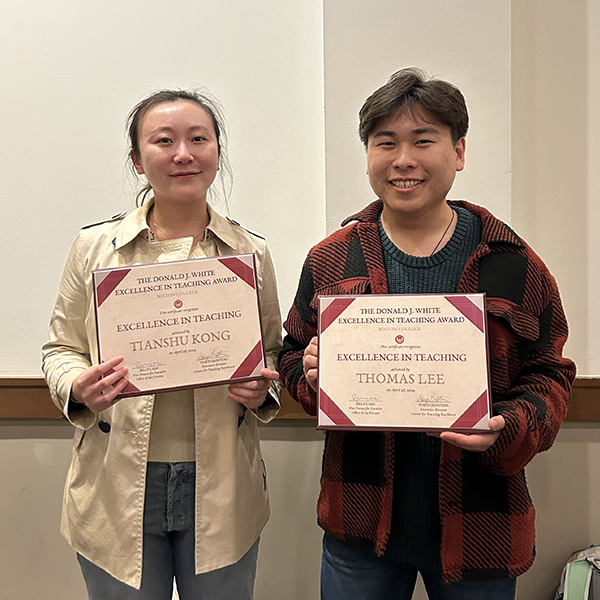
Ph.D. candidate Tinshu Kong and MS Graduate Thomas Lee received the 2024 Donald J. White Teaching Excellence Award
The Donald J. White Teaching Excellence Awards program was created to emphasize and support the pursuit of teaching excellence among graduate Teaching Fellows and Teaching Assistants at Boston College. This year, Tianshu Kong and Thomas Lee, both EESC graduate students, were recognized and received the award! Congratulations to Tianshu and Thomas for their outstanding work and dedication to teaching at Boston College. Thank you for all of your hard work and dedication!
EESC and ENVS Program Co-Host Movie Screening
On April 18th, as part of Earth Day week activities, the Department of Earth and Environmental Sciences and the Environmental Studies program co-hosted a movie screening of "Inundation District." The feature-length film explores the implications of one city’s building a new waterfront district. Director David Abel participated in a post-movie discussion panel with Carling Hay - Director of Climate and Social Impact Analytics, ICE Data Services, and Yi Ming, EESC professor.
.jpg)
Department Chair Noah Snyder participates in Clough Center Spring Symposium
On March 14, 2024, EESC Department Chair and Professor Noah Snyder participated in the “The Changing Nature of Place” discussion, alongside Madeline Ostrander, Journalist and Author of At Home on an Unruly Planet (2022). In her book, Ostrander reflects on the climate crisis not as an abstract scientific or political problem but as a palpable force that affects all at home. The theme of the two-day event was Attachment to Place in a World of Nations.
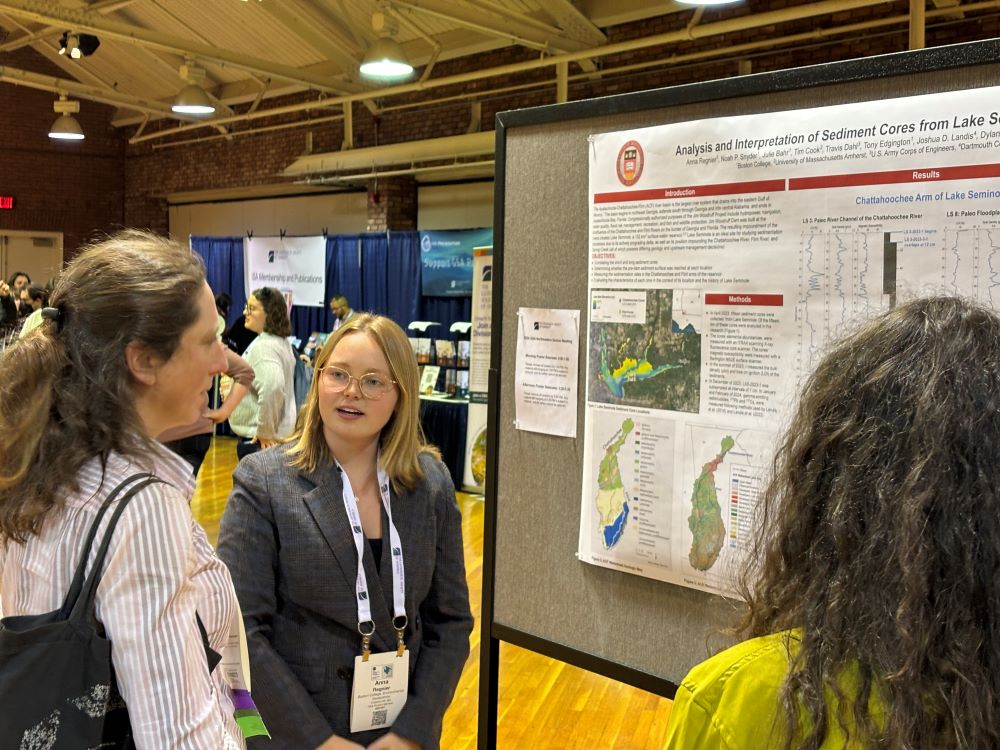
Faculty and students present their research in the GSA Northeastern Section Meeting
Ten undergraduate students from the Senior Research Seminar (EESC5583-5595) class presented their year-long research projects and shared their research through poster presentations alongside three graduate students. The conference took place in Manchester, NH, from March 17-19. In addition, EESC graduate students Dylan Seal, Kyra Croft, and Prof. John Ebel alongside ESSC alumnus Mike Armstrong gave oral presentations.
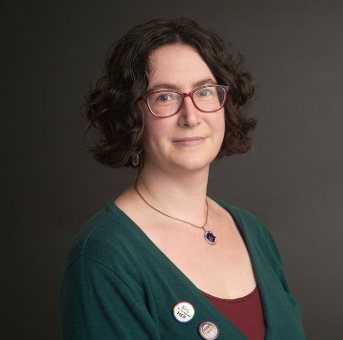
Prof. Hilary Palevsky wins award of nearly $1 million in National Science Foundation CAREER
One of the NSF's most prestigious awards, supporting early-career scientists, will assist Palevsky’s continuous work in accessible and accurate remote ocean monitoring data. Additionally, it will fund the production of educational videos to guide students using the data and support an EESC graduate student to sail on one of OOI's month-long research expeditions to the North Atlantic Ocean, aiding in maintaining remote sensors and gathering data.
Read the full article HERE
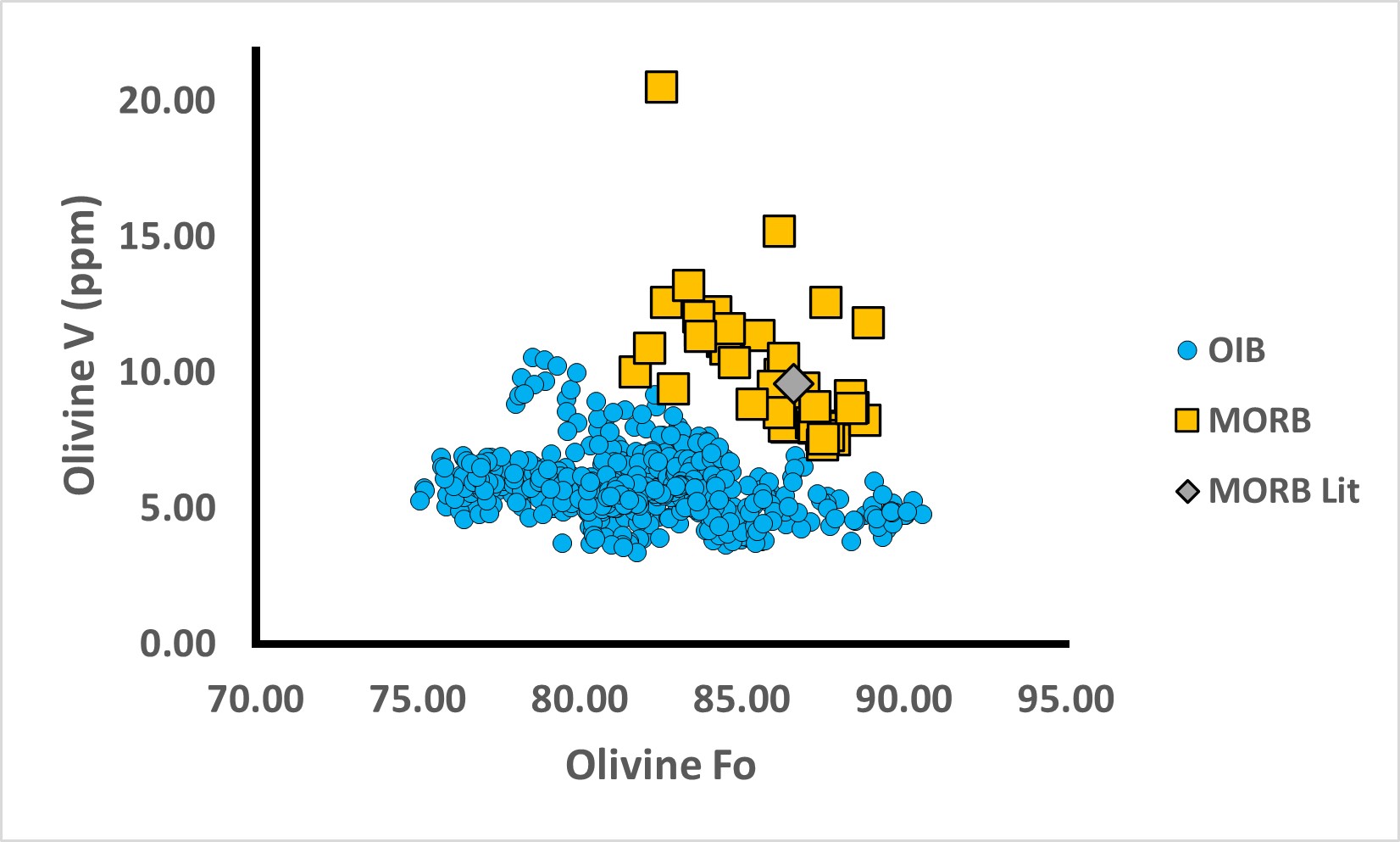
Postdoctoral Researcher Robert Nicklas and Prof. Ethan Baxter Publish a Paper on Two Different Methods for Evaluating the Oxidation State of Mid-ocean Ridge Basalts
A recently published paper, co-authored by EESC Postdoctoral Researcher Robert Nicklas and Prof. Ethan Baxter finds that mid-ocean ridge basalts may have their oxidation state evaluated using either the laborious Fe-XANES synchrotron spectroscopy technique or the much simpler V-in-olivine technique, which Boston College routinely performs in-house to yield equivalent results. This demonstrates that more data on the oxidation state of basalts can be gathered by more institutions using this simpler method.
The paper titled Concordance of V-in-olivine and Fe-XANES oxybarometry methods in mid-ocean ridge basalts, can be found here.
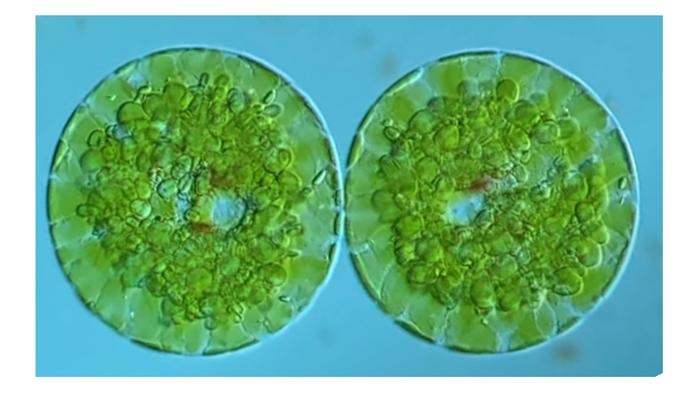
Euglenoid Cysts are Found Linked to 400-Million-Year-Old Microfossils in a Collaborative Study with Prof. Paul Strother
The recently published research paper, Recognition of an extended record of euglenoid cysts: Implications for the end-Triassic mass extinction, puts together the pieces of a 400 million-year-old puzzle by linking together a series of problematic microfossils with their living counterparts, allowing researchers to identify these fossils as resting cysts of unicellular organisms called euglenoids. This research was a collaborative effort among scientists from the US – including EESC faculty member Paul Strother – the Netherlands, Germany, England, and an amateur naturalist/videographer from Australia, Fabian Weston. These microfossils, first described in 1934, persist in the fossil record from the Ordovician (ca. 400 million years ago) to the present day. They have been given completely different names by prior researchers, but, by using Transmission Electron Microscopy (TEM), researchers show that these different microfossils have a unique wall structure that links them together over geologic time. According to Strother, the next stage in this research is to collect some of the recent cysts Weston has observed in New South Wales and see if their wall structure is indeed a match for the ancient microfossils.
You can read more about it at EurekAlert!
Image Description: Eeuglenoid Cysts as filmed by Fabian Weston.
Students, Faculty, and Staff attended the American Geophysical Union Conference in San Francisco and Presented their Research
Twenty EESC department members flew across the country to attend the AGU 23 Fall Meeting during the week of December 11-15. AGU's annual meeting attracts approximately 25,000 attendees from more than 100 countries to share research and foster connections. EESC doctoral students Heather Donnelly and Danielle LeBlanc, alongside faculty member Kat Wilson, delivered oral presentations on their research topics. In addition, fifteen other EESC members and EESC affiliated members shared their research through poster presentations throughout the week.
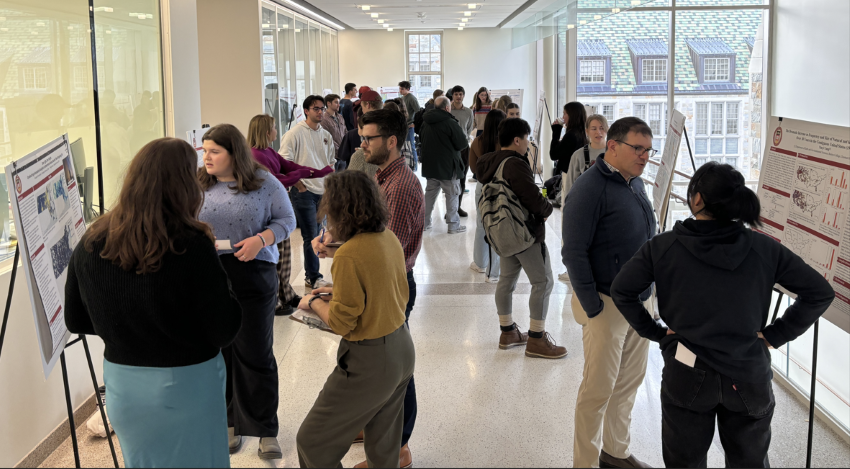
EESC Applications of Geographic Information Systems Class Successfully Hosted Poster Session
On December 6th, the EESC Applications of Geographic Information Systems class successfully hosted a "mini-conference" poster session. The students presented the research they worked on during the Fall semester of 2023. There were 12 posters displayed and we have 21 students in the class. Throughout the second half of the semester, students worked in groups of 1-3 to investigate a spatial issue of interest to them using their acquired GIS analytical skills. Research projects covered a broad range of topics including ecology, environmental justice, natural hazards, renewable energy, and landscape change.
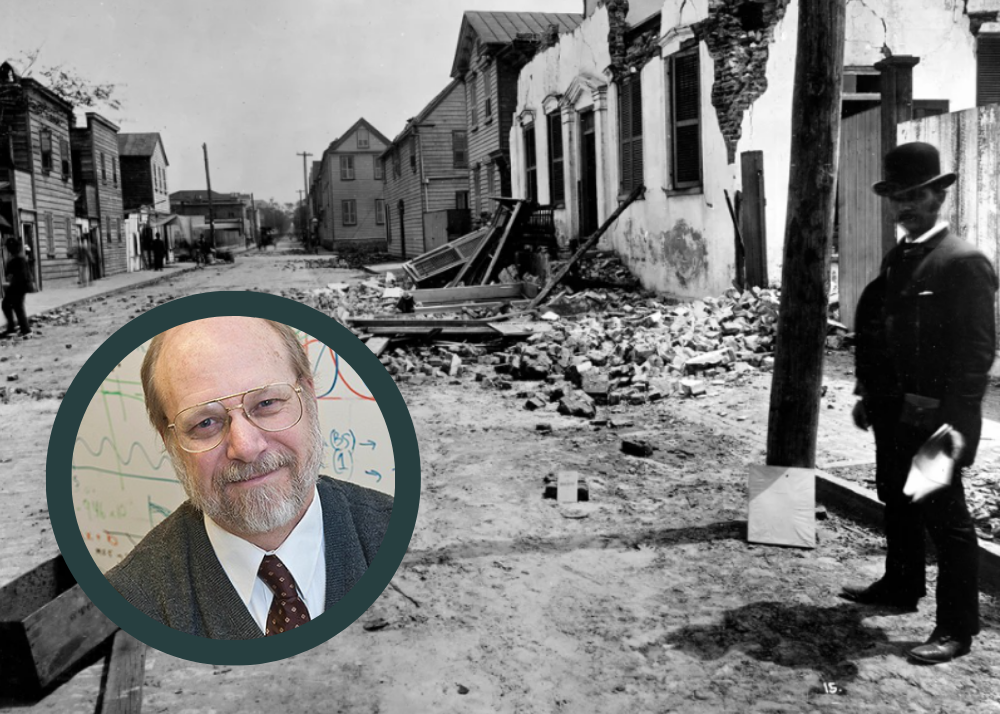
Understanding Earthquake Aftershocks: EESC Professor John Ebel Featured in CNN Article
EESC Professor John Ebel discussed earthquake aftershocks in a recent CNN article. The article reports a recent study published in the Journal of Geophysical Research: Solid Earth, which reports that modern earthquakes in the US could be aftershocks from quakes in the 1800s. Adding to the debate of earthquakes vs. aftershocks, Prof. Ebel suggests seismologists have difficulties agreeing on a definition of aftershocks.
Read more HERE
Image Source: John Karl Hillers/U.S. Geological Survey Library
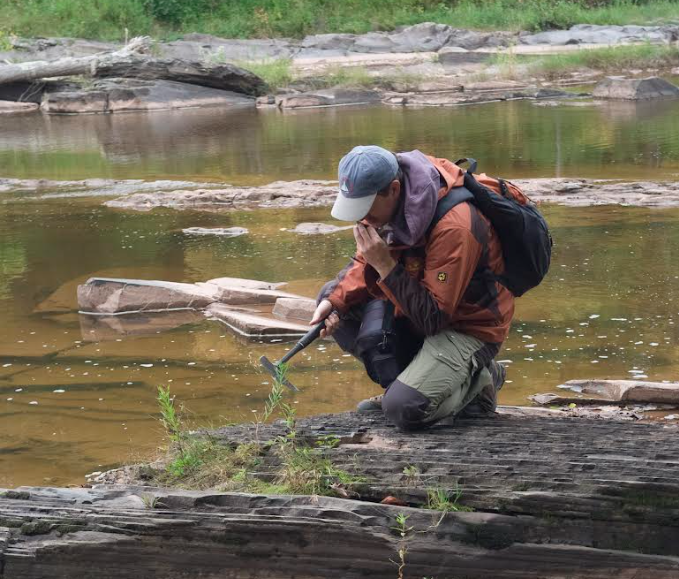
Research Reveals Ancient Freshwater Origins of Early Eukaryote Life: Nonesuch Formation Redefined in Collaborative Study with Prof. Paul Strother
In collaboration with researchers from Sheffield University, Dartmouth, and Berkeley, EESC faculty Paul Strother, conducted a study on fossils from the 1.050 Ga Nonesuch Formation as part of an ongoing NERC project. The Nonesuch Formation, previously considered a tidal deposit, is reinterpreted as a lacustrine deposit in this paper, aligning with a century-old geological perspective. The research contributes to the evolving understanding that early eukaryote life may have originated in terrestrial/freshwater environments before diversifying in marine settings around 850 million years ago. By analyzing core samples for both paleontological and mineralogical data, the study reveals that microfossils inhabited well-oxygenated waters and were preserved under intermediate redox conditions. Strother will continue investigating the biology of early eukaryotes in collaboration with others at Utrecht University during the fall 2023 semester. Additional information on Precambrian life in freshwater lakes can be explored on the Weston Observatory Paleobotany Lab website under the Paleopalynology of the Nonsuch Shale section.
In the Picture: Prof. van de Schootbrugge from Utrecht smells a petroliferous sample of the Nonesuch from an outcrop along the Big Iron River, Upper Peninsula, Michigan, 2018.
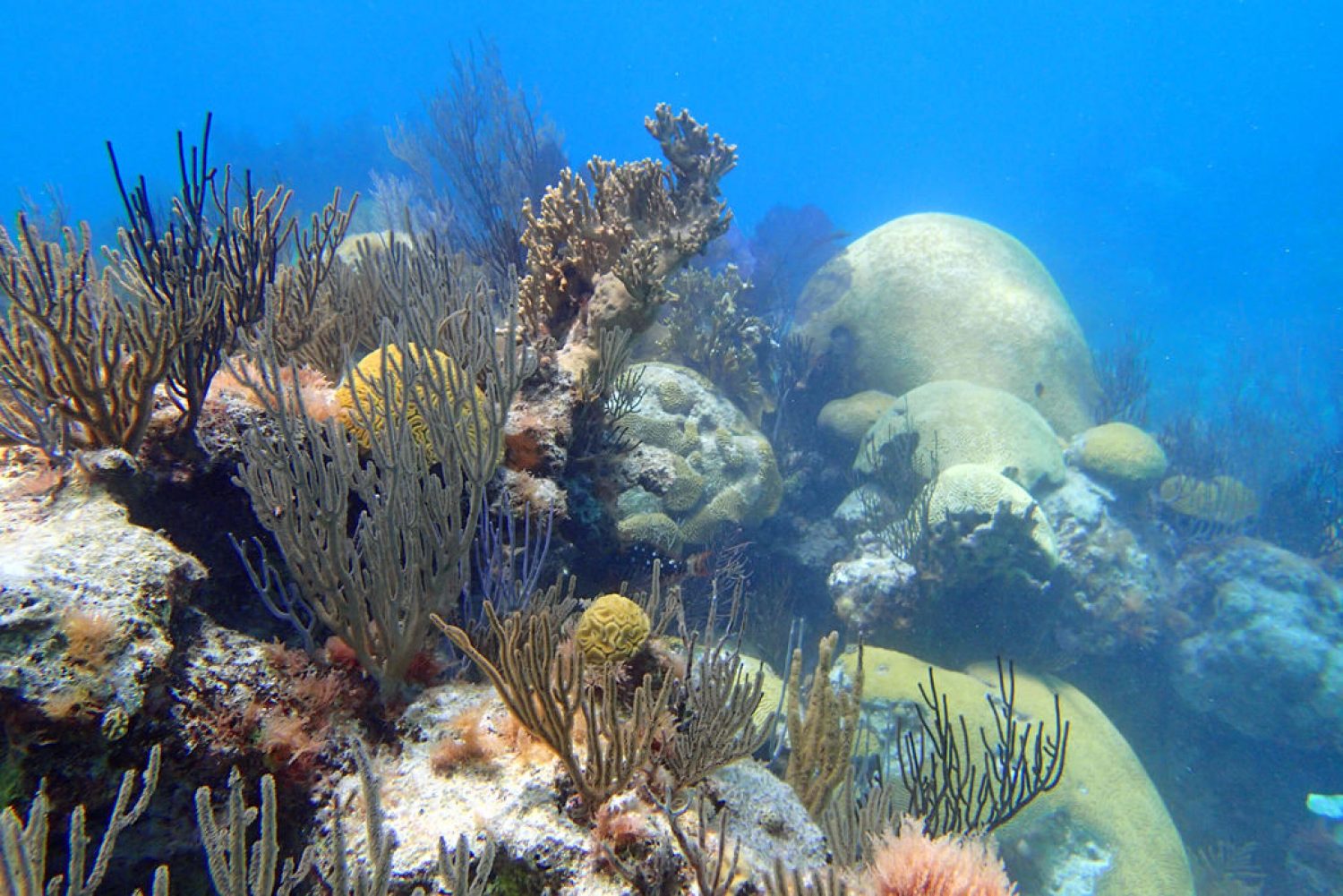
Century-long Coral Shows Increased Tropical South Pacific Western Boundary Current in a New Study Co-Authored by Prof. Xingchen (Tony) Wang
In a recently published research paper co-authored by Professor Xingchen (Tony) Wang in the journal Nature Science, it is revealed that the Pacific Ocean's western boundary current, an important controller of both sea surface temperatures and atmospheric weather patterns, has significantly intensified due to global warming, impacting El Niño. Records drawn from coral samples also showed a pronounced recurring pattern of variable ocean-atmosphere climatic conditions – known as decadal oscillation – indicating that periods of enhanced western boundary current correspond to periods of increased sea surface temperatures in the eastern equatorial Pacific. The coral records also showed a pronounced decadal oscillation, indicating that periods of enhanced western boundary current correspond to periods of increased sea surface temperatures in the eastern equatorial Pacific.
Learn more at BC News.
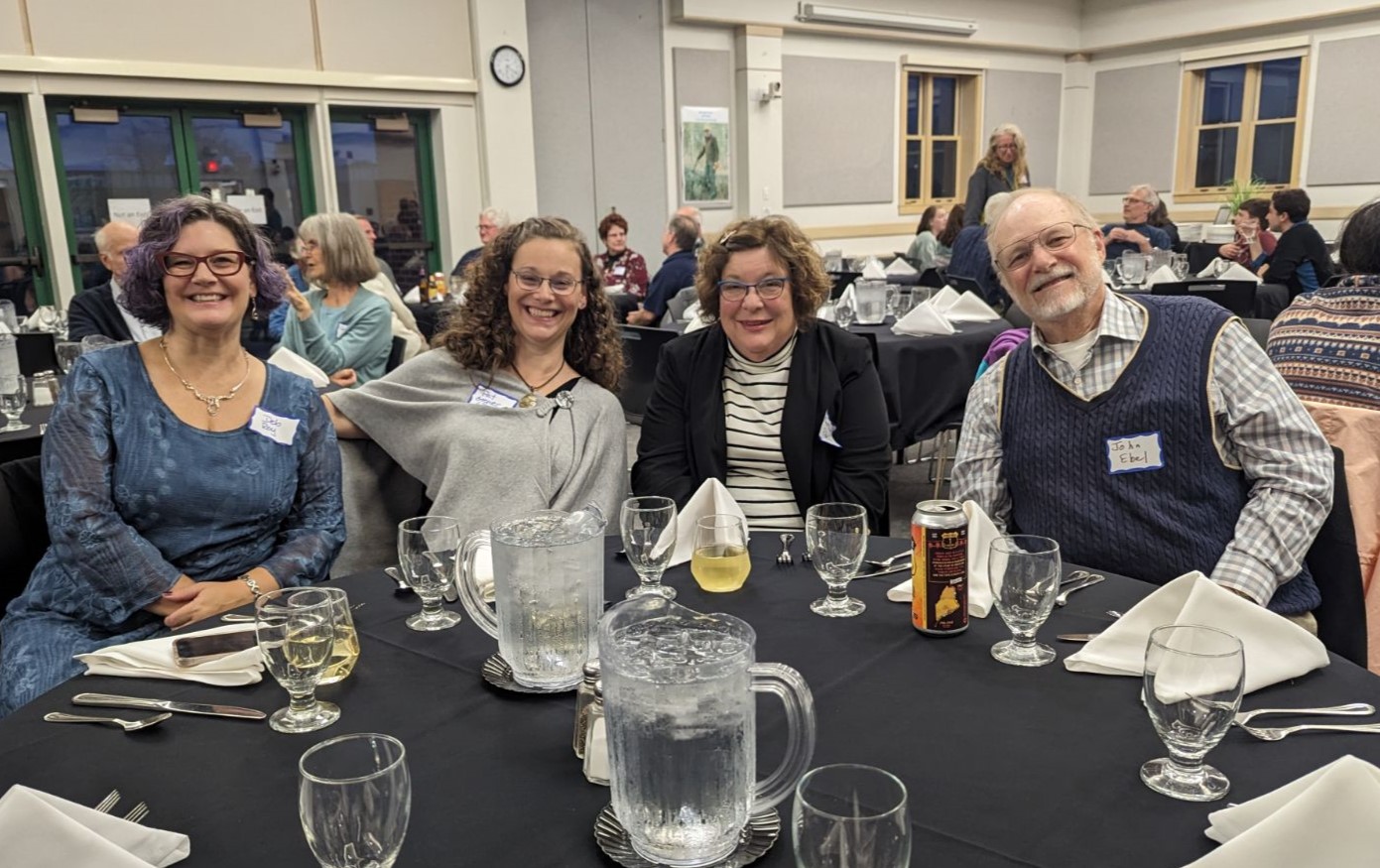
David Chalmer Roy, Former Boston College Geology Professor, Honored at New England Intercollegiate Geological Conference for Contributions
Professor John Ebel attended the New England Intercollegiate Geological Conference, hosted at the University of Maine at Presque Isle, on October 7, 2023. The event honored the northern Maine pioneer geologist David Chalmer Roy (1937-2008) who had an enduring connection with Boston College, where he spent his academic career as a faculty member. David played a pivotal role in mapping and describing geological formations in Maine, leaving a lasting mark on the field. David's passion for geology and his contributions to the scientific community are fondly remembered and celebrated. Professor John Ebel had the privilege of enjoying the evening with David’s daughters Debbie and Patricia.
In the picture: Left to right — Debbie Roy, Patricia (Roy) Grenier, Martha Ebel, and John Ebel
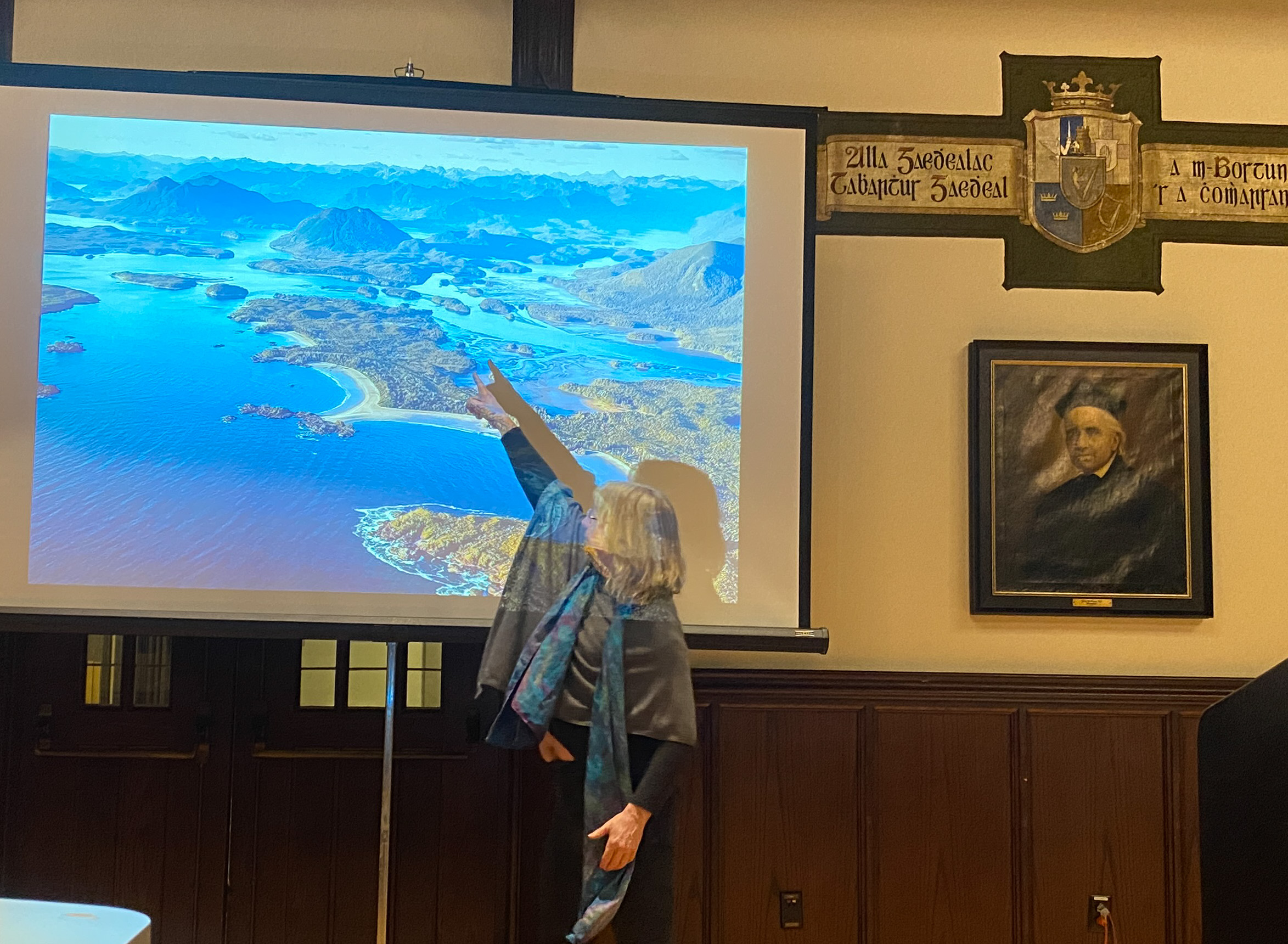
Suzanne Simard Delivers a Lowell Humanities Lecture
On Wednesday, September 27, author and forest ecologist Suzanne Simard spoke in the Lowell Humanities series. During her well-attended lecture Finding the Mother Tree, Prof. Simard emphasized learning from indigenous peoples around the world. About the crises of global change (climate and biodiversity), she closed with three messages: (1) We have everything on Earth to solve the problems we face. (2) There are people all over the world mobilizing. Women's groups in particular are rising up in a variety of places. Change is also happening on the financing end of things. (3) It's going to be hard. There is going to be suffering, but that should not stop us from acting. It's crucial that we slow down the changes to give ecosystems the chance to adapt.
The EESC department, the Environmental Studies Program, and the Schiller Institute co-sponsored the lecture. Professor of the practice Tara Pisani Gareau introduced Prof. Simard.
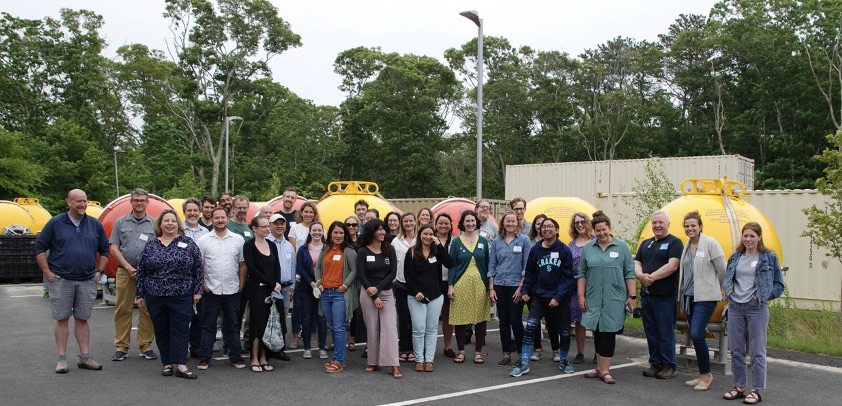
Global Ocean Observing System Endorses Guide on How to Use Data From BGC Sensors
The Global Ocean Observing System (GOOS) recently endorsed a finalized guide on how to use data generated by biogeochemical (BGC) sensors deployed by the Ocean Observatories Initiative (OOI). The OOl Biogeochemical Sensor Data Best Practices and User Guide is intended to provide current and prospective users of data generated by BGC sensors deployed on OOI arrays with the information and guidance needed for them to ensure that the data are science ready.
The guide was created by a 25-member Working Group, with input from 14 Beta Testers who joined the Working Group members for a June 2022 workshop. BC Assistant Professor Hilary Palevsky, together with colleague Dr. Sophie Clayton (National Oceanography Centre, UK), led the Working Group. Postdoctoral Research Fellow Kristen Fogaren co-authored the guide as a member of the Working Group and BC graduate students Meg Yoder and Jose Cuevas both served as Beta Testers.
Professor John Ebel Discusses Earthquake Lights Related to The Morocco Earthquake in The New York Times and The Washington Post
Professor John Ebel, EESC faculty member and senior research scientist at Weston Observatory, shared with The New York Times and The Washington Post his insights on the phenomenon known as Earthquake Lights related to the recent unfortunate Morocco Earthquake. As reported by The New York Times on September 8th, 2023 individuals in Morocco observed unexplained light phenomena in the sky just before a 6.8-magnitude earthquake struck the region. In the articles, Ebel shared that there are historical records of earthquake lights, dating back to the 1700s. For more in-depth information in regards to the phenomena and the earthquake please explore the articles linked above or reach out to Professor Ebel directly for further inquiries.
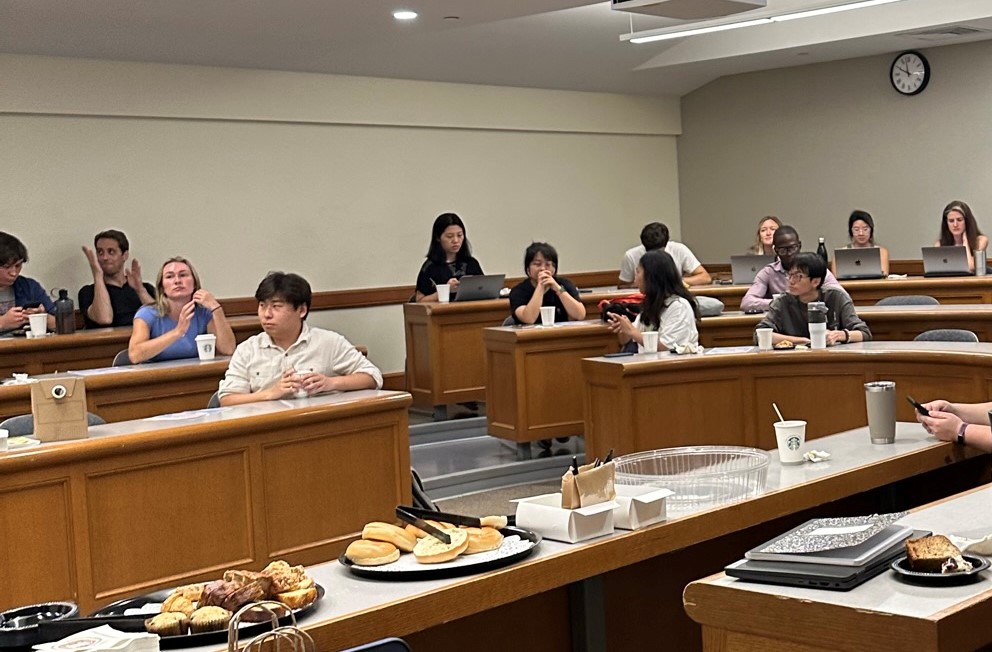
EESC Welcomes 11 New Graduate Students This Fall
On August 24th, the Earth and Environmental Sciences Department (EESC) held its graduate student orientation at Devlin Hall. This fall, the EESC is happy to welcome 11 new graduate students to the program. These students will be joining 13 returning students, making a total of 24 students. This is the largest group of graduate students in the department’s history, signifying the positive trajectory and growth in the academic community.
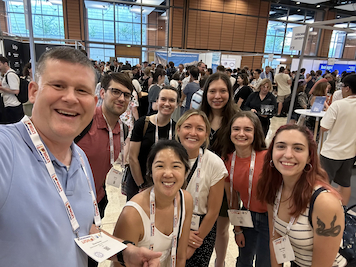
Boston College Students Participate in The Goldschmidt Conference
Earth and Environmental Sciences faculty, staff, and students were representing Boston College at the 2023 Goldschmidt Conference, from July 9th to 14th in Lyon, France, showcasing their research. The conference is an annual meeting of the Geochemical Society and the European Association of Geochemistry.
From left to right: (back) Ethan Baxter, Dylan Seal, Steph Walker, Charlotte Lorthioir; (front) Heather Donnelly, Kameko Landry, Annie Haws, Sky Goliber. Not pictured: Kyra Croft.
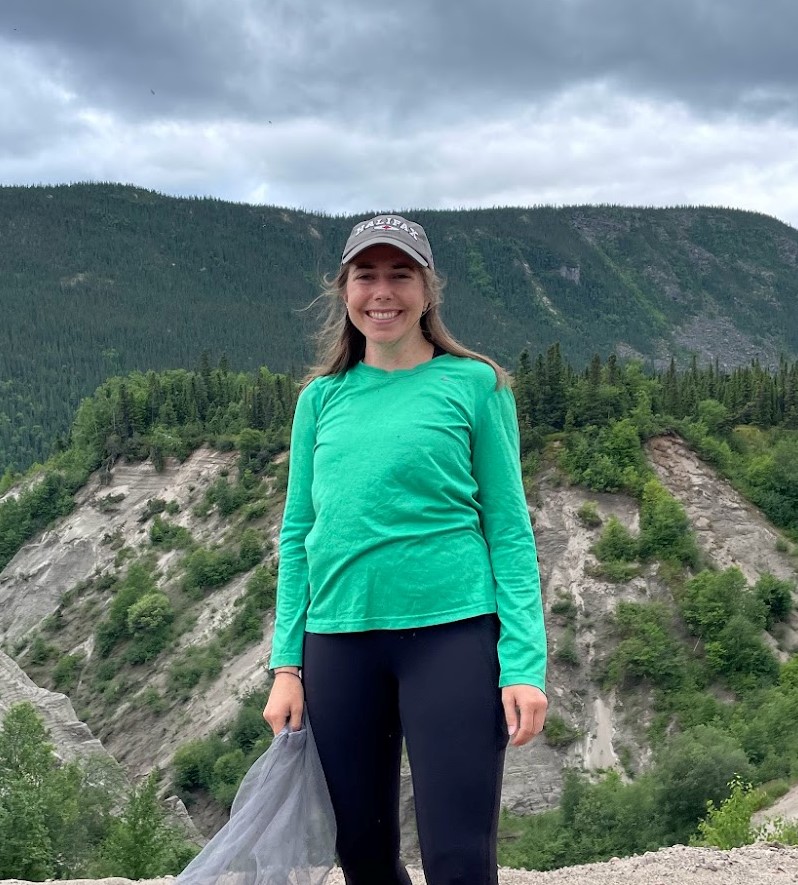
Ph.D. student Danielle LeBlanc publishes a paper finding that the Laurentide Ice Sheet usually survived past interglacials
There is no ice sheet covering North America today, but was that also the case during earlier interglacial periods between ice ages? LeBlanc et al. measured cosmogenic nuclide concentrations in sandy layers on the North Atlantic sea floor to find out. The sand came from icebergs drifting from North America and tracks the history of ice cover there because cosmogenic nuclides are only produced when landscapes are exposed to cosmic radiation. The study, published in Geology, found low nuclide values that preclude ice-free conditions in North America during most warm interglacial periods of the past million years. This finding deepens understanding of ice age cycles and gives longer-term context for the baseline Holocene climate from which modern global warming is departing.
Senior seminar class presents research at SE/NE GSA conference
Ten students from the Senior Environmental Geoscience Research Seminar (EESC5582-5583) class, along with Prof. Noah Snyder and TA Jake Supino went to the 2023 Joint Southeastern & Northeastern Section Meeting of the Geological Society of America in Reston, Virginia on March 17-19. They presented four posters on their year-long field-based research projects at the Seven Mile Island Innovation Lab in southern New Jersey. This research is part of the department's collaboration with the U.S. Army Corps of Engineers.
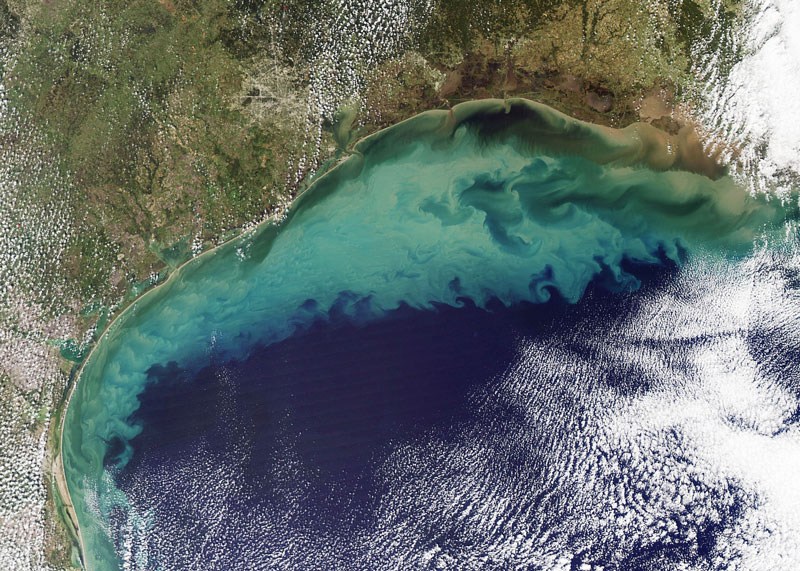
Prof. Xingchen (Tony) Wang publishes a new paper on the origins of ocean 'dead zones'
Oxygen-starved ocean “dead zones,” where fish and animals cannot survive, have been expanding in the open ocean and coastal waters for several decades as a result of human agricultural and industrial activity. Trying to predict the scale and location of future dead zones, scientists have looked to the past for historical clues. A new paper published in Proceedings of the National Academy of Sciences, reported that today's largest open ocean dead zone, located in the eastern Pacific Ocean, emerged 8 million years ago as a result of increasing nutrient content in the ocean. This work was led by Prof. Xingchen (Tony) Wang. Please visit BC News for more information.

Research Assistant Stevie Walker publishes paper in the Journal of Water and Climate Change
Class of 2021 Environmental Geoscience major Stevie Walker has published their first paper, "Future temperature and salinity in Puget Sound, Washington State, under CMIP6 climate change scenarios" in the Journal of Water and Climate Change. Their high resolution projections of temperature and salinity will be incorporated into the Puget Sound Atlantis ecosystem model, which will help with decisions about salmon and orca conservation management! Stevie started this project their junior year during an internship at the NOAA Northwest Fisheries Science Center as part of the Ernest F. Hollings Scholarship Program. Since graduation, Stevie has continued working with CMIP6 models in Hilary Palevsky's Marine Biogeochemistry Lab. Check out the paper here: https://doi.org/10.2166/wcc.2022.282

Jim LeNoir (MS, 2019) and others use lake cores to study 12,000 years of landscape evolution in New Hampshire
Jim LeNoir, Tim Cook (from UMass-Amherst) and Noah Snyder are the authors on a new paper published in Quaternary Research titled "12,000 years of landscape evolution in the southern White Mountains, New Hampshire, as recorded in Ossipee Lake sediments." The project was LeNoir's MS thesis, completed in 2019. They paired sonar observations with analyses of sediment cores to interpret a 12,000+ yr record of lake sedimentation in terms of changes in sediment yield and landscape evolution. Despite evidence for a highly dynamic landscape and an abundance of unconsolidated glacial-age surface deposits throughout the watershed, they interpreted a modest erosional impact from anthropogenic land use.
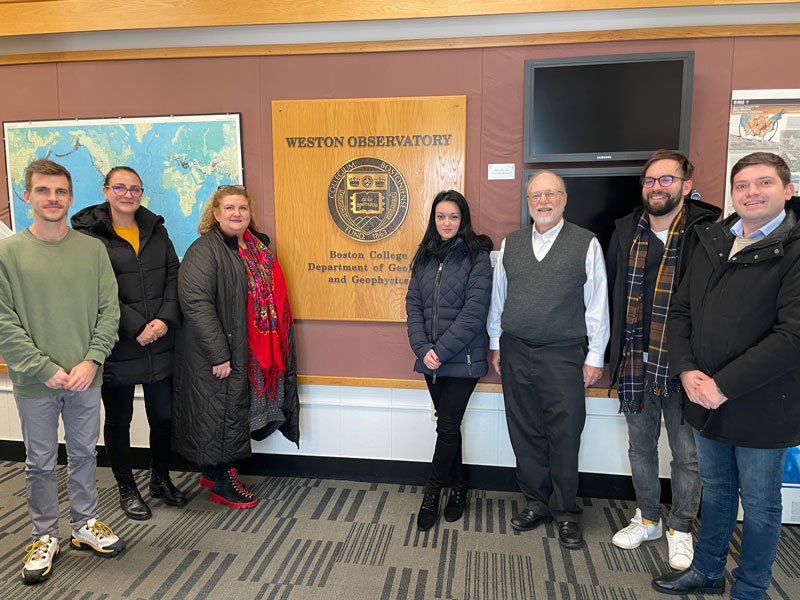
Romanian Disaster Preparedness Team Visits Weston Observatory
On November 14, 2022 a Disaster Preparedness Team from Romanian visited Weston Observatory to learn more about earthquakes and earthquake disaster preparedness in New England. John Ebel, Senior Research Scientist at Weston Observatory and Professor of Geophysics at Boston College, hosted the team. The visit was coordinated by Friends Forever International and the Congressional Office for International Leadership.

Prof. Baxter Launches Season 3 of "Every Rock Has A Story" on YouTube
"Every Rock Has A Story" is an educational YouTube series for kids (and anyone who loves the Earth!) featuring different rocks and the stories they tell about the Earth and our place in it. Created in 2020 in a makeshift studio at home, this season (funded by an IGNITE grant from BC) Prof. Baxter and his team take their cameras on the road, filming diverse co-hosts in the lab and the field. Co-hosts help children to see themselves as scientists. Look for episodes throughout New England, California, Yellowstone Natl Park, and even the Grand Canyon. Find it all on Ethan's YouTube Channel. The first episode posted on Sept 8th and was featured in this WTNH Connecticut news story. Please watch and share with parents, teachers, and kids you know.
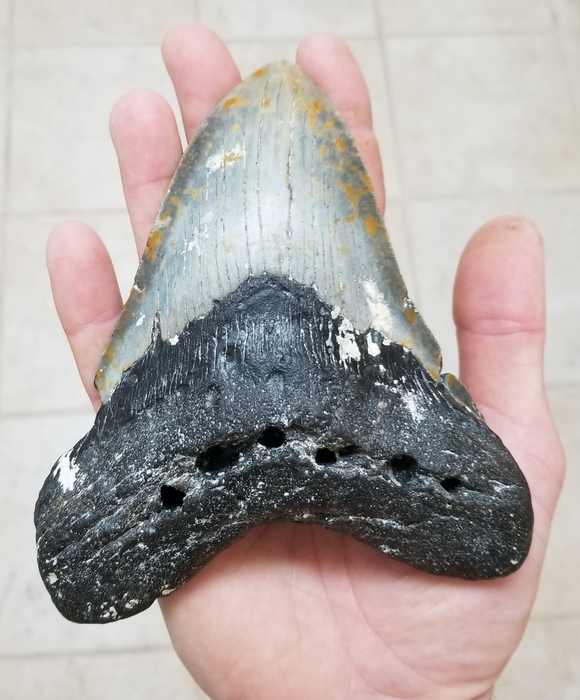
Prof. Xingchen (Tony) Wang coauthors a new paper on the diet of Megalodon
While the oceans are now safe from the Megatooth sharks, which went extinct an estimated 3.5 million years ago, Otodus megalodon has been revealed by new research to have occupied a higher position on the food chain—known as its trophic level—than any other ocean predator, living or extinct. That puts Megatooth, and probably some of its ancestors, at the top step of the prehistoric food chain when it stalked the seas during the Cenozoic era according to findings published in the journal Science Advances by a team that included Prof. Xingchen (Tony) Wang. Please visit BC News for more information.

Introducing New Assistant Professor, Kathleen Wilson
We are pleased to announce the hiring of Dr. Kathleen Wilson. Kathleen will join the department on Jan 1, 2023 as a tenure-track assistant professor. She is a quantitative geomorphologist and sedimentologist who uses field investigations, remote sensing, and numerical models to explore coastal landscape evolution. Her research seeks to identify connections among sediment transport via hydrodynamic and aeolian processes, and larger-scale climatic controls on coastal geomorphology. Some past and present research themes include morphodynamic feedbacks and connections in surface processes across modern to Pleistocene coastal systems, and coastal hazards from tropical and extra-tropical cyclones and sea level rise. Kathleen is further interested in coastal management and resilience through interdisciplinary decision-support strategies. We look forward to welcoming Dr. Kathleen Wilson to our department in the coming academic year!
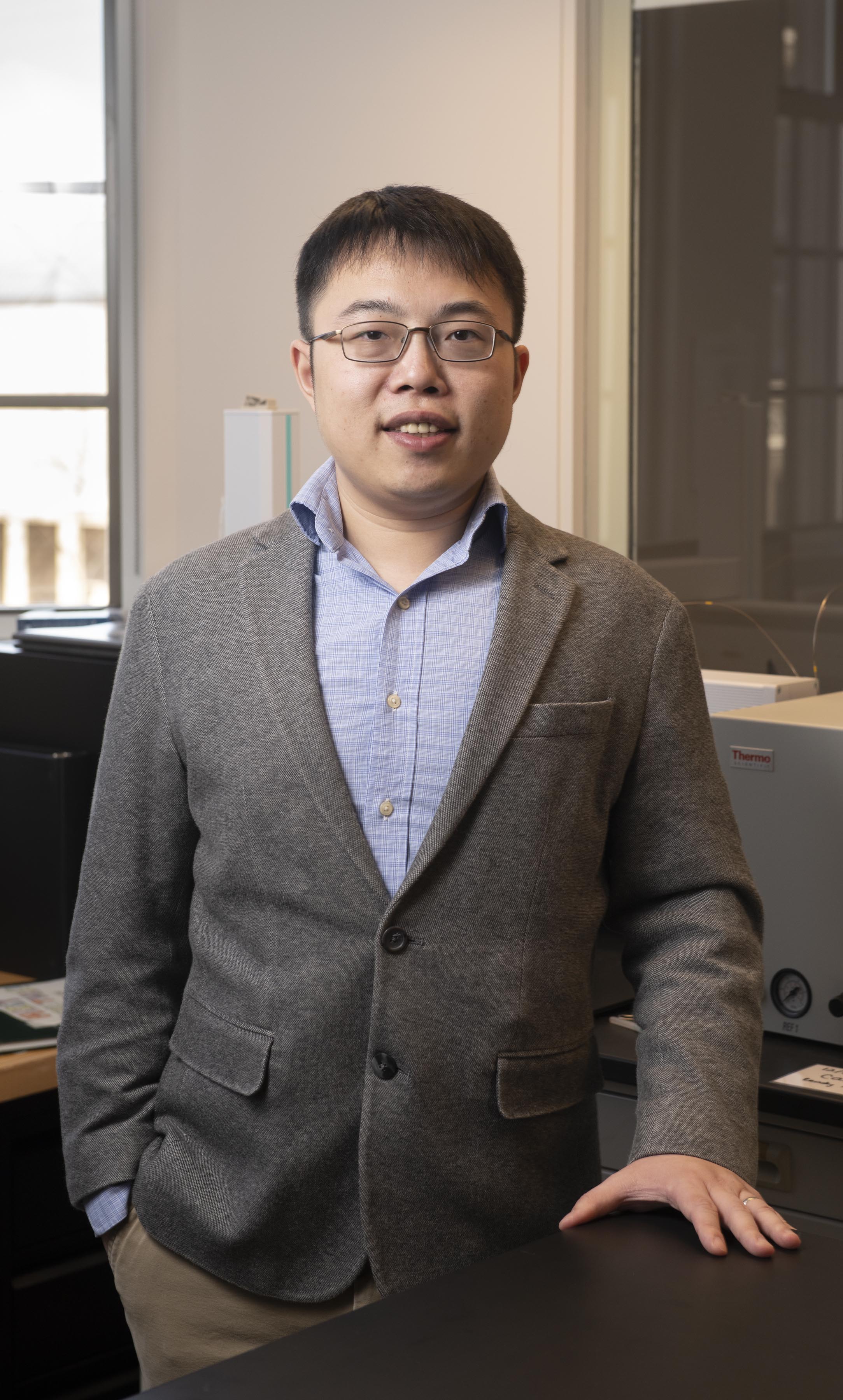
Prof. Xingchen (Tony) Wang receives a NSF Award to study the nitrogen cycle dynamics on the Amundsen Sea continental margin
The continental shelf of Antarctica is a dynamic and often biologically productive polar environment, with global importance for ocean circulation, nutrient and carbon cycling. Due to its high latitude location and the impacts of the proximal Antarctic ice sheet, the Antarctic continental shelf stands to change quickly under ongoing global warming. Yet the natural state of the Antarctic continental shelf is poorly known. With the support from the NSF Chemical Oceanography program, Prof. Wang and collaborators will make new nitrogen isotope measurements on samples that will be collected from the upcoming U.S. GEOTRACES GP17-ANT expedition and determine the major sources and sinks of biological productivity on the the Amundsen Sea shelf. This award will provide $328,355 to Prof. Wang's lab at BC over a 3-year period. Graduate and undergraduate students will be trained through this project. For more information about Prof. Wang's research please visit his website.
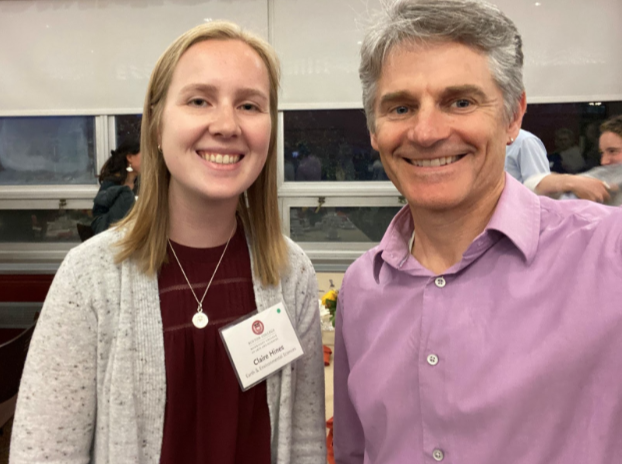
Senior Claire Hines wins the McCarthy Prize for thesis research
Class of 2022 Geological Science and Mathematics major Claire Hines won the McCarthy Prize for the top natural science thesis in the annual Morrissey College of Arts and Sciences Scholar of the College program. Her senior thesis is entitled “Propagation of Base Level Rise Upstream from the Gavins Point Dam, South Dakota and Nebraska, USA.” Claire and advisor Noah Snyder (pictured here) have been studying reservoir sedimentation processes on the Missouri River as part of the department’s new project with the U.S. Army Corps of Engineers. Claire will be starting the M.S. program at Penn State in the fall.
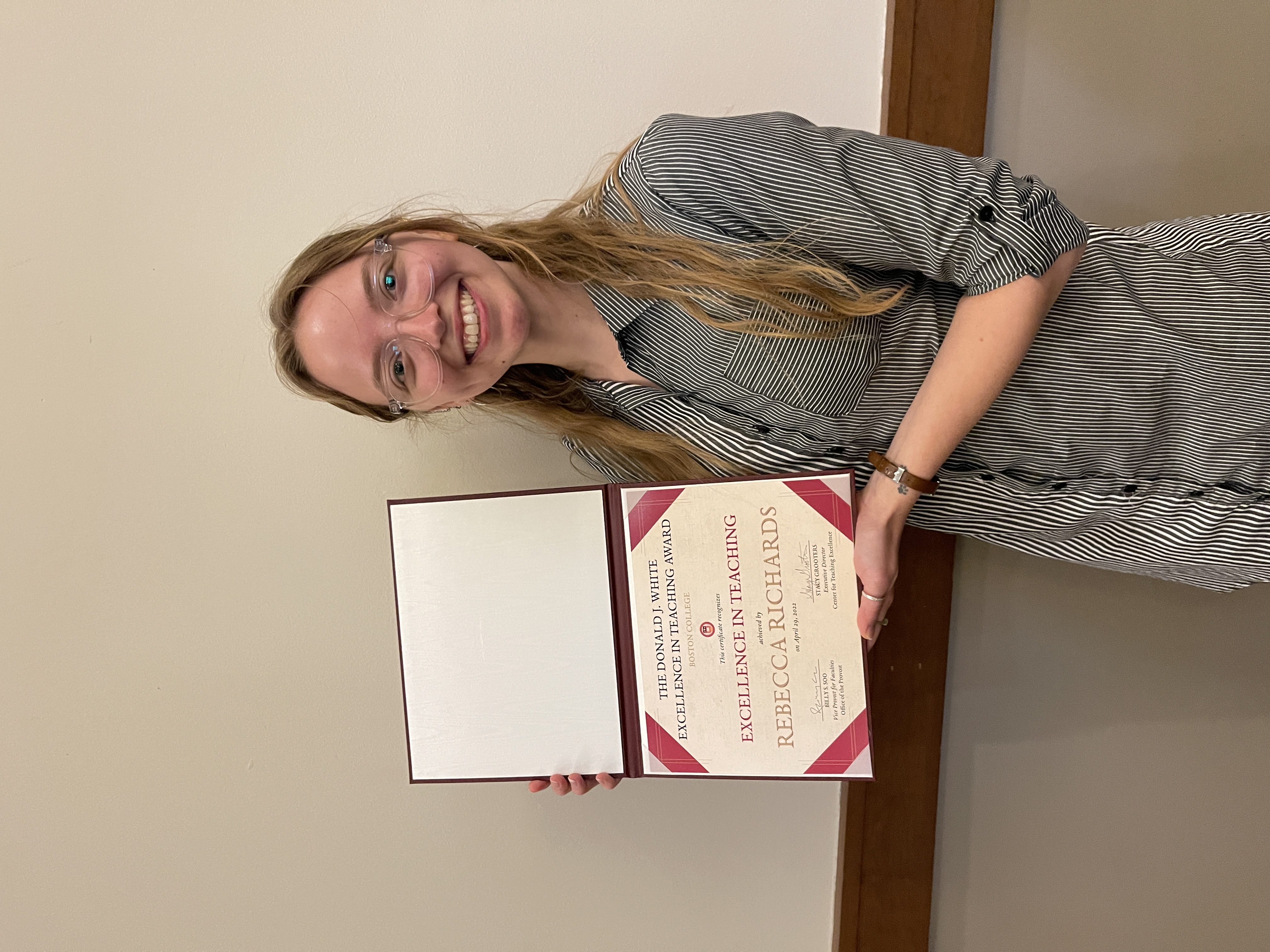
MS student Rebecca Richards receives 2022 Donald J. White Teaching Excellence Award
The Donald J. White Teaching Excellence Awards program was established to underscore and reinforce the pursuit of teaching excellence among graduate Teaching Fellows and Teaching Assistants at Boston College. They are named in honor of former Dean of the Morrissey Graduate School of Arts and Sciences, Donald J. White, who served from 1971 to 1994, and displayed a deep commitment both to graduate students and to teaching excellence across the School. We are pleased to announce that Rebecca Richards - a second year masters student in the EESC graduate program - was one of the recipients of this year's award! Congratulations, Rebecca, and thank you for all of your hard work and dedication to teaching at Boston College, and particularly within our department!
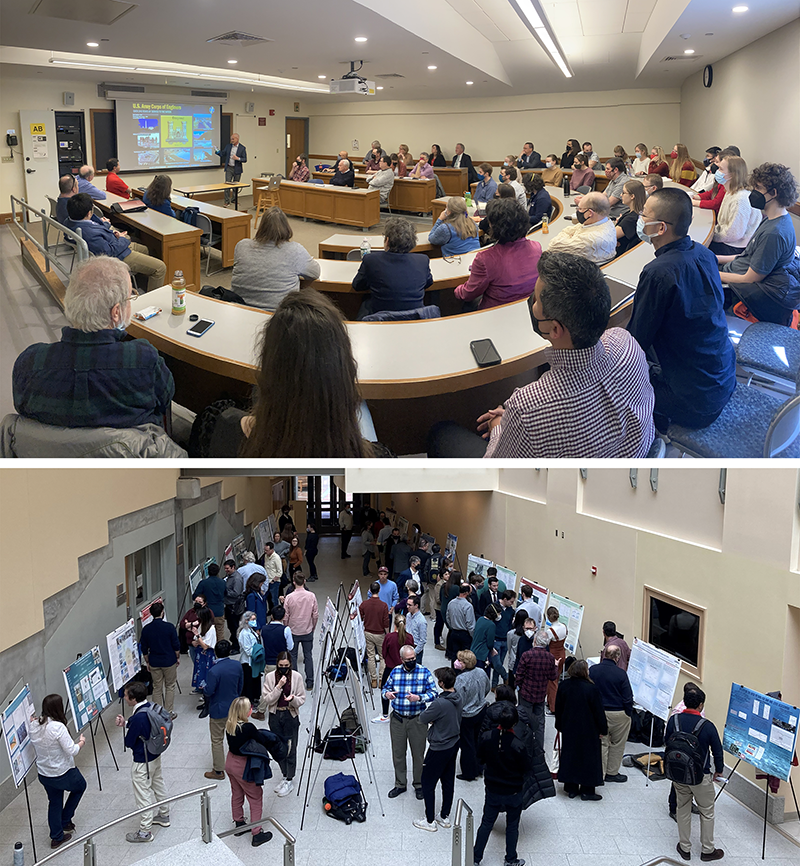
E&ES Hosts US Army Corps of Engineers for 2-Day Workshop
The Department hosted members from the USACE ERDC Laboratory on March 28-29, 2022. The meeting was attended by over 50 people who have been actively engaged in a major 6.2M collaborative project between BC and ERDC to study the evolution and stability of the nation’s coastlines and inland waterways. This included 19 visitors from ERDC Lab and The Wetlands Institute, and faculty and students from the Department of Earth and Environmental Sciences. The workshop included a poster session, presentations by ERDC scientists, E&ES lab tours, breakout science group discussions, and introductions of ERDC scientists to other BC faculty across the University including Chemistry, Physics, Biology, Psychology, Engineering, Computer Sciences, History, Education, Environmental Studies, and the Schiller Institute for Integrated Science and Society. The event was a great success in furthering the existing research collaboration as well as exploring new collaborative opportunities across campus.
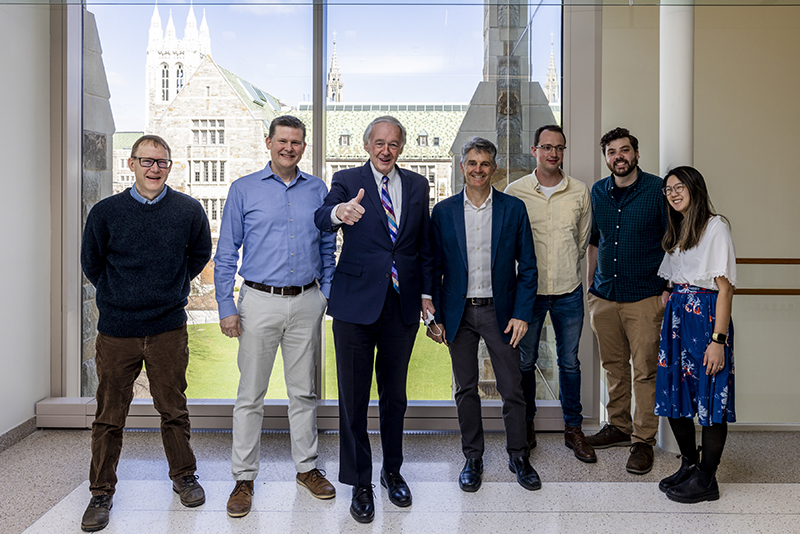
Senator Markey visits EES Department to Announce New Collaboration with US Army Corps of Engineers
The U.S. Army Corps of Engineers has awarded a team of researchers from our department a four-year, $6.2-million grant to study water quality and sediment transport in watersheds and along coastlines of the United States, U.S. Senator Edward Markey announced at a campus event on March 28. The project establishes a collaboration between BC and the Engineer Research and Development Center of the U.S. Army Corps of Engineers. The project will monitor and simulate the evolution of coastlines, rivers, and related habitats in response to natural and human forced events such as deglaciation, sea-level rise, climate change, nutrient runoff, sediment placement operations, and the construction of dams, levees and other structures. Sedimentological, geophysical, and geochemical analyses will be integrated into numerical models designed to understand the evolution of these systems including coastal erosion, subsidence, and water quality. Keep an eye on the department research page for opportunities associated with this project.
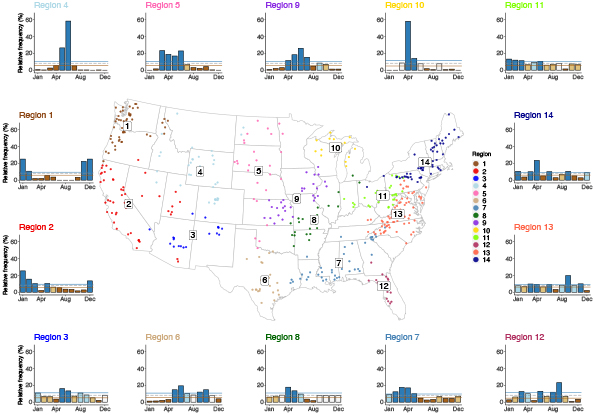
Part-time faculty member Matt Collins coauthors new paper in Water Resources Research with USGS colleagues
The new study, entitled "The Occurrence of Large Floods in the United States in the Modern Hydroclimate Regime: Seasonality, Trends, and Large-Scale Climate Associations", evaluates the occurrence of large river floods across the United States over the last five decades, including the first detailed characterization of their seasonality. The team found little evidence that large floods have become more or less frequent with time, but they did find some regional and national associations between large-flood occurrence and known climate patterns such as the Pacific North American pattern.
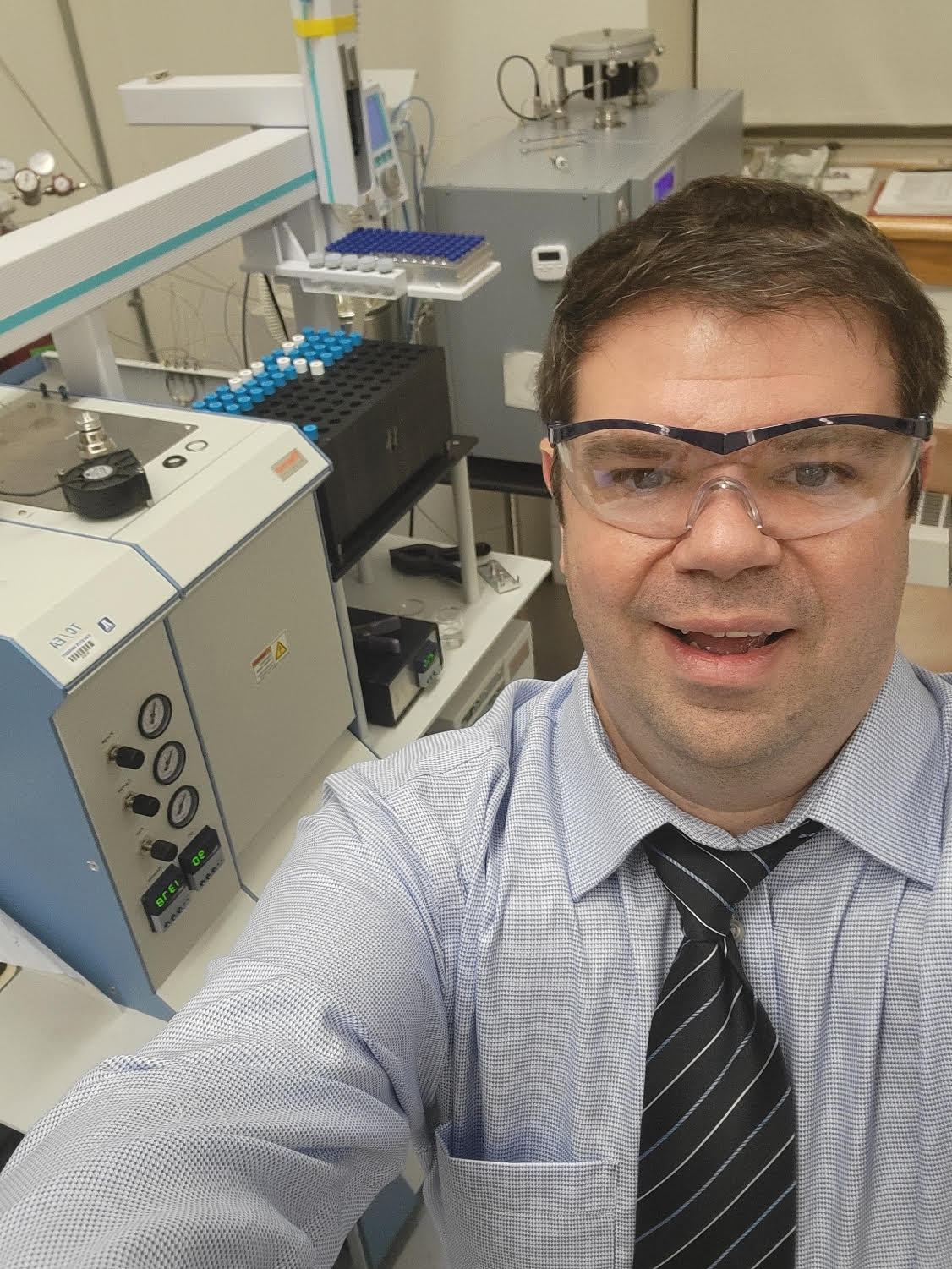
Welcome Andrew Lonero!
Boston College is pleased to welcome Andrew Lonero, the new Assistant Director of the Center for Isotope Geochemistry. Andrew brings years of experience and innovation with IRMS and ICPMS to our growing facilities. The Center's new laser ICPMS and our existing IRMS instrument will be located in a brand new lab in the new Integrated Sciences Building that opened just days ago. Andrew joins the CIG team including Director Dr. Steph Walker, and Earth & Environmental Sciences professors Ethan Baxter, Tony Wang, and Seth Kruckenberg. To learn more about the Center for Isotope Geochemistry click here. Welcome Andrew!
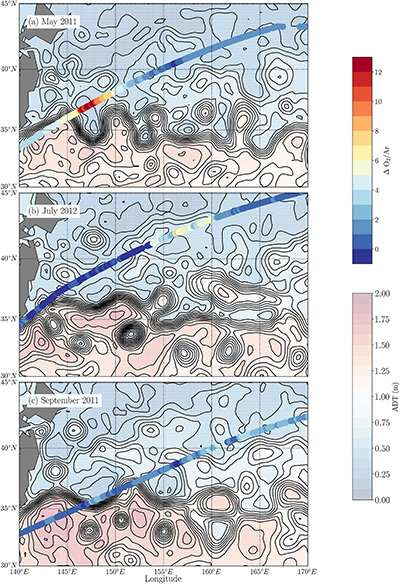
Prof. Hilary Palevsky co-authors a paper on spatial variability in biological productivity in the western North Pacific Ocean
The ocean’s western boundary currents, such as the Kuroshio Extension in the western North Pacific, are physically and biogeochemically dynamic systems that play an important role in marine carbon cycling but are difficult to study because of their strong spatial and temporal variability. In this paper, Prof. Palevsky and colleagues use novel continuous measurements made from ships of opportunity to explore the variability in productivity and chlorophyll and how they are connected to physical ocean dynamics. By combining these data with observations from autonomous float measurements and satellite remote sensing, they show that the Kuroshio Extension and Oyashio currents feature hotspots of productivity fueled by lateral nutrient supply. The paper, titled Synoptic Mesoscale to Basin Scale Variability in Biological Productivity and Chlorophyll in the Kuroshio Extension Region, was published in the Journal of Geophysical Research: Oceans.
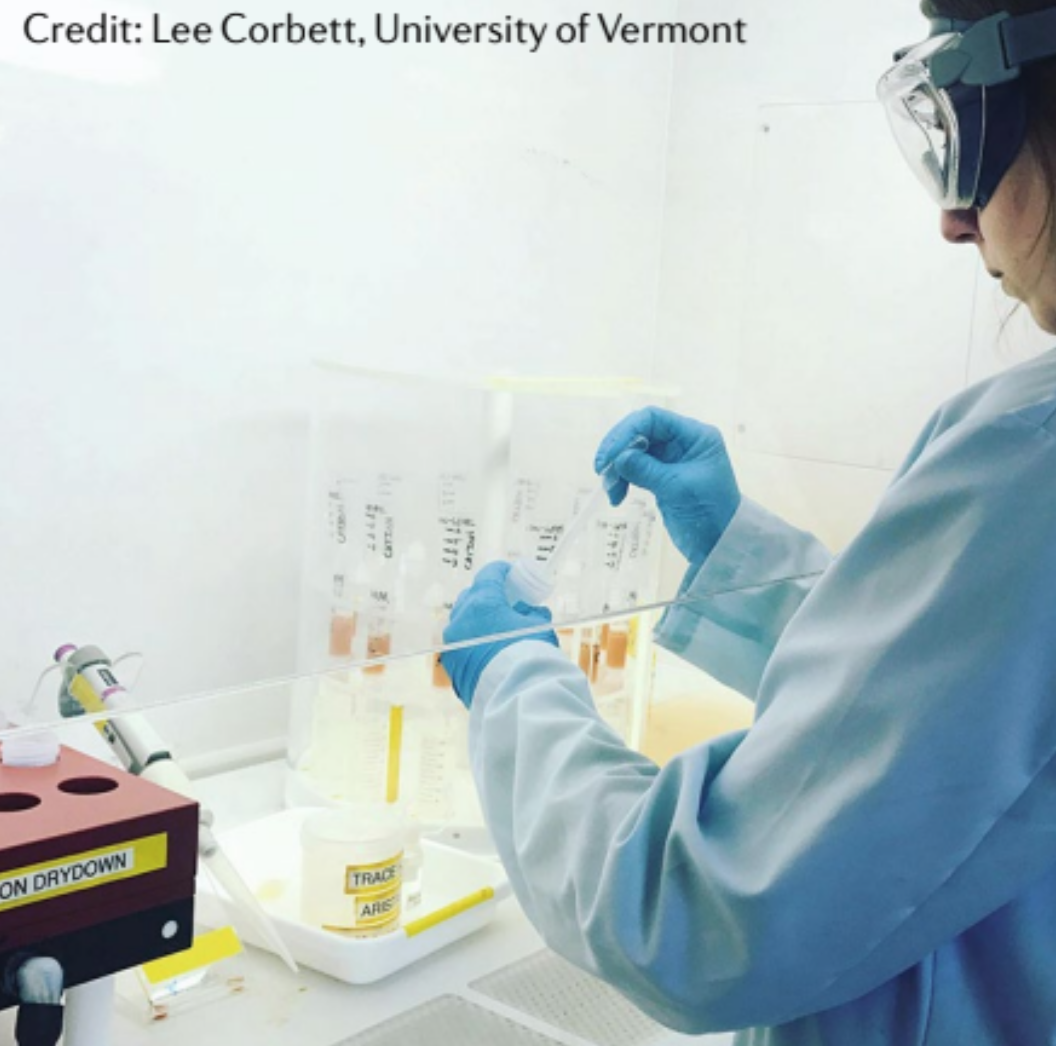
Ph.D. student Danielle LeBlanc authors "Tools of the Trade" article in Nature Reviews
The article, entitled "Cosmogenic nuclides in ocean mud inform ice sheet history", was published in Nature Reviews Earth and Environment. LeBlanc's paper provides a primer on how the geochemistry of ice-rafted debris, a key tool she is using in her doctoral research, can reveal past changes in ice sheet size and dynamics - and in turn help inform future ice sheet changes. To learn more about LeBlanc visit her department profile.
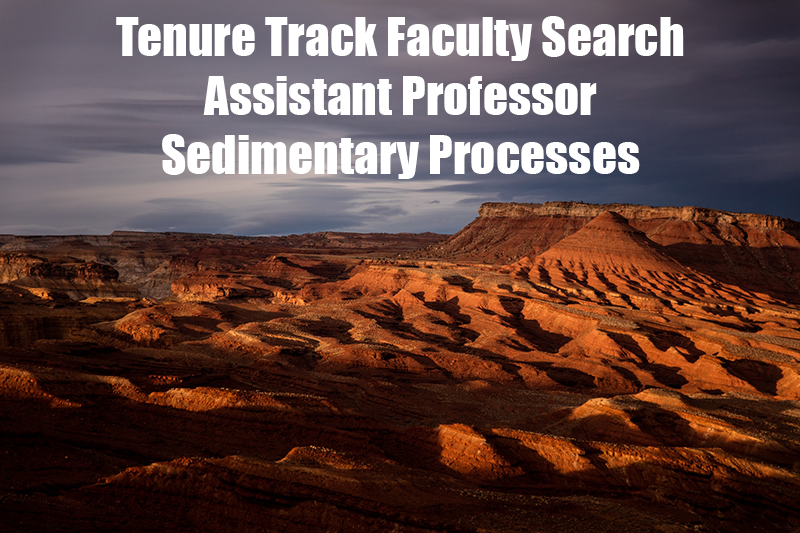
Tenure Track Faculty Search, Sedimentary Processes
The Department of Earth and Environmental Sciences at Boston College invites applications for Earth systems scientists in the field of Sedimentary Processes. This is a tenure-track position expected to be made at the Assistant Professor level. We seek a geoscientist whose research in sedimentary processes highlights connections among surficial processes, the hydrosphere, biosphere, atmosphere, and/or lithosphere. We are particularly interested in individuals whose research uses field investigation, innovative computational, geophysical, geochemical, geochronological methods, and/or other analytical techniques. The successful candidate will combine a vigorous, externally funded research program with excellence in teaching and a commitment to diversity, equity, and inclusion. All candidates must have a PhD in the Earth sciences or a related field at the time of appointment. Application packages must include a cover letter, a statement of research interests, a statement of teaching philosophy, a statement of commitment to diversity, equity, inclusion, and belonging, and names and contact information of three references. Review of applications will begin on October 15. To apply for the position, go to https://apply.interfolio.com/91875.
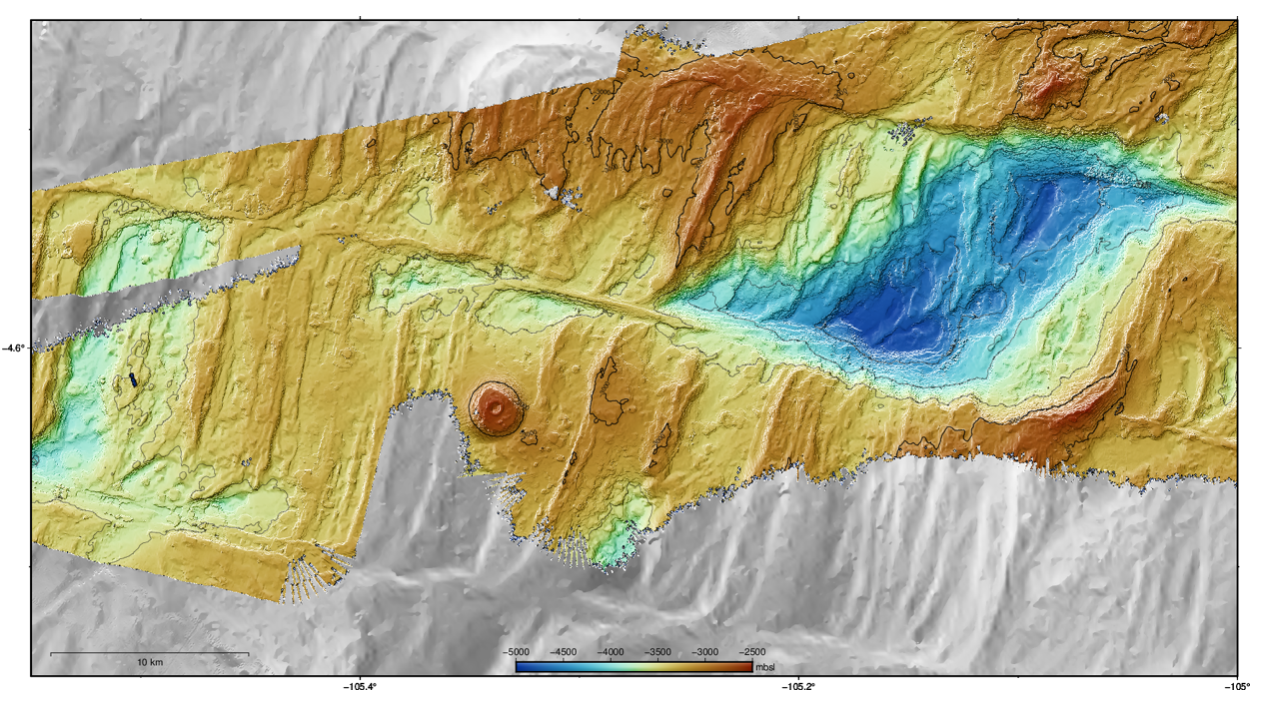
Postdoctoral Fellow Dr. Thomas Morrow receives new NSF grant to study seafloor magmatism
This National Science Foundation research grant, entitled "Quantifying Magmatic Influences on the Longevity of Segmented Transform Fault Systems", will support research on the magmatic and tectonic processes affecting oceanic transform fault morphology and segmentation. This research will involve 3-D numerical simulations of magmatic injection carried out on the BC Computational Cluster, combined with new observations of the seafloor from current and upcoming cruises to the Gofar Transform Fault on the East Pacific Rise. The grant will foster collaborations between Boston College and partners at Western Washington University and the European Institute for Marine Studies, as well as support undergraduate research opportunities within the Earth and Environmental Sciences Department. For more information, or if you are interested in learning more about undergraduate research opportunities associated with this project, contact Dr. Thomas Morrow at thomas.morrow@bc.edu.

Prof. Ethan Baxter co-authors a paper on the subduction history of Syros, Greece
The new paper, entitled "Insight Into the Early Exhumation of the Cycladic Blueschist Unit, Syros, Greece: Combined Application of Zoned Garnet Geochronology, Thermodynamic Modeling, and Quartz Elastic Barometry" was published in the journal Geochemistry, Geophysics, and Geosystems. Baxter's group has constrained the timing of exhumation of the famous high-pressure eclogites from Syros, Greece through high precision zoned garnet geochronology. The initial stages of decompression are recorded in garnet growth spanning about 5 million years. For more information about Prof. Baxter's research visit his website.
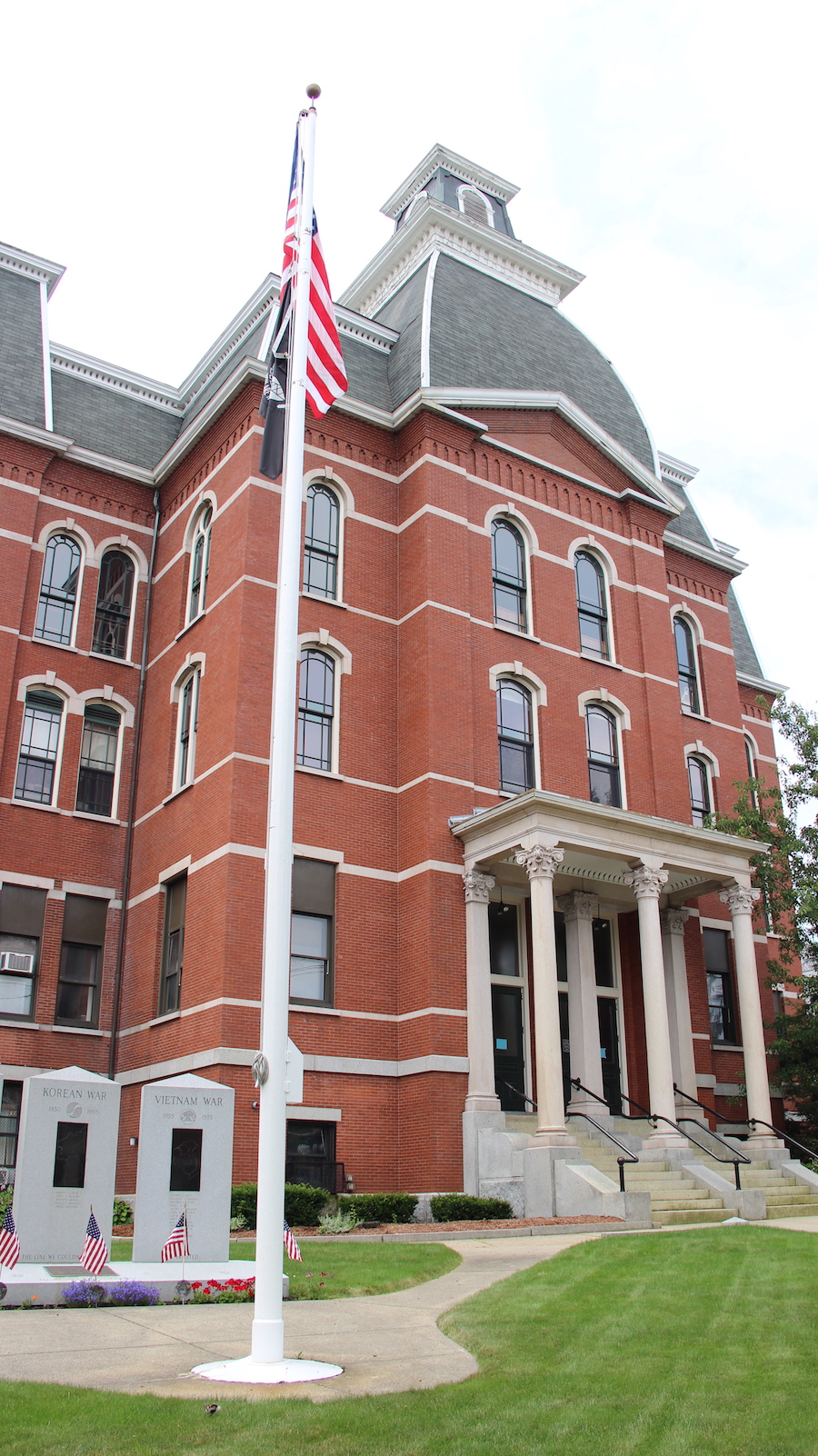
Prof. Ebel speaks to concerned residents of Peabody, MA after they experience an earthquake swarm.
EES Professor and senior research scientist at Weston Observatory, John Ebel spoke to concerned residents of Peabody, MA at a public meeting on Wednesday after experiencing what is known as an âearthquake swarm". As reported in a recent article in the Boston Globe, area residents experienced a number of low magnitude earthquakes over the past mont - a 1.4 magnitude earthquake on July 25, a 1.2 magnitude earthquake on Aug. 4, and a 1.3 magnitude earthquake on Aug. 18 - which were detected on seismic instruments, according to Prof. Ebel. To learn more about these local earthquake swarms, please read the linked article in the Boston Globe above, or contact Prof. Ebel.
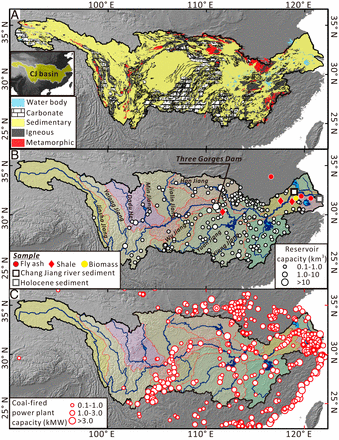
Prof. Xingchen (Tony) Wang co-authors a new paper on the impact of coal burning on the contemporary carbon cycle"
Coal combustion releases carbon dioxide but also leaves behind solid waste, or fly ash, which contains considerable amounts of carbon. The organic carbon sourced from fly ash resists chemical breakdown and might stay in the environments for a long time. In a new study coauthored by Prof. Xingchen (Tony) Wang, it was found that coal fly ash now make up between 37 and 72 percent of all particulate organic carbon carried by the Yangtze River in China, or around 200,000 to 400,000 tons of carbon per year. The study, which is the first of its kind, shows just how big an impact fossil fuel consumption has on Earth. Beyond pumping carbon dioxide into the atmosphere, coal burning dumps about as much particulate carbon into the Yangtze River as natural processes do. This article, entitled "Coal fly ash is a major carbon flux in the Chang Jiang (Yangtze River) basin", was published in Proceedings of the National Academy of Sciences of the United States of America. For more information, please visit Prof. Wang's website.
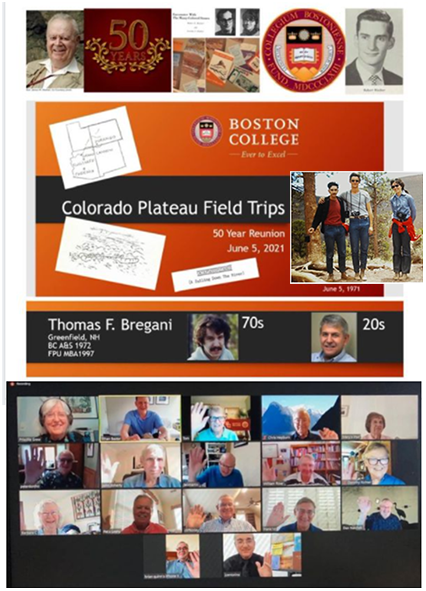
BC alumni, former and current faculty participate in online reunion of 1971 Colorado Plateau field trip
This past weekend, 15 alumni participants and current and former BC faculty attended an online reunion for the 50th anniversary of the Riecker-Dudley Colorado Plateau trips in 1970 and 1971, held in memory of Rev. Prof. James W. Skehan (1923-2020). Led by former BC Profs. Priscilla Grew and Bob Reicker, each field trip was the culmination of a semester undergraduate seminar in which students studied and presented papers on Colorado Plateau geology, petrology and geophysics. Guests in attendance included Pat Leahy (BC 1968), former Chief Geologist and Acting Director of the U.S. Geological Survey and Executive Director of the American Geosciences Institute; Clara Porter, former BC Geology Dept. Secretary; former EESC Dept. Chair Chris Hepburn; and Ethan Baxter, the current EESC Dept. Chair.
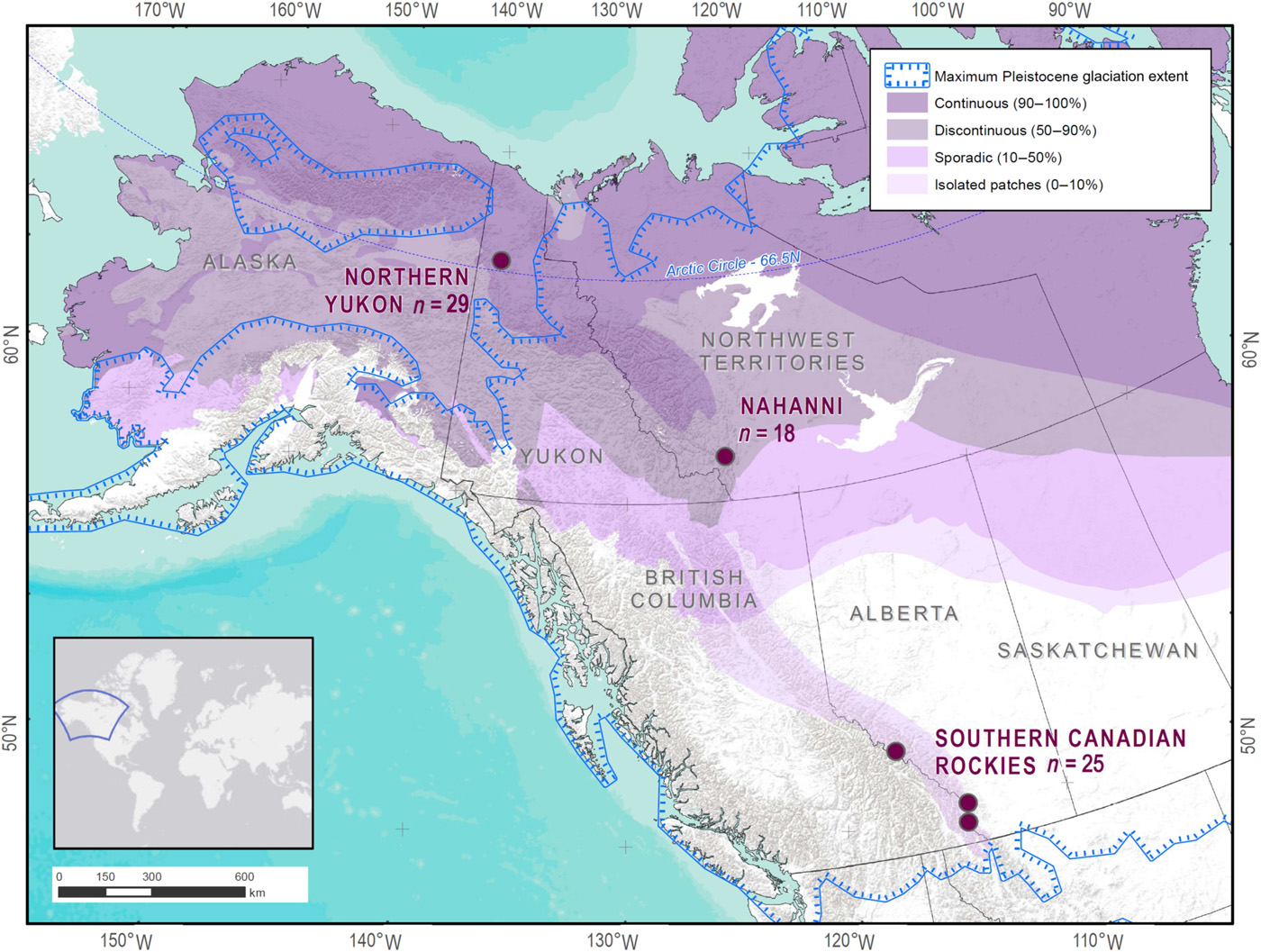
Prof. Jeremy Shakun co-authors new manuscript in Science Advances with former BC graduate student Biller-Celander and former EESC Prof. Corinne Wong
The article by Biller-Celander et al., entitled "Increasing Pleistocene permafrost persistence and carbon cycle conundrums inferred from Canadian speleothems", was recently published in Science Advances. The team of researchers present new uranium-thorium ages from speleothems, cave deposits that only accumulate with deep ground thaw, to reconstruct the permafrost history in western Canada during Pleistocene interglacial periods. The results of their study suggest that greenhouse gas concentrations were likely stable throughout the Pleistocene, and that permafrost thaw did not trigger substantial carbon release to the atmosphere or it was offset by carbon uptake elsewhere on glacial-interglacial time scales. To learn more about Prof. Shakun and his research, please visit his webpage.
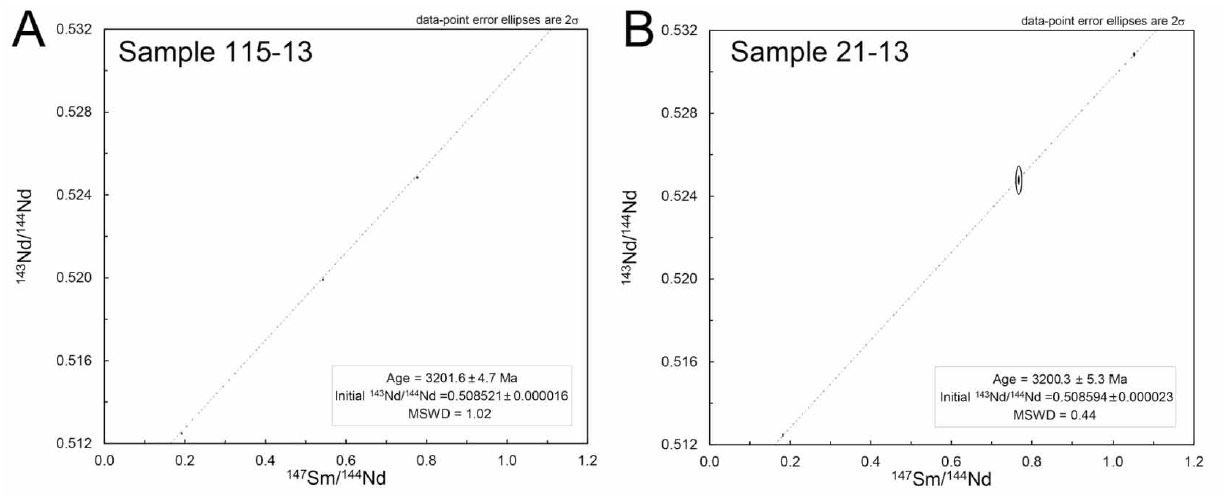
Former BC Postdoc Dr. Kathryn Maneiro and Prof. Ethan Baxter co-author a paper in a Special Issue of South African Journal of Geology
The Barberton Granite-Greenstone Belt in South Africa is one of the oldest sections of continental crust on the planet. It thus records some of the earliest tectonic processes that have shaped the Earth. In this paper, Dr. Kathryn Maneiro (former BC postdoc, now asst, professor at Wheaton College, IL) dated garnets in these rocks at 3.2 Ga making them perhaps the oldest garnets ever dated. The paper entitled "Metamorphic evolution for the Inyoni shear zone: Investigating the geodynamic evolution of a 3.20 Ga terrane boundary in the Barberton granitoid greenstone terrane, South Africa" is part of a special issue dedicated to Barberton and Archean Geology. To learn more about Prof. Baxter's research, visit his website.
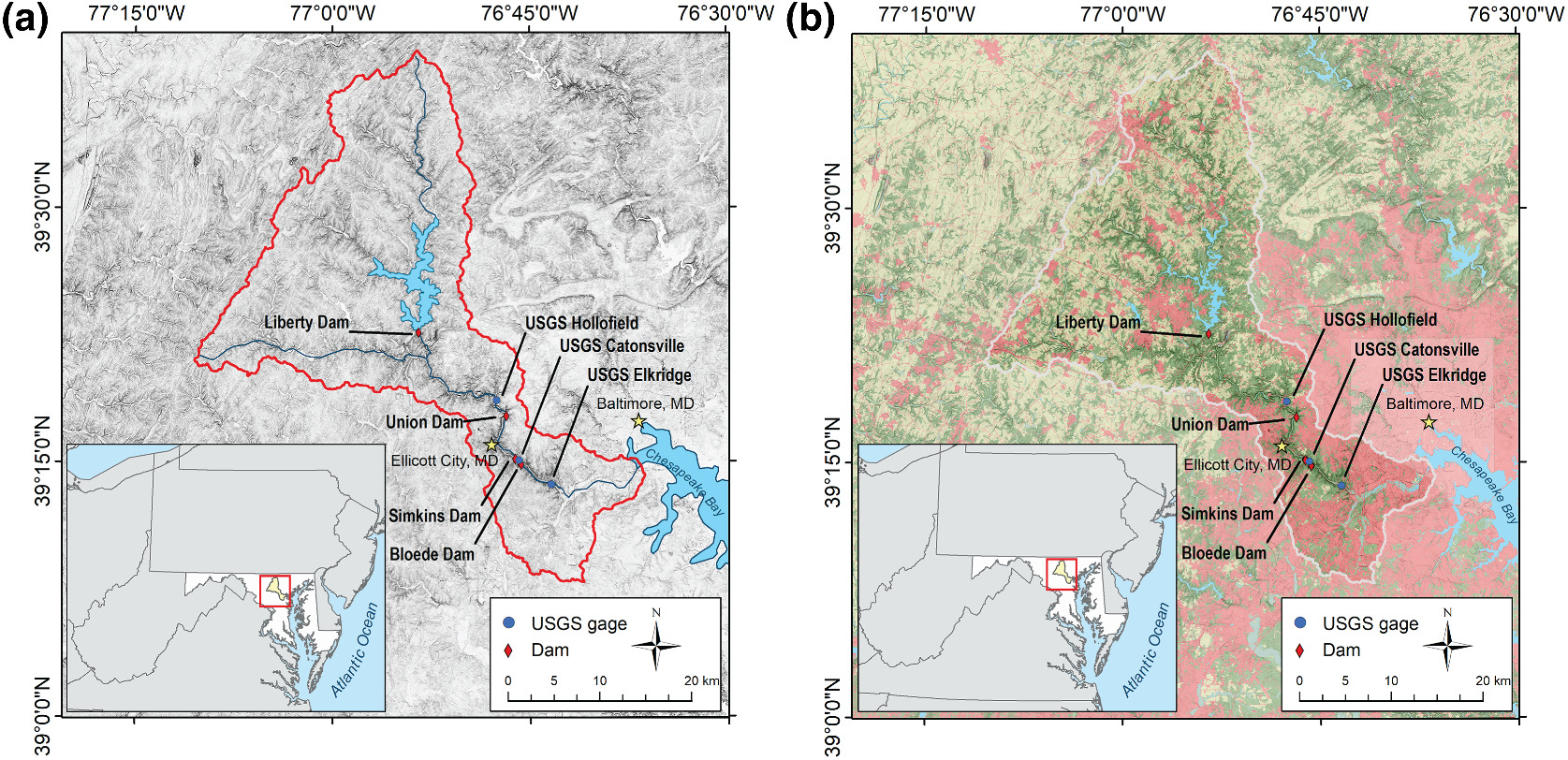
Matt Collins, EESC part-time faculty, co-authors a new paper in Earth Surface Processes and Landforms.
In the article, entitled "Channel response to a dam‐removal sediment pulse captured at high‐temporal resolution using routine gage data", the research team shows how existing stream gages can be used to document and investigate sediment pulses from dam removals, and other sources like landslides, at 15-minute resolution over many years. With these data they show a two-phase response to a Maryland dam removal, corroborating earlier work at the site using different methods and adding new details. The two-phase response to dam removal sediment releases was first described by a Boston College research team at a site in New Hampshire.
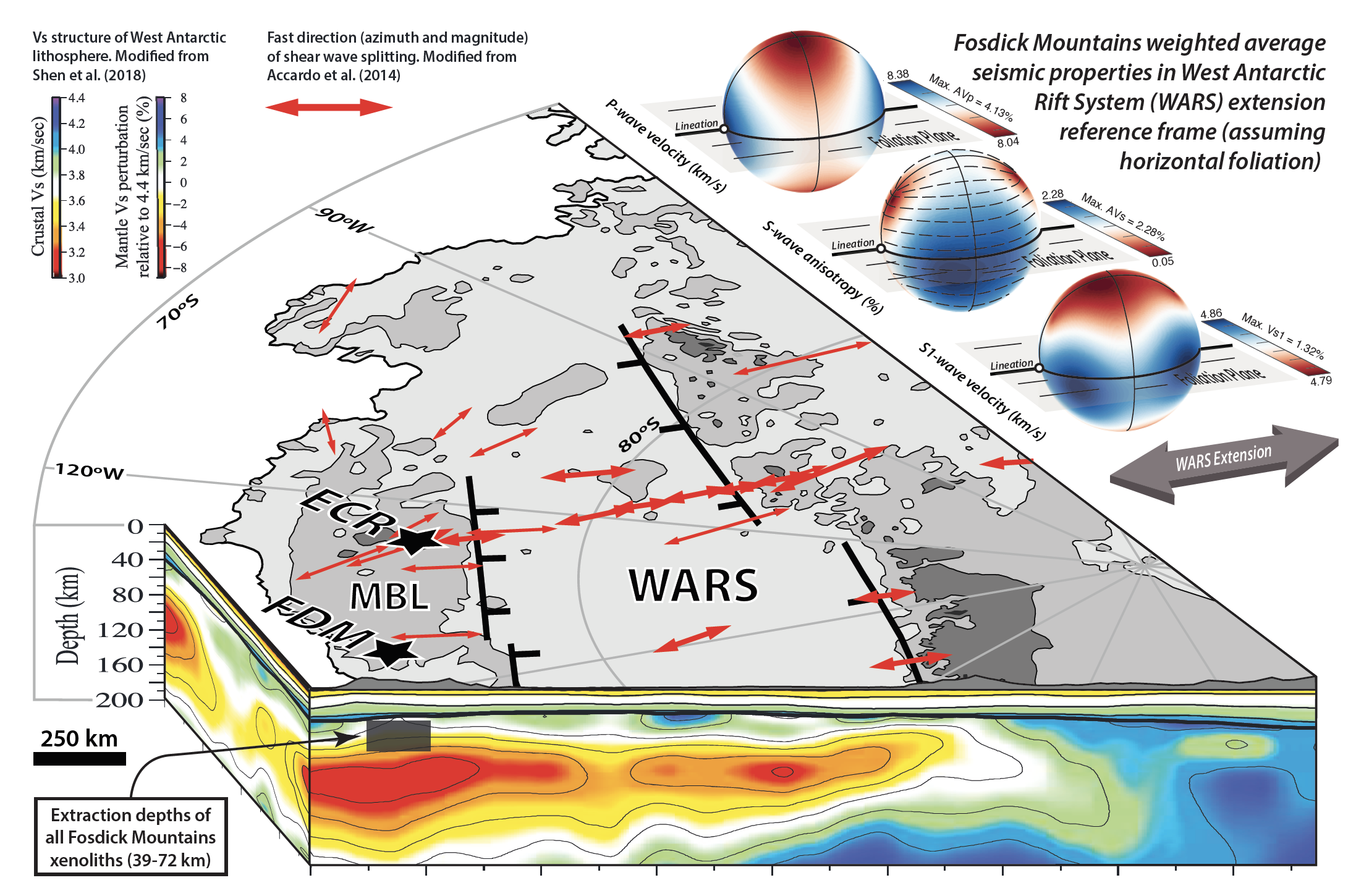
Former BC postdoc Vasileios Chatzaras and Prof. Seth Kruckenberg publish new manuscript on the deformation history and seismic anisotropy of the West Antarctica upper mantle lithosphere
The new manuscript by Chatzaras and Kruckenberg, entitled "Effects of melt-percolation, refertilization, and deformation on upper mantle seismic anisotropy: constraints from peridotite xenoliths, Marie Byrd Land, West Antarctica" was published in the Geological Society of London, Memoirs and reports on the petrology, microstructure, and seismic properties of peridotite xenoliths extracted from the upper mantle beneath Marie Byrd Land (MBL), West Antarctica. The aim of this work is to understand how melt-rock reaction, refertilization, and deformation affected the seismic properties (velocities, anisotropy) of the West Antarctic upper mantle, in the context of MBL tectonic evolution and West Antarctic Rift System formation. To learn more about this research, please follow the link to the article above or visit Prof. Kruckenberg's website or Prof. Chatzaras's website (now a faculty member at the University of Sydney in Australia).
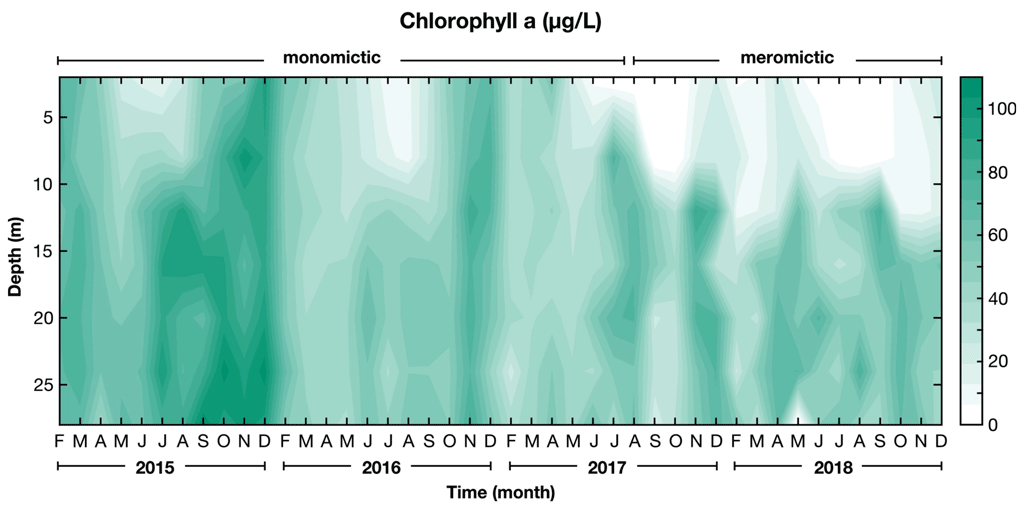
Prof. Xingchen (Tony) Wang co-authors a paper on microbial succession and dynamics in Mono Lake (California) following an El Niño event
Mono Lake is a closed‐basin, hypersaline, alkaline lake located in Eastern Sierra Nevada, California. Its unique ecosystem offers a natural laboratory for probing microbial community responses to environmental changes. In 2017, a heavy snowpack and subsequent runoff led Mono Lake to transition from annually mixed (monomictic) to indefinitely stratified (meromictic). A new article coauthored by Prof. Xingchen (Tony) Wang investigated microbial succession during this limnological shift, using a muilt-year water‐column time series of geochemical and microbiological data. This article, entitled "Microbial succession and dynamics in meromictic Mono Lake, California", was published in Geobiology. For more information, please visit Prof. Wang's website.
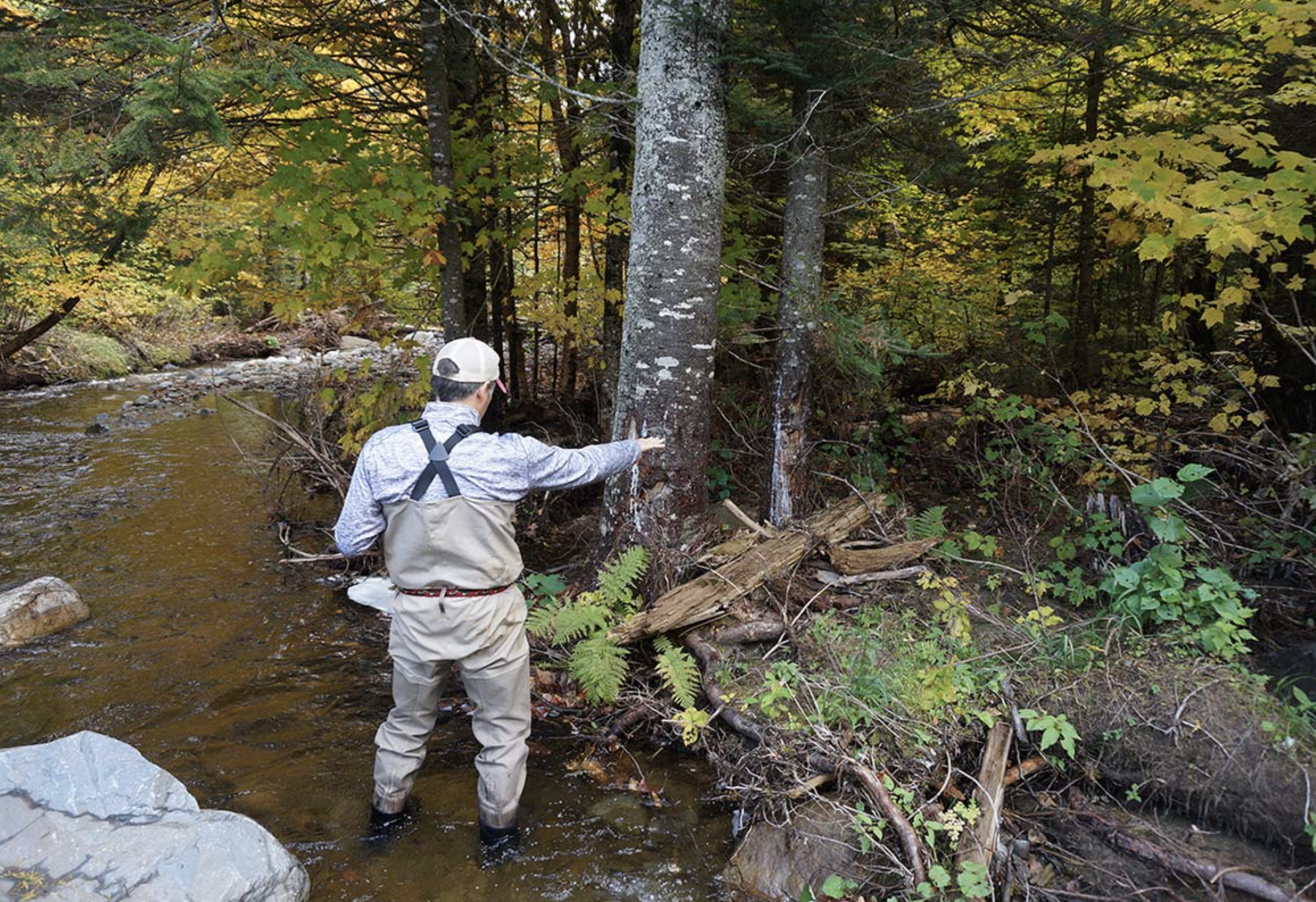
Research by Prof. Snyder and colleagues on the effects of land-use and climate change featured in online magazine
Recent research by Noah Snyder and collaborator Tim Cook (UMass Amherst) on the effects of land-use and climate change on a watershed in western Maine was featured as a "web extra" in Northern Woodlands magazine, featuring a suite of photographs of the field site. Snyder and Cook were also quoted in the main article, At Chapman Brook.
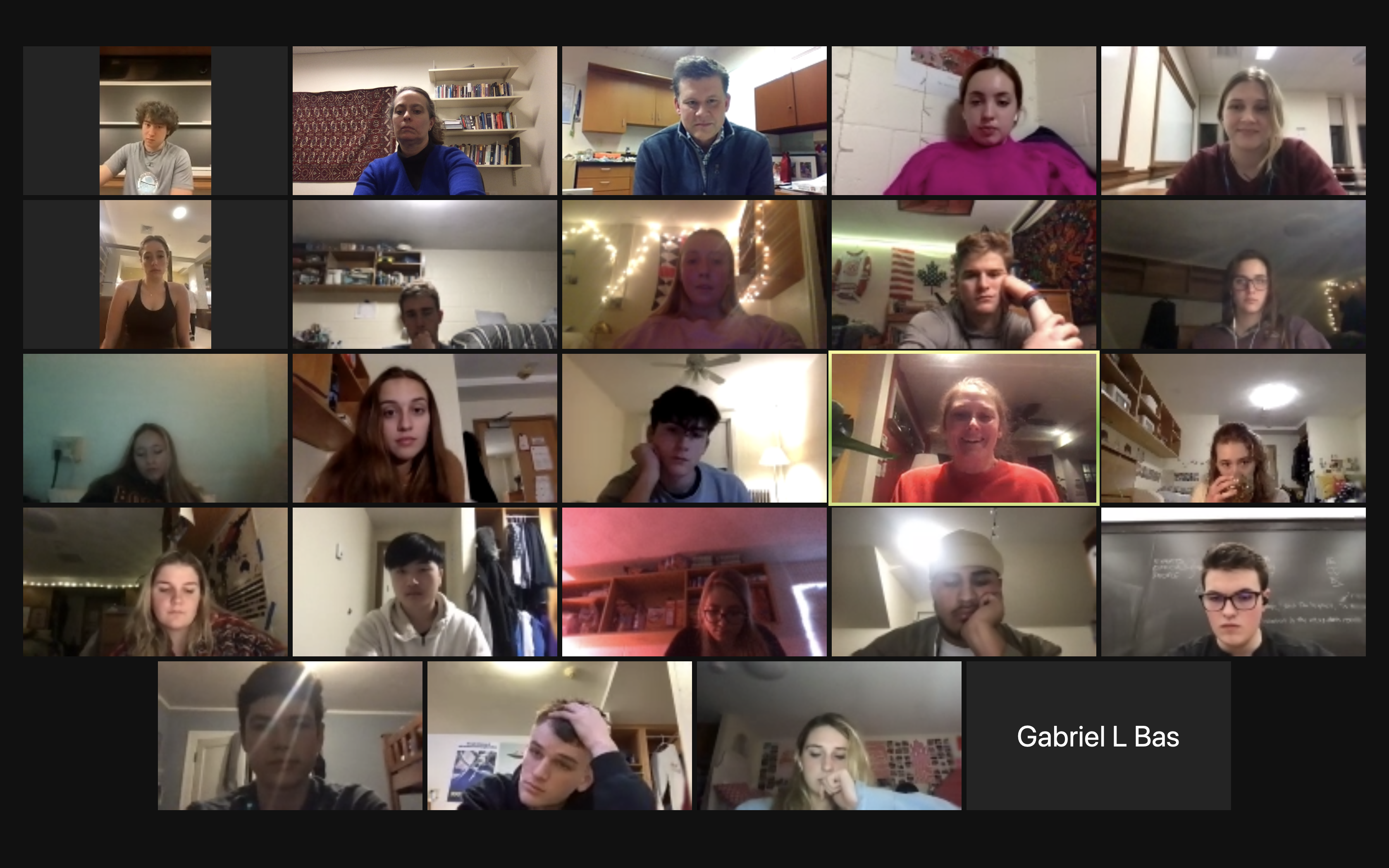
Mars Project Scientist Joins Prof. Baxter's Class
Prof. Tanja Bosak from MIT joined the enduring questions class co-taught by Prof. Ethan Baxter (EES) and Prof. Natana DeLong-Bas (Theology) to discuss the recent Mars rover landing. Prof. Bosak is part of the Mars Perseverance Project Science Group that will be selecting samples for return to Earth in about ten years. The class discussed the search for life on Mars and what this mission means for humanity. Hear more from Prof. Bosak when she gives our Department Seminar on March 2.
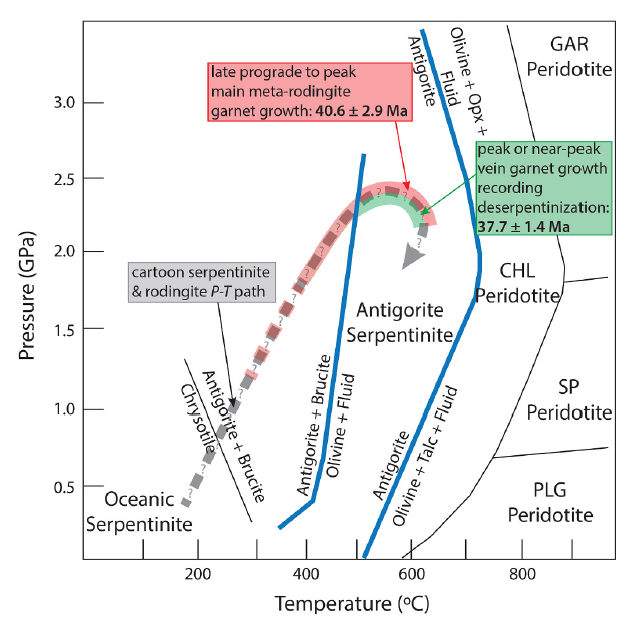
EES Undergraduate Annie Haws publishes Paper in Chemical Geology
Undergraduate Annie Haws, postdoc Paul Starr, Prof. Ethan Baxter and an international team of collaborators have published a new paper in Chemical Geology that tracks the release of water in subduction zones. Rock samples called rodingites were collected from the Italian Alps, subject to isotopic and thermodynamic analysis, and used to reconstruct the release of water from de-serpentinization 40 million years ago. Annie is now pursuing a PhD at Yale University.
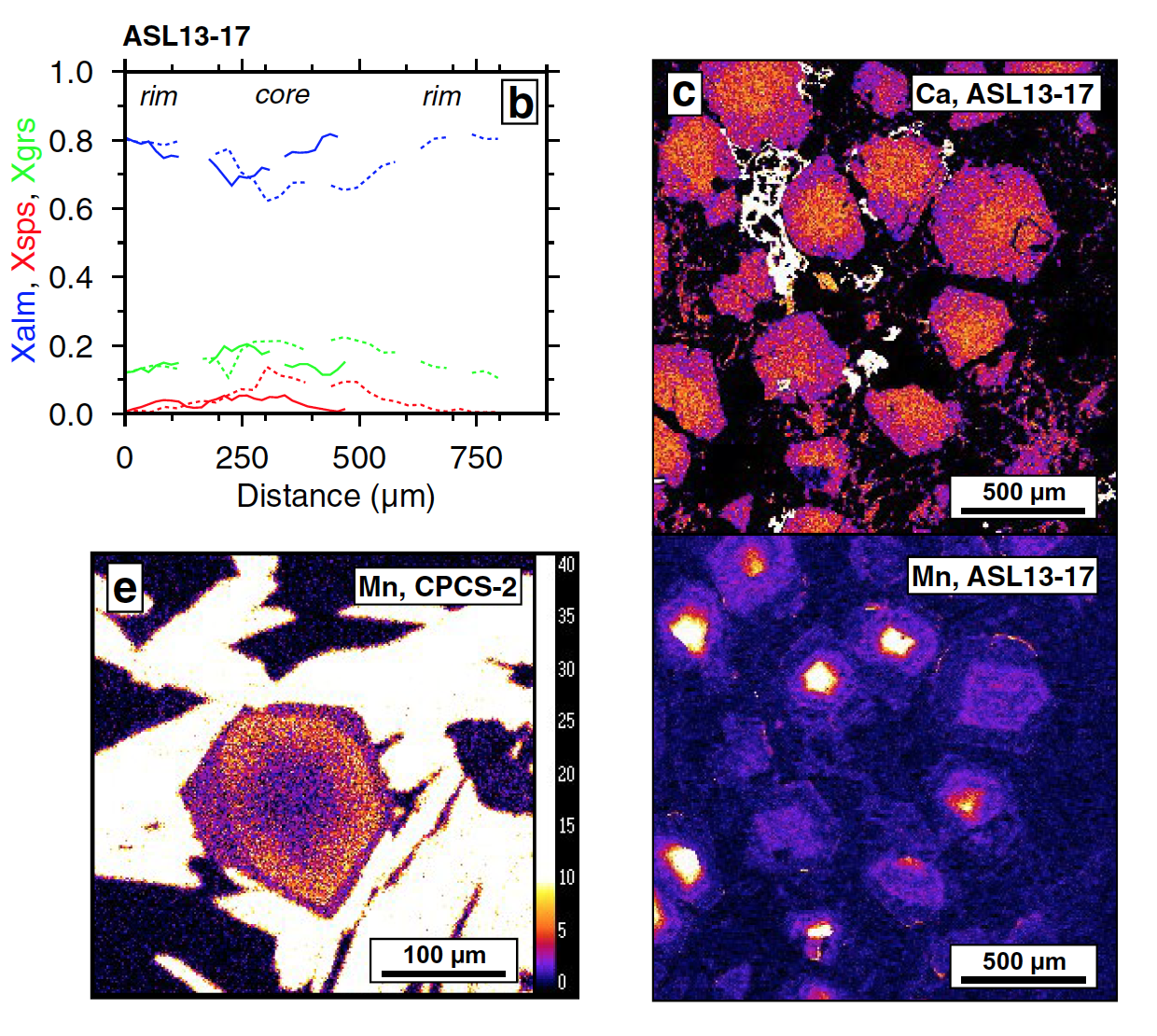
Dr. Paul Starr co-authors new paper on the exhumation of subducted rocks in the Western Alps
High-pressure (HP) metamorphic rocks exhumed from within subduction zones provide key insights into tectonic and geochemical processes that occur during subduction. However, the processes for exhuming these rocks from deep within subduction zones is poorly understood and crucial to evaluating these rocks as proxies for the palaeo-subduction interface. In a newly published paper in the journal Contributions to Mineralogy and Petrology (Smye et al., 2021), co-authored by Dr. Paul Starr, subducted samples from the Voltri Ophiolite (northern Italy) are used to suggest that HP metamorphic rocks were detached from the subducting plate, partially exhumed and stored at blueschist facies conditions for >10Myr before final exhumation occurred upon the cessation of subduction. This paper forms part of a large NSF-funded international collaboration involving Paul Starr and others at Boston College.
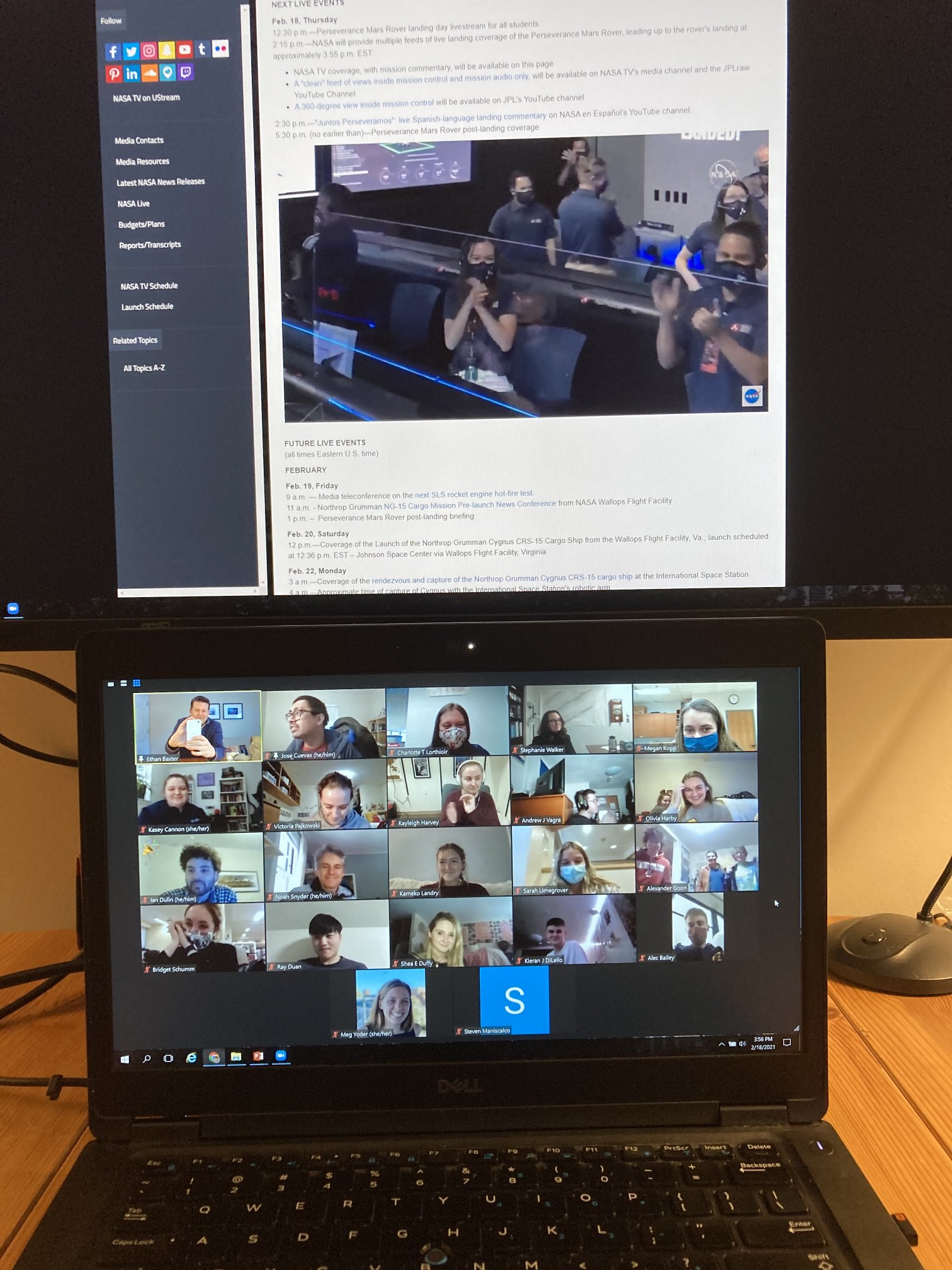
Prof. Baxter Hosts a Mars Rover Landing Party
On February 18th around 3:55pm, the Mars Perseverance Rover landed in Jezero Crater on the surface of Mars. Faculty, students, and staff from the Department gathered over Zoom to learn about the mission, watch the drama unfold, and cheer when it landed safely. Click here to watch yourself! Perseverance will search for signs of ancient life in the rocks of this crater that was once filled with water over 3.5 billion years ago.
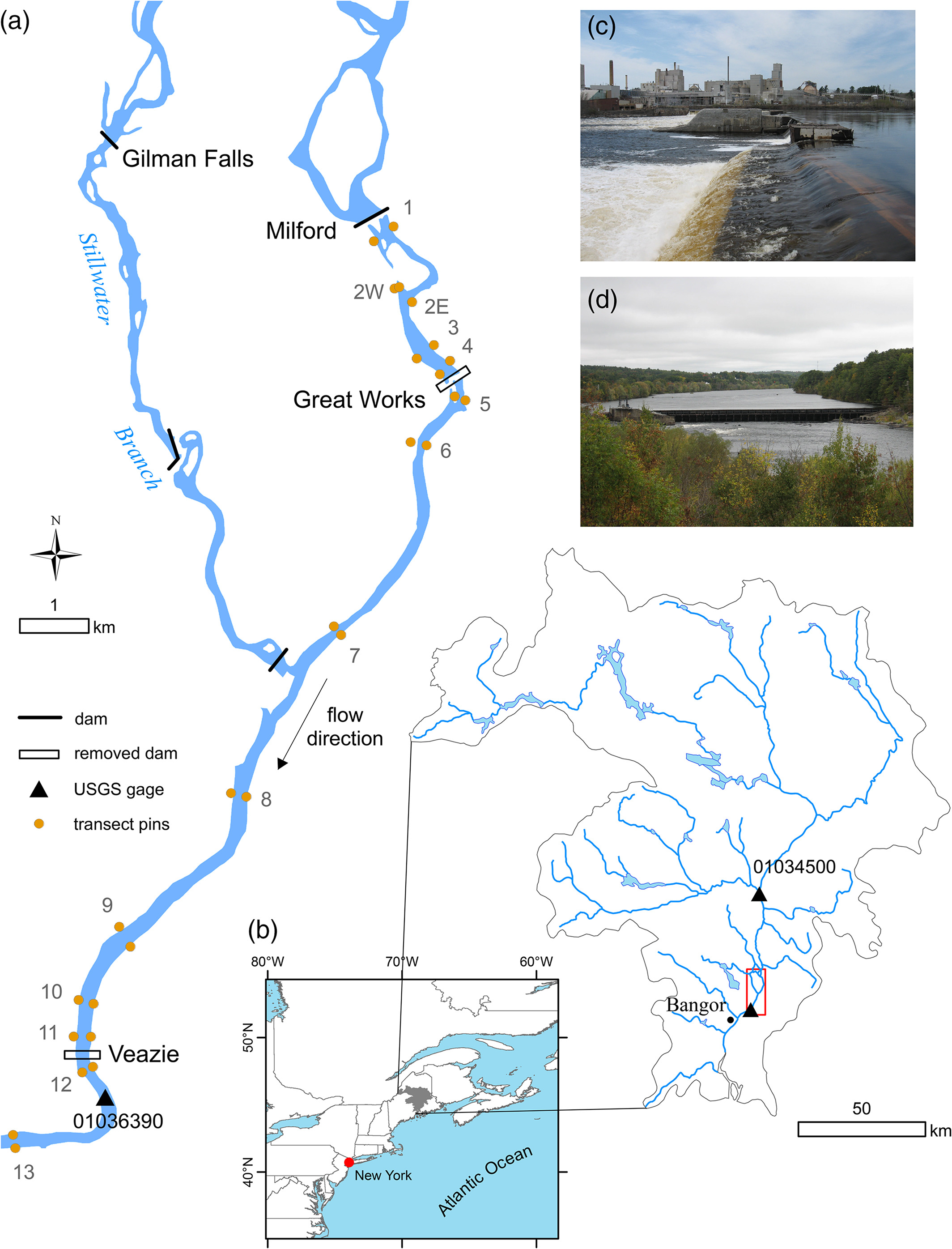
Matt Collins, EESC part-time faculty, authors a new paper in River Research and Applications
The study, published in River Research and Applications, documents how the channel shape, elevation, and position of the lower Penobscot River in Maine was not sensitive to removing two large dams, nor to two large floods, over a six-year study because the reservoirs stored little sediment and the streambed was erosion-resistant. The authors discuss how practitioners can reduce project costs if they can confidently establish these conditions at their site, which are not unusual in the Northeast U.S. and other parts of the world.

Prof. Xingchen (Tony) Wang coauthors a review article on the role of the Southern Ocean in driving glacial/interglacial atmospheric CO2 variations
On glacia-interglacial timescales, the CO2 concentration in the atmosphere has varied between 180 and 280 parts per million (ppm), with lower values during glacial periods. Since the first measurement of ice age CO2 concentration four decades ago, much efforts have been devoted to understand why CO2 was lower during ice ages. One of the leading hypotheses pointed to changes in the Southern Ocean. A new article coauthored by Prof. Xingchen (Tony) Wang reviewed the role of the Southern Ocean in driving glacial/interglacial atmospheric CO2 changes. This article, entitled "The Southern Ocean during the ice ages: A review of the Antarctic surface isolation hypothesis, with comparison to the North Pacific", was published in Quaternary Science Reviews. For more information, please visit Prof. Wang's website.

James Balog (BC'74) and Prof. Baxter Talk Climate with Alumni
On December 8th, photographer and documentarian, James Balog '74, P'10, and Boston College Earth and Environmental Sciences Department Chair and Professor, Ethan Baxter, led a guided conversation on humanity's impact on our planet. James talked about his experiences creating The Human Element , a documentary that offers an innovative and visually stunning view of how humanity interacts with earth, air, water, and fire. Prof. Baxter served as moderator for the event that drew over 100 alumni registrants.
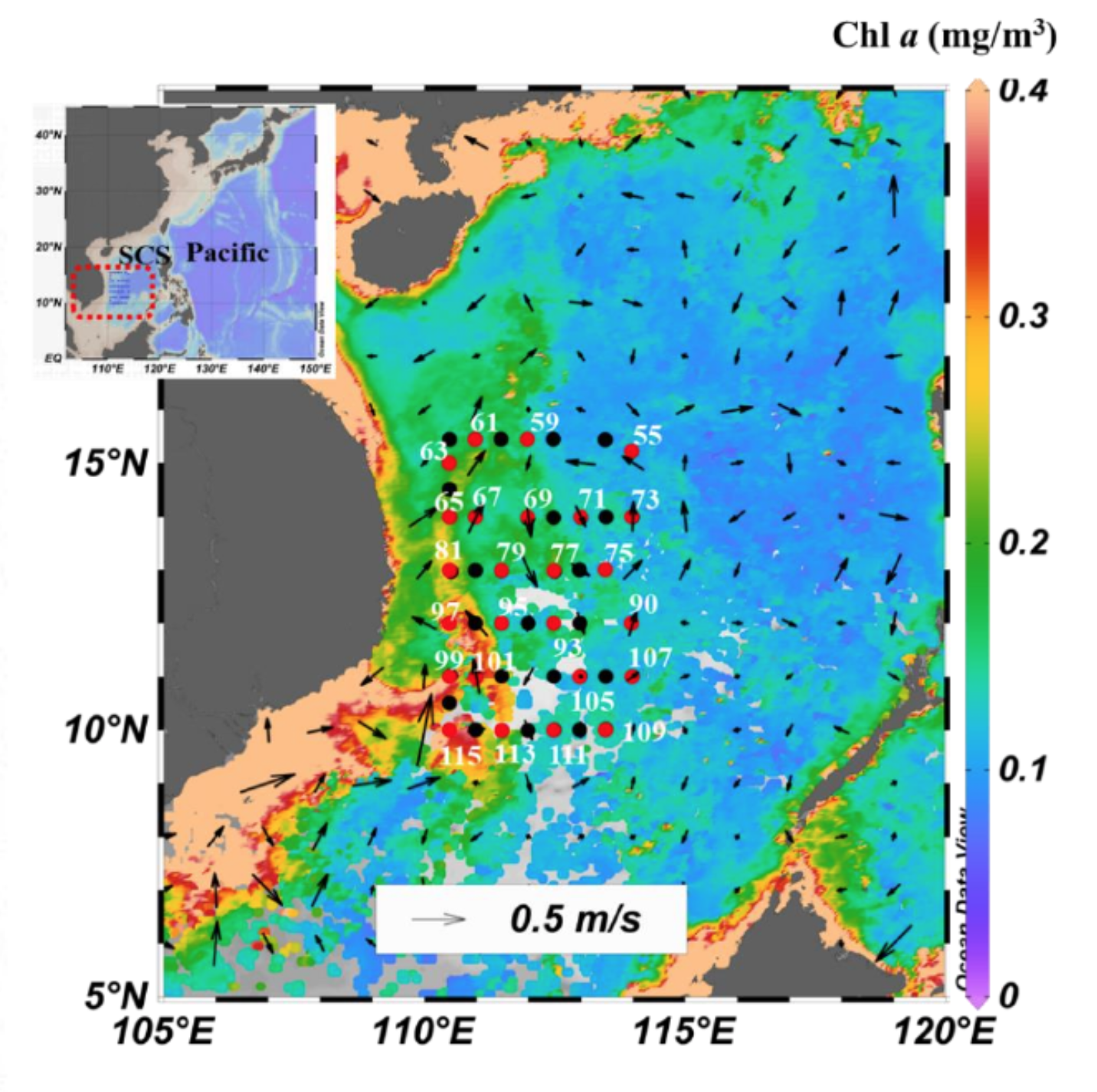
Prof. Xingchen (Tony) Wang co-authors a new paper on the cycling of dissolved organic nitrogen in the ocean
In most areas of the (sub)tropical surface ocean, the concentrations of dissolved organic nitrogen (DON) are 1‐3 orders of magnitude higher than nitrate and ammonium. However, the role of of DON in the upper ocean nutrient cycling is not well understood. In a new study, Prof. Xingchen (Tony) Wang and an international team uses nitrogen isotopes to study the cycling of dissolved organic nitrogen in the South China Sea. They found evidence for both production and consumption of DON in the shallow waters of the SCS, indicating that DON is actively participating in the biological N cycle. This article, entitled "Dissolved organic nitrogen cycling in the South China Sea from an isotopic perspective”, was published in AGU’s Global Biogeochemical Cycles. For more information, please visit Prof. Wang's website.
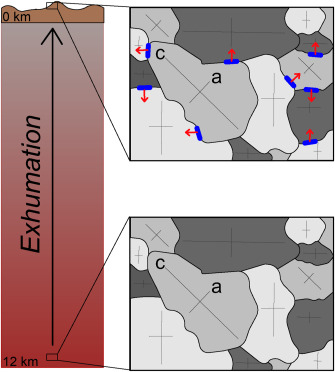
Prof. Seth Kruckenberg co-authors new manuscript on the crystallographic controls of void space at grain boundaries
The article, entitled "Crystallographically controlled void space at grain boundaries in the Harkless quartzite" by Nagurney et al. was published in the Journal of Structural Geology. Prof. Seth Kruckenberg, along with graduate student and faculty colleagues at Virginia Tech, use a combination of electron backscatter diffraction (EBSD) and scanning electron microscopy (SEM) imaging techniques to investigate how the crystallographic orientation of quartz grains, and the resulting rock microstructure, may play a role in the development of void space at grain boundaries due to anisotropic elastic changes in crystal lattice dimensions during exhumation.
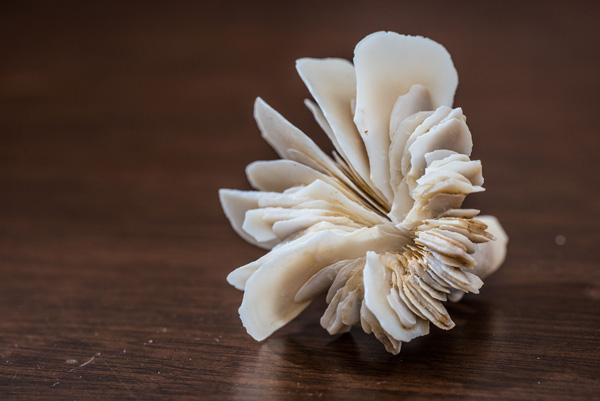
Prof. Xingchen (Tony) Wang uses deep-sea corals to unlock secrets of past rapid carbon dioxide increase
The Southern Ocean played a critical role in the rapid atmospheric carbon dioxide increase during the last deglaciation that took place 20,000 to 10,000 years ago, according to a new report by Boston College geochemist Prof. Xingchen (Tony) Wang and an international team in the online edition of Science Advances. In this new study, Wang and his coauthors analyzed deep-sea coral fossils from 20,000 to 10,000 years ago, when atmospheric carbon dioxide was on the rise. Please see BC NEWS for the full story.
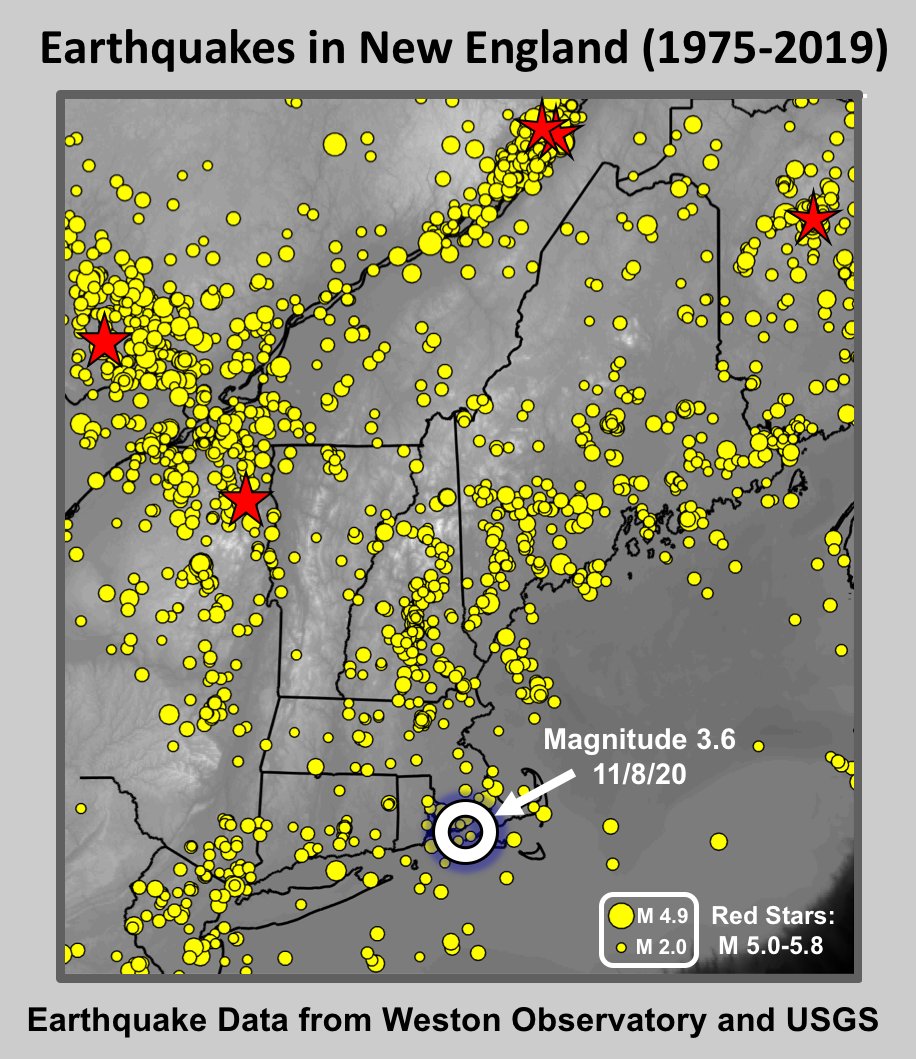
Magnitude 3.6 earthquake shakes southern New England
A magnitude 3.6 quake that occurred near Buzzards Bay rattled southern New England Sunday morning and was felt as far away as Long Island. Nine families in New Bedford, MA were displaced and a number of area buildings were damaged by the quake. Earthquakes happen on a regular basis in New England, according to Prof. Alan Kafka who discussed the quake in recent media interviews (1, 2), but this is largest one to hit the region in decades. Prof. John Ebel, who was also interviewed about the quake by a number of media outlets (3, 4, 5, 6), says aftershocks could be felt in the next few days, but any potential shocks are unlikely to be bigger than Sunday's earthquake. To learn more about the history of seismic activity in the Northeast, see also Prof. Ebel's recent book on the topic (available on Amazon.com), entitled New England Earthquakes: The Surprising History of Seismic Activity in the Northeast.
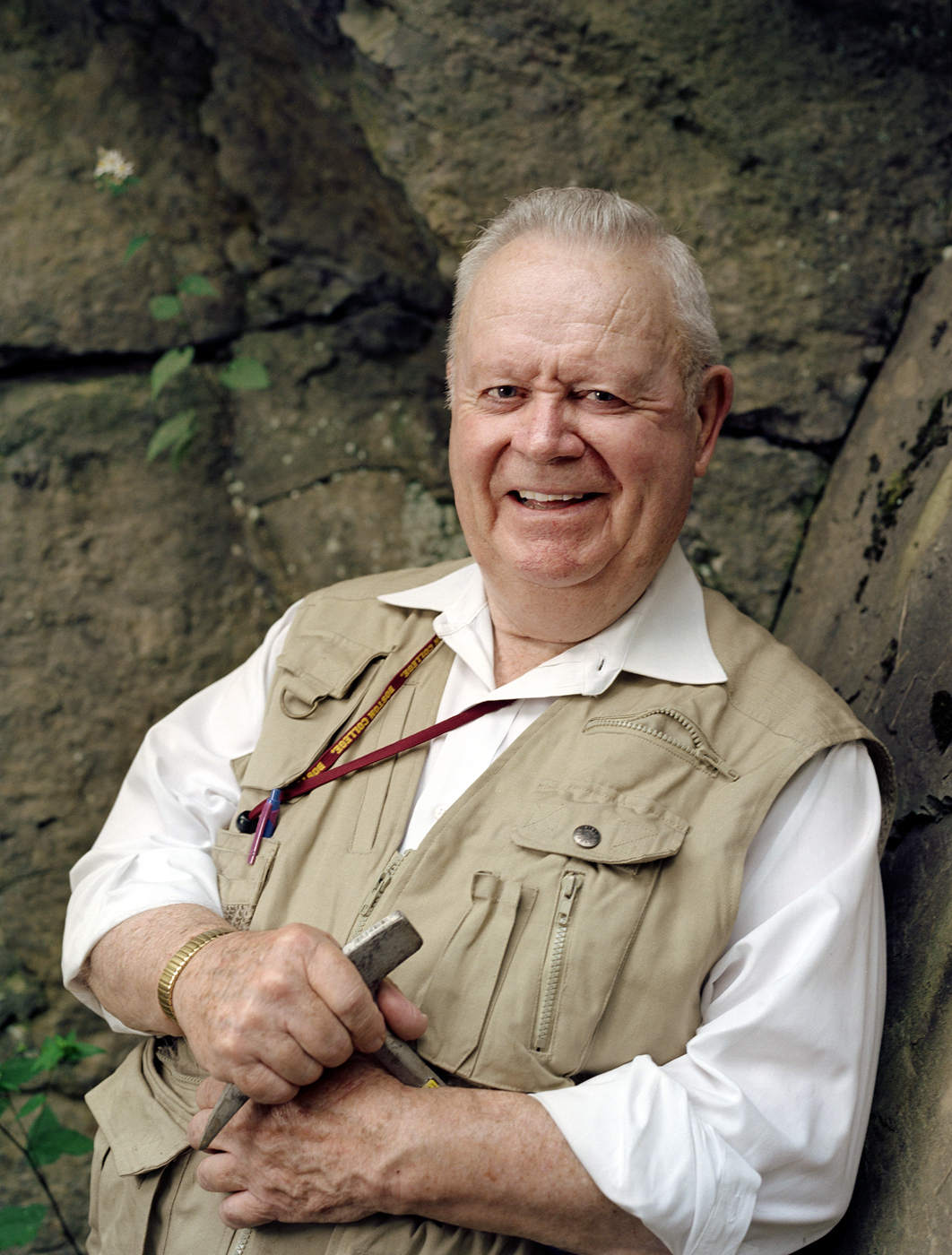
With great sadness, we announce the passing of Fr. James Skehan, S.J., our department's founder
The Boston College community, and particularly the Department of Earth and Environmental Sciences, is saddened by the loss of an extraordinary Jesuit, Fr. James Skehan, S.J., who passed away on November 1, 2020 at the age of 97. Fr. Jim, as he was known by everyone, founded the Department of Geology at Boston College in 1958, which later became the Department of Geology and Geophysics before changing to its current name, the Department of Earth and Environmental Sciences. Fr. Jim was an internationally-known geologist, a popular teacher, a prolific author, a much sought-after speaker and a spiritual guide to many.
Fr. Jim’s geology books are the Roadside Geology of Massachusetts, The Roadside Geology of Connecticut and Rhode Island and Puddingstone Drumlins and Ancient Volcanoes: A Geologic Field Guide Along Historic Trails of Boston. His books on spirituality include Praying with Teilhard de Chardin and Place Me With Your Son: Ignatian Spirituality in Everyday Life. He was the author of numerous book chapters, scientific papers, technical reports and general interest writings. He worked on improving geology education at the university as well as at the K-12 level. Some of Fr. Jim’s early geology work in New England paved the way for geologists to accept the theory of plate tectonics in the 1960, a theory that today underlies all of the work done in the geological sciences. Fr. Jim also authored several papers on the compatibility of religion and the scientific theory of evolution, a topic which he was uniquely suited to write about.
Fr. Jim was especially devoted to his students, many of whom still kept in touch with him as much as 50 years after graduating from Boston College. Stories abound among his students of interesting adventures on geology field trips, and professional geologists always knew that they had a special treat when Fr. Jim signed up for one of their outings. Fr. Jim officiated at the weddings of numerous students, baptized their children and presided at funerals. He was energetic, gregarious and outgoing, with a great sense of humor. He will be truly missed by persons near and far.
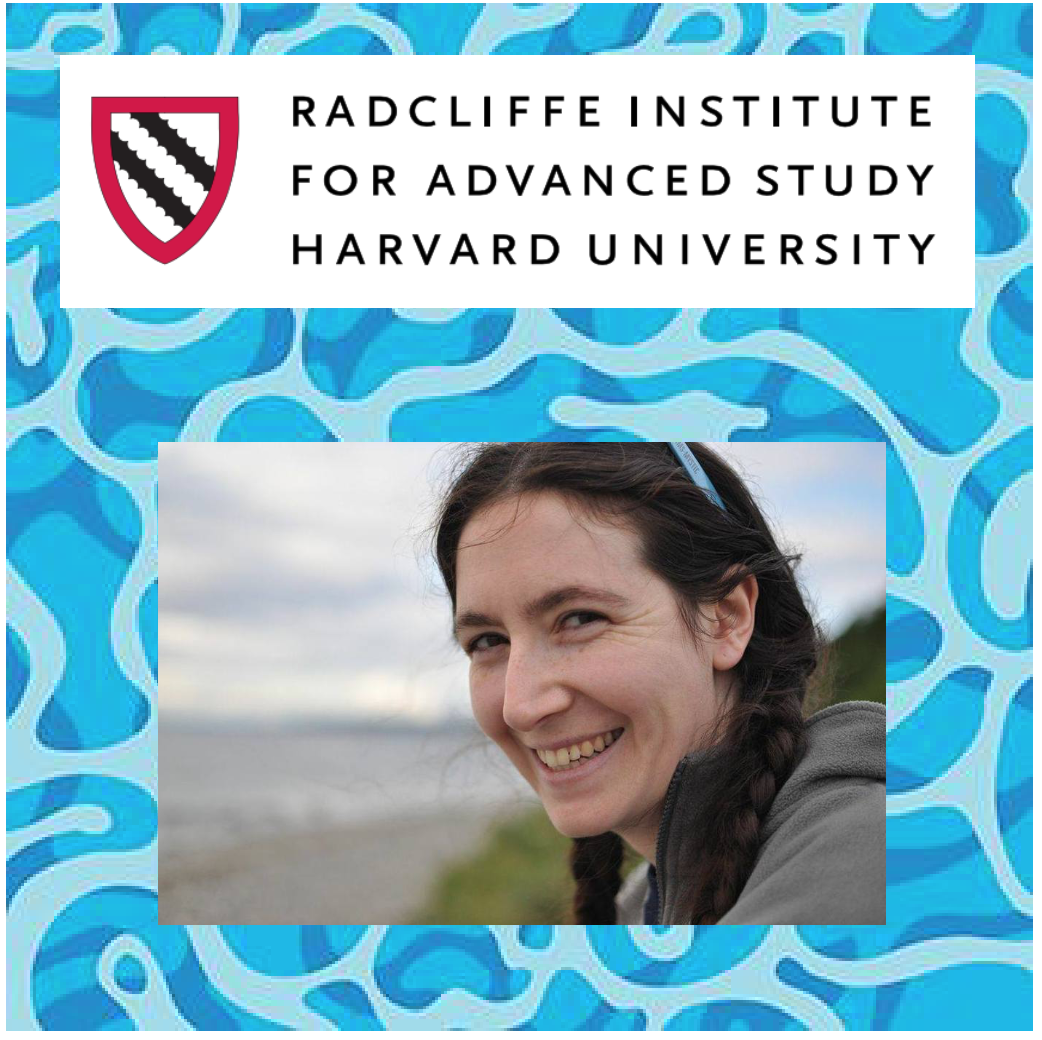
Prof. Hilary Palevsky to speak at Next in Water event on Friday October 23
Prof. Hilary Palevsky will be speaking at the Next in Water event hosted by the Radcliffe Institute for Advanced Study at Harvard University, during which early-career scientists will discuss water’s vital role in in biology, earth science, public health, and the search for extraterrestrial life. Prof. Palevsky will speak on climate change’s affect on the oceans and its relevance to our own lives. This event is Free and open to the public. Visit the event website (https://www.radcliffe.harvard.edu/event/2020-next-in-water-program-virtual) to learn more and register to attend via Zoom.
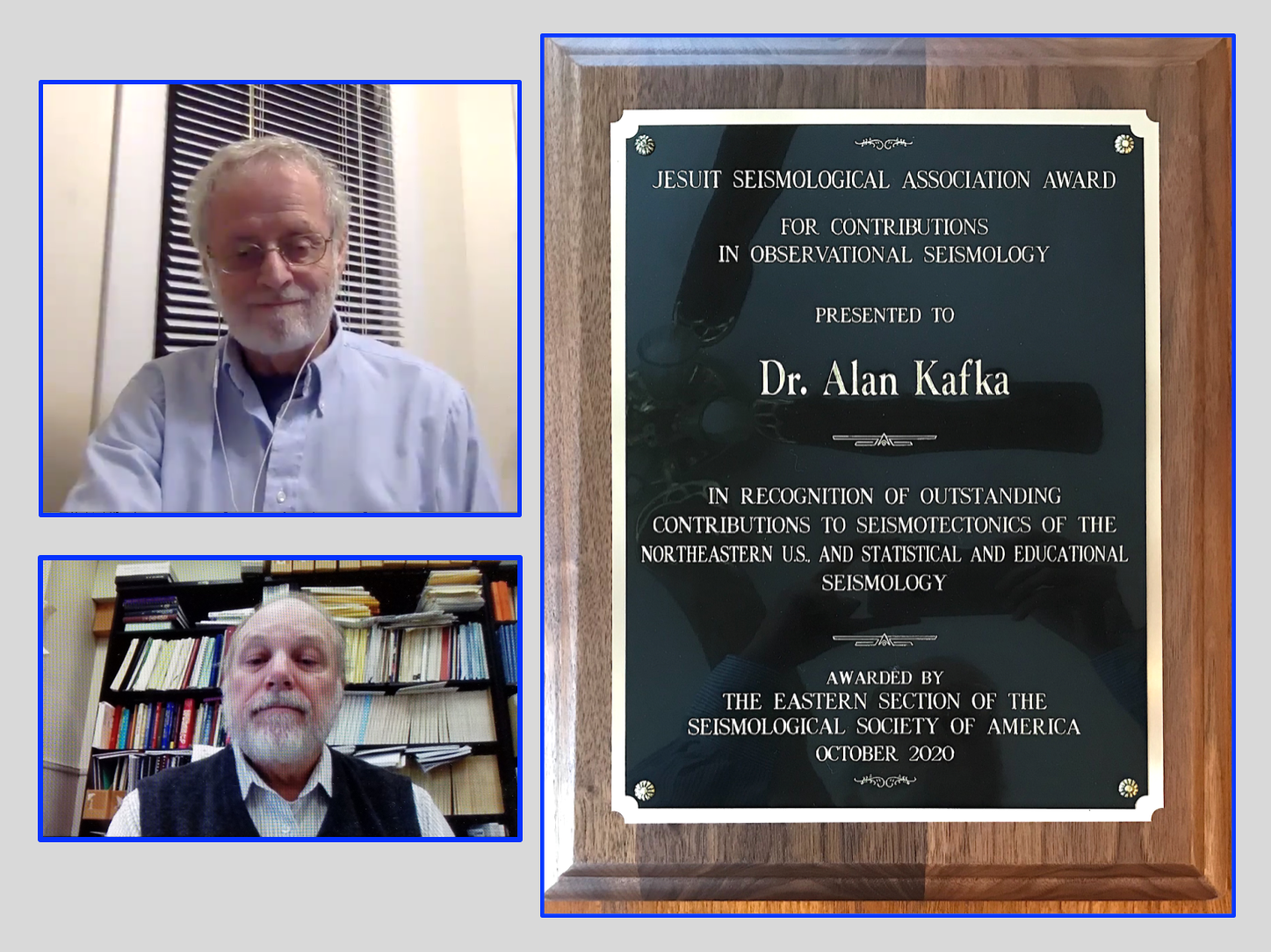
Prof. Alan Kafka receives 2020 Jesuit Seismological Association Award
Each year, the Eastern Section of the Seismological Society of America presents the Jesuit Seismological Association Award to honor outstanding contributions to observational seismology. Prof. Alan Kafka was the 2020 recipient of the award that reflects the legacy of Jesuit seismologists who operated many seismic stations around the world in the early 20th century and made significant contributions to research in seismology. Prof. Kafka (top) was presented with the award at this year's online meeting by EES Prof. John Ebel (bottom), who also received this award in 2003. Congratulations!
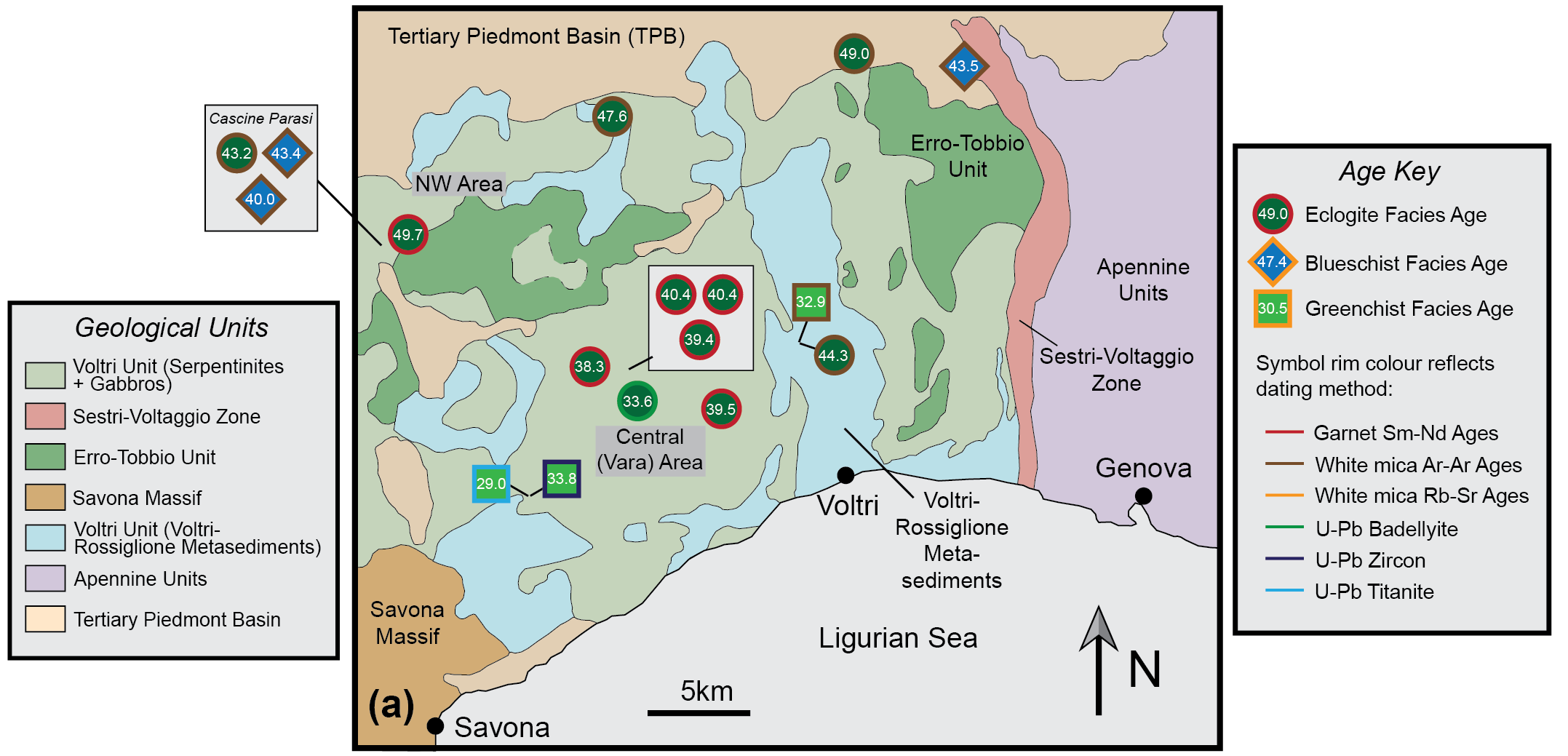
Dr. Paul Starr authors new paper on subduction zone processes
In a newly published paper in the journal Lithos, Dr. Paul Starr and an international team of researchers, use metamorphic rocks from the Voltri Ophiolite, Western Alps, to examine how dense oceanic crust may be subducted and exhumed from deep within an ancient subduction zone. By coupling garnet geochronology conducted at the Boston College Centre for Isotope Geochemistry, with detailed field work, petrography and modelling, the authors suggest that the Voltri Ophiolite consists of a number of different large blocks of oceanic lithosphere subducted and exhumed at different times. This study provides insights into the structure of material within subduction zones, with implications for the nature of mass and chemical transfer that occurs between the Earth’s surface and mantle.
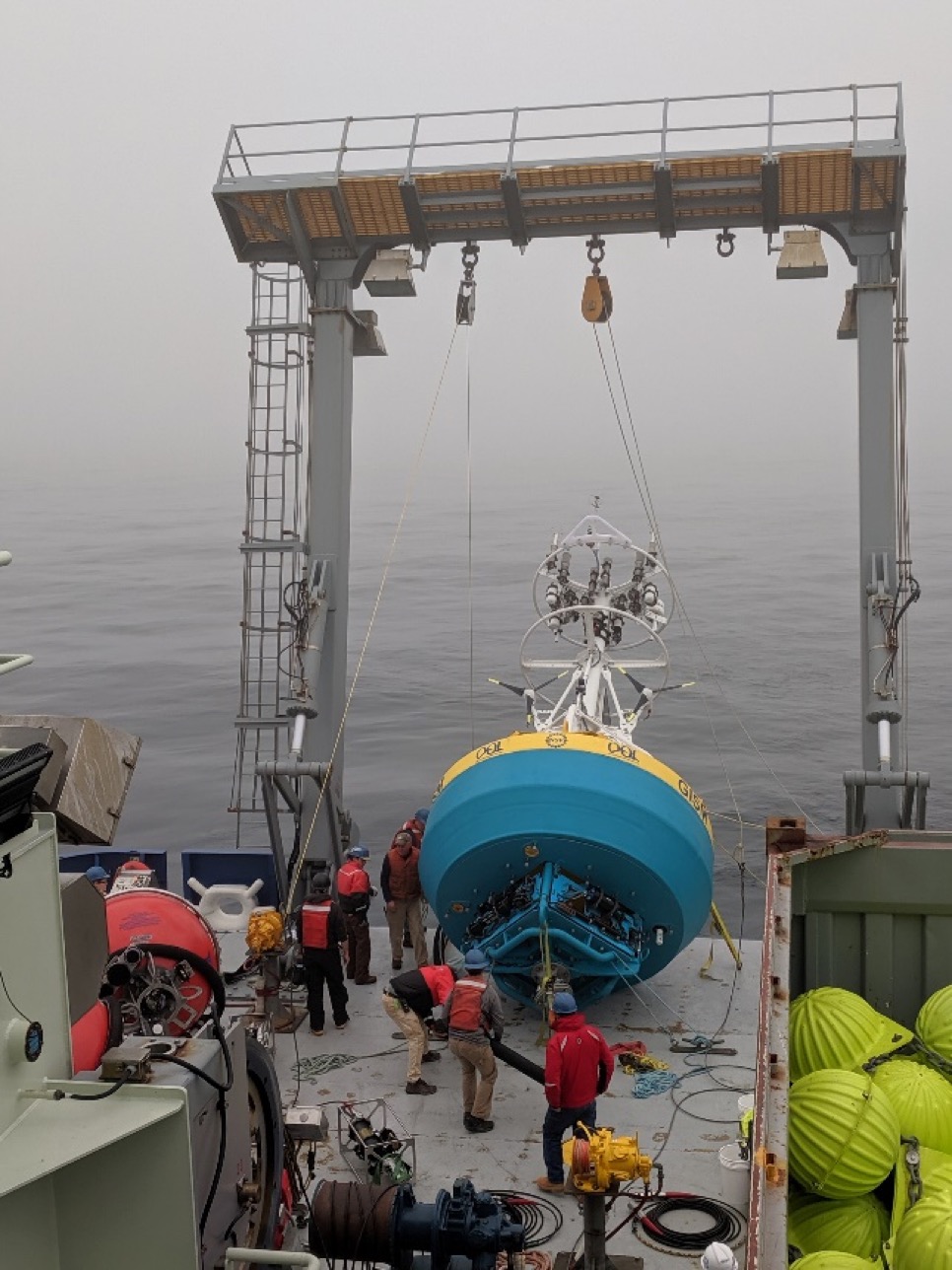
Prof. Hilary Palevsky to co-lead new NSF-funded workshop on biogeochemical sensors
The Ocean Observatories Initiative (OOI) includes sensors that measure key biogeochemical properties (pH, pCO2, bio-optics, nitrate, dissolved oxygen) on both moored and mobile autonomous platforms across arrays in the Atlantic, Pacific and Southern Oceans. To broaden the use of OOI biogeochemical sensor data and increase community capacity to produce analysis-ready data products, Prof. Palevsky and collaborators at Old Dominion University and the Woods Hole Oceanographic Institution have been awarded new NSF support to bring together scientists with expertise in biogeochemical sensor calibration and analysis to develop guidelines and best practices for using OOI biogeochemical sensor data. These recommendations will be collated in a published white paper that will be shared with the broader oceanographic community to build data user capacity and enable new scientific applications of OOI biogeochemical sensor data.
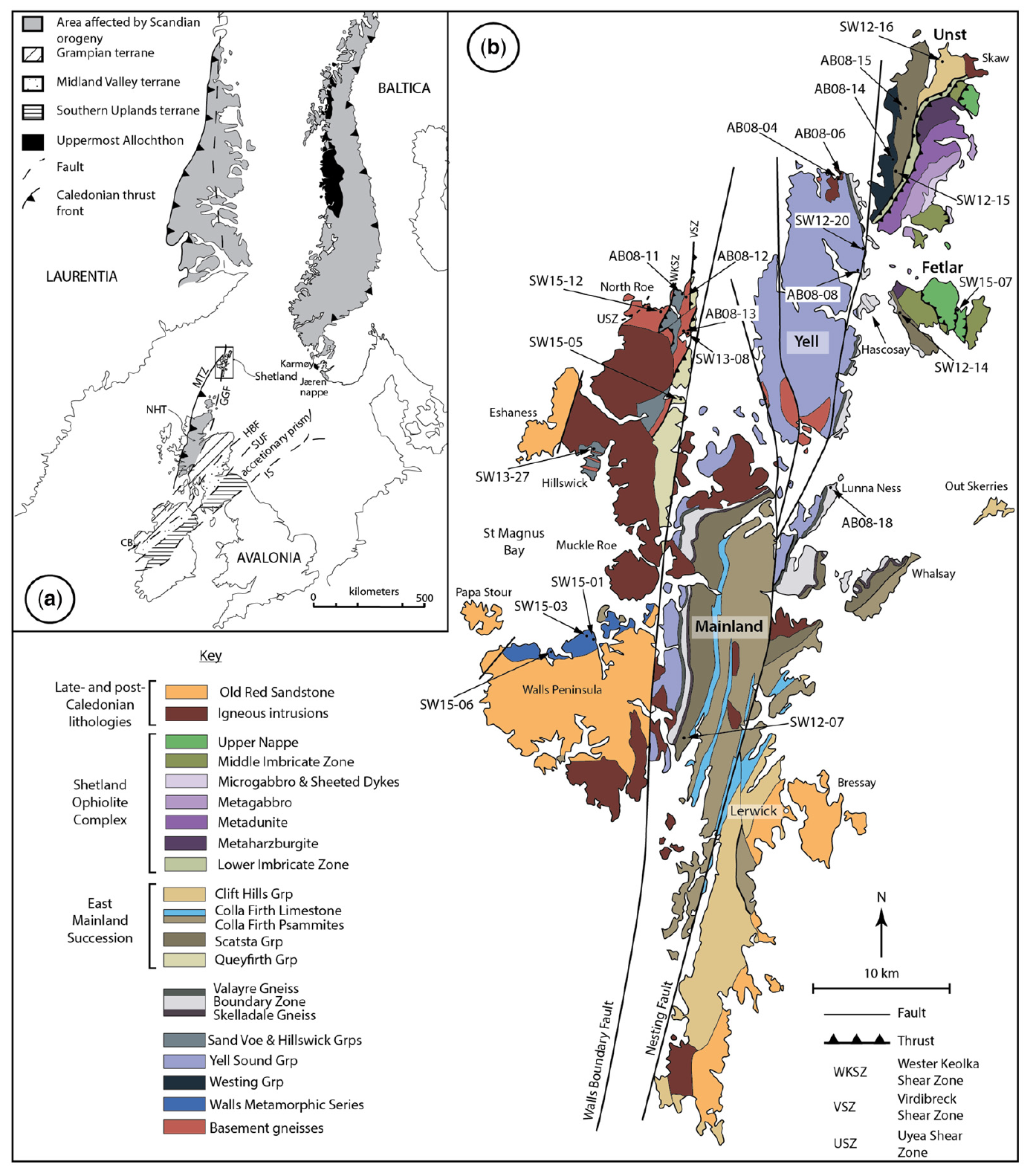
Dr. Stephanie Walker publishes new manuscript on orogenic events in Scotland
The manuscript by Walker et al., entitled "Caledonian and Pre-Caledonian orogenic events in Shetland, Scotland: evidence from garnet Lu–Hf and Sm–Nd geochronology" was published in the Geological Society, London, Special Publications. The new data to provide evidence of a polyorogenic history in the region. Dr. Walker is the Director of the Boston College Center for Isotope Geochemistry.

Join us on Tuesday September 8th, 12-1 for the first installment of the Fall EESC Department Lecture Series
This week, in recognition of the #ScholarStrike and #BlackInGeoscience week, we will have an open discussion on the important issue of racial inequities for Black people in science and in our country. Below are words from one of the largest academic geoscience societies in the world, EGU, explaining just one reason why this is relevant to us:
“The last few weeks have been filled with devastating news – harrowing stories about the police killing black people. Racial inequalities and discrimination go far beyond current events. In science in general, and in the geosciences in particular, little progress has been made regarding diversity over the past few decades. This is both the result of deep-seated institutional racism (sometimes referred to as systematic racism), and a general reluctance to openly discuss race-related inequality and discrimination even with those closest to us (family, colleagues, friends), avoided for being uncomfortable conversation topics. Now more than ever, being silent and inactive are not an option.” - source
This semester, our lecture series will be held entirely via Zoom. Please join us all for this important discussion. Students are especially encouraged to attend. Contact katrina.oblenes@bc.edu for invitation link & passcode to participate.
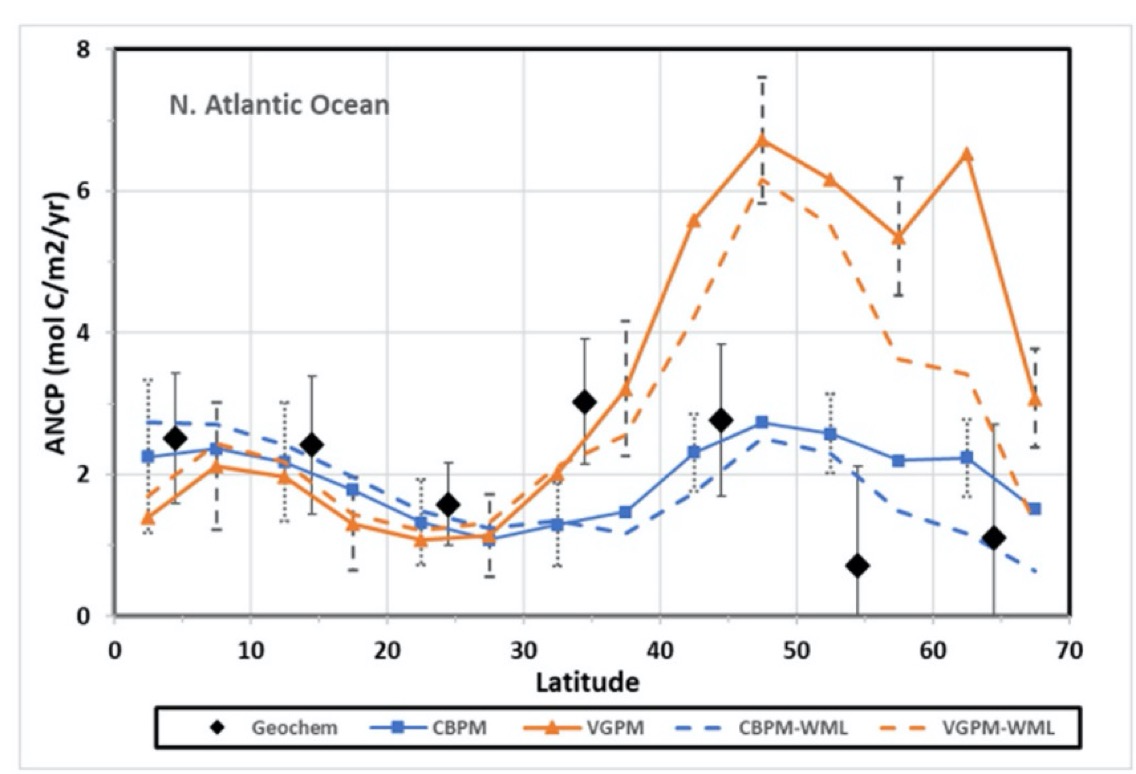
Prof. Hilary Palevsky co-authors new manuscript on the regional patterns of the biological carbon pump
The article, co-authored by Prof. Palevsky with collaborators at the University of Washington and published this summer in Geophysical Research Letters, synthesizes 85 multiyear geochemical estimates of rates of organic matter export spread across the Pacific and North Atlantic Oceans to provide a new observational-based picture of regional variations in the ocean’s biological carbon pump. The geochemical observations show only modest (three-fold) regional variations in export, whereas satellite‐ and model‐based estimates of export overestimate regional variations by up to twofold and fail to yield observed north‐south trends in export. These findings indicate that more field measurements of export are needed to better test the model‐ and satellite‐based estimates.
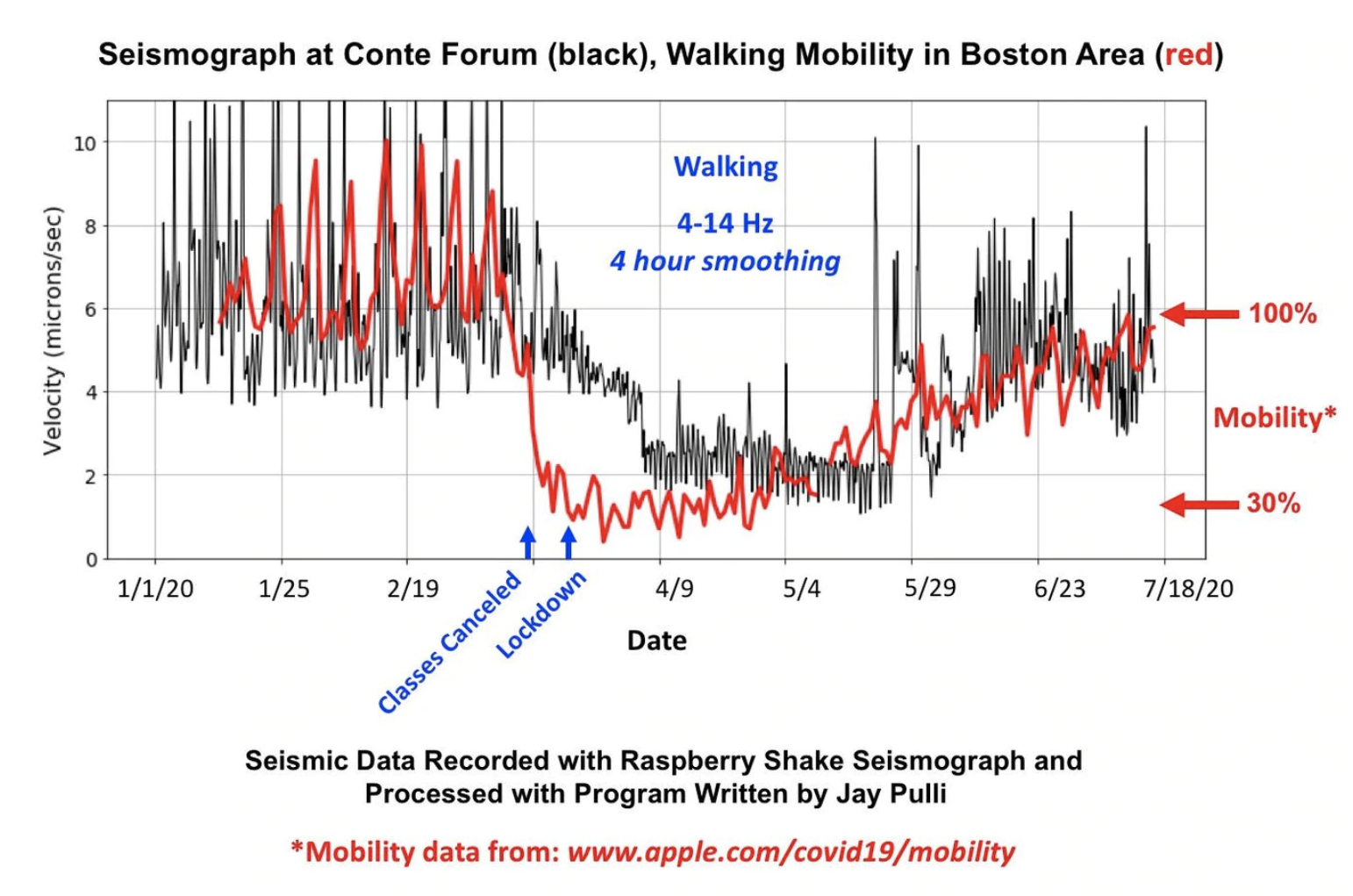
The “anthropause” impacts the solid Earth
A new article in the BC News delves into exciting new research co-authored by EESC Assoc. Prof. Alan Kafka and a team of more than 70 international colleagues, published in the journal Science, which investigates the global effects of the pandemic lockdowns – a period of time that has been coined the “anthropause” - on the solid Earth. According to the study, “Measures to mitigate the COVID-19 pandemic caused widespread changes in human activity, leading to a months-long reduction in seismic noise of up to 50%. The 2020 seismic noise quiet period is the longest and most prominent global anthropogenic seismic noise reduction on record”. To learn more, see Prof. Alan Kafka’s website and additional coverage in the Boston Globe!
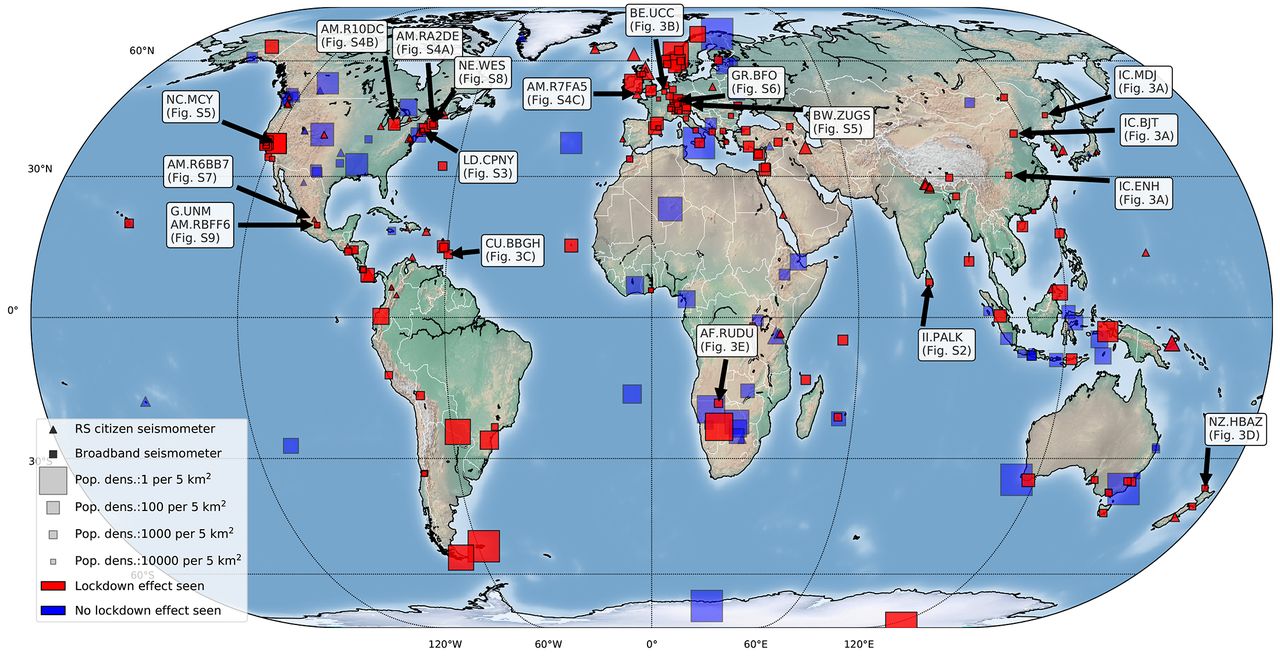
Pandemic quiets the Earth, Prof. Kafka reports
As societies around the world shut down in an effort to slow the Covid-19 pandemic, the decrease in human activity resulted in a seismically quieter Earth, according to a new report in Science co-authored by Alan Kafka and more than 70 international colleagues. Data collected from more than 300 seismic stations – including two on the Boston College campus and one at Weston Observatory – showed up to 50 percent reduction in “seismic noise” in early- to mid-2020. An article about the study was featured in the Boston Globe. For more information visit Prof. Kafka's website.
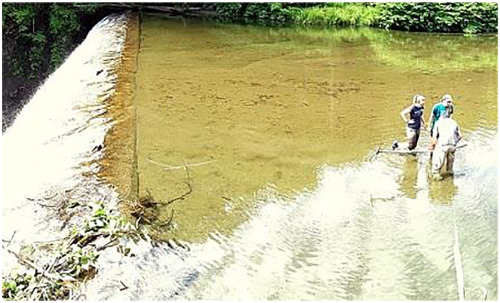
MS graduate Sam Dow co-authors paper on the effects of dams
Former EESC graduate student Samantha Dow (now a PhD student at the University of Connecticut) recently published a paper on her M.S. research with Noah Snyder’s lab group. In the project, the authors studied 20th century sedimentation behind a dam in the South River watershed in western Massachusetts, and found evidence for changing sediment sources through time, as historic dams breached and released a pulse of stored from previous anthropogenic activities, followed by an increase in erosion from glacial-age deposits. This work bridges a research gap between short-term dam removal studies and longer‐term legacy sediment erosion.
.png)
GRE Is Not Required for Graduate Applications
On June 19, the faculty of the Department of Earth and Environmental Sciences voted unanimously to remove the GRE requirement for applications to our MS and PhD programs. Our holistic application review process considers the full picture of a student’s application including academic preparation, research aptitude & experience, letters of recommendation, and personal statements. Students wishing to provide GRE scores may still do so, but this is no longer an expected element of our application review process. Our decision is based on a growing body of evidence that the GRE is biased against women and people of color, and presents a barrier to graduate education for underrepresented groups. We see this as one step towards our goal to recruit and support a more diverse graduate student population in our department, and help us better contribute to a more diverse geoscience profession. To learn more about our application and review process, please see our FAQs. The application deadline is January 10th.
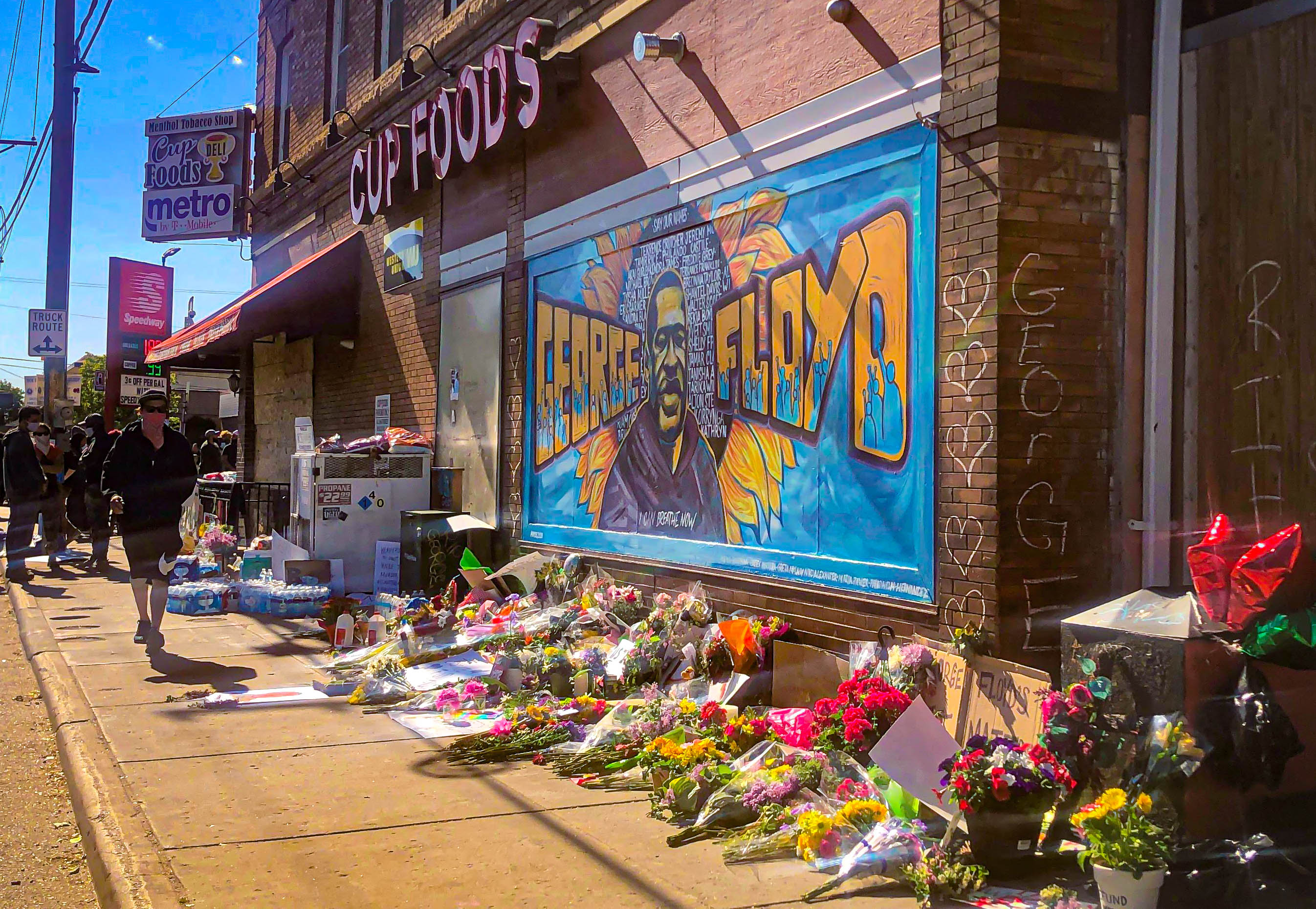
The Department of Earth and Environmental Sciences is saddened and outraged by the recent killings of George Floyd, Breonna Taylor, Ahmaud Arbery, and Tony McDade that have magnified the longstanding pain of racism in our country. As a department (and a discipline) that is historically and still disproportionately white, we are acutely aware of who we are, the privilege we enjoy, and the opportunity we have at this time. From that humble awareness comes our strongest condemnation of the systemic racism that pervades our country and its institutions, a cancer that led to the tragic murder of George Floyd last week. We mourn with the Black people of our country, of our geoscience profession, and of our department community. We hear you, and we join in your cry for justice. What can we do? Be proactively anti-racist. Welcome and amplify the voices of Black scientists. Educate ourselves about race. Call out racial injustice and work towards racial justice. We hope that this moment marks an important inflection point in our journey as a country, as a profession, and as a department towards greater awareness, inclusion, diversity, and justice. Black Lives Matter. [Photo by EESC Prof. Seth Kruckenberg]
We endorse the statements from GSA and AGU, and encourage our department community to explore the following resources. It’s a start.
AGU Bridge Program (BC is a program applicant)
Race and Racism in the Geosciences
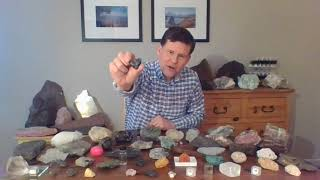
Prof. Baxter creates videos for kids learning at home
In lieu of live classroom presentations cancelled due to COVID-19, Prof. Baxter has created a series of videos on YouTube called "Every Rock Has A Story". Each 5-10 minute video tells the story of a different rock: stories about earthquakes and volcanoes, mountains and oceans, climate and life, humans and the environment, even outer space. The videos are intended for children in grades K-4, but they are fun and appropriate for all ages. More videos will be added each day, totaling 44 by the end of June. Please share this teaching resource with kids, parents, and teachers in your community. Ethan Baxter's YouTube Channel
Virtual year-end celebration!
On May 15, faculty, staff, students and postdocs from the Department of Earth and Environmental Sciences joined online for a virtual celebration. It was a great opportunity to connect with friends and recognize the achievements of the past year. Despite the challenges, we did it!
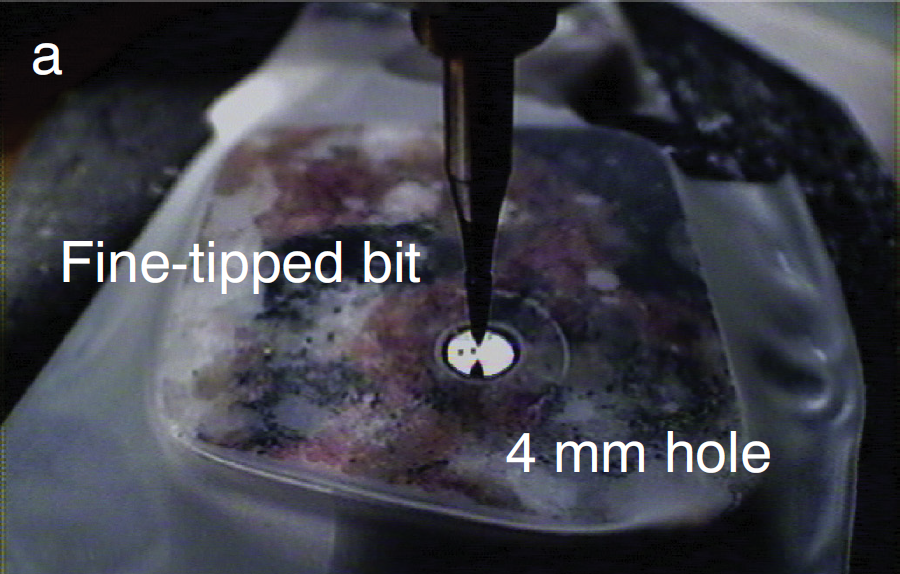
Prof. Baxter co-authors a new paper in Chemical Geology
Rare earth elements (REE) are one of the most important resources for modern technology. Researchers from Sweden partnered with Prof. Baxter's lab to date the key REE ore mineral, eudialyte. Using methods developed in Baxter's lab, the team found compelling evidence of low temperature melting and re-concentration of the ore at Europe's largest REE deposit, Norra Kärr. The metamorphic heating event occurred about 1.1 billion years ago, over 300 million years after primary ore formation. This fundamentally changes common notions about the mechanism of REE ore concentration. For more information about Prof. Baxter's research visit his website.
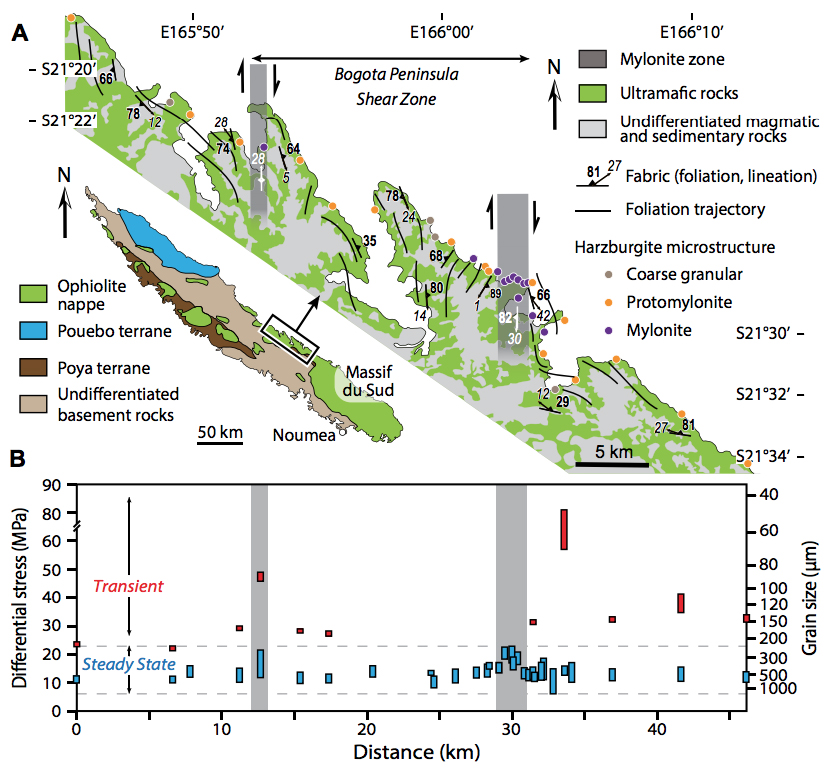
Prof. Seth Kruckenberg coauthors new manuscript in Geology
The article, entitled "Stress variations in space and time within the mantle section of an oceanic transform zone: Evidence for the seismic cycle" by Chatzaras et al., documents microstructures in a rare mantle exposure of an ancient oceanic transform fault - the Bogota Peninsula shear zone in New Caledonia (southwest Pacific Ocean). Using a combination of electron backscatter diffraction (EBSD), paleostress determinations, and the quantification of deformation temperatures, this study elucidates spatial and temporal changes in stress within the shear zone that are interpreted as the result of earthquake-related deformation in the upper mantle section of the paleo-transform fault. To learn more about Prof. Kruckenberg and his research, please visit his faculty website.
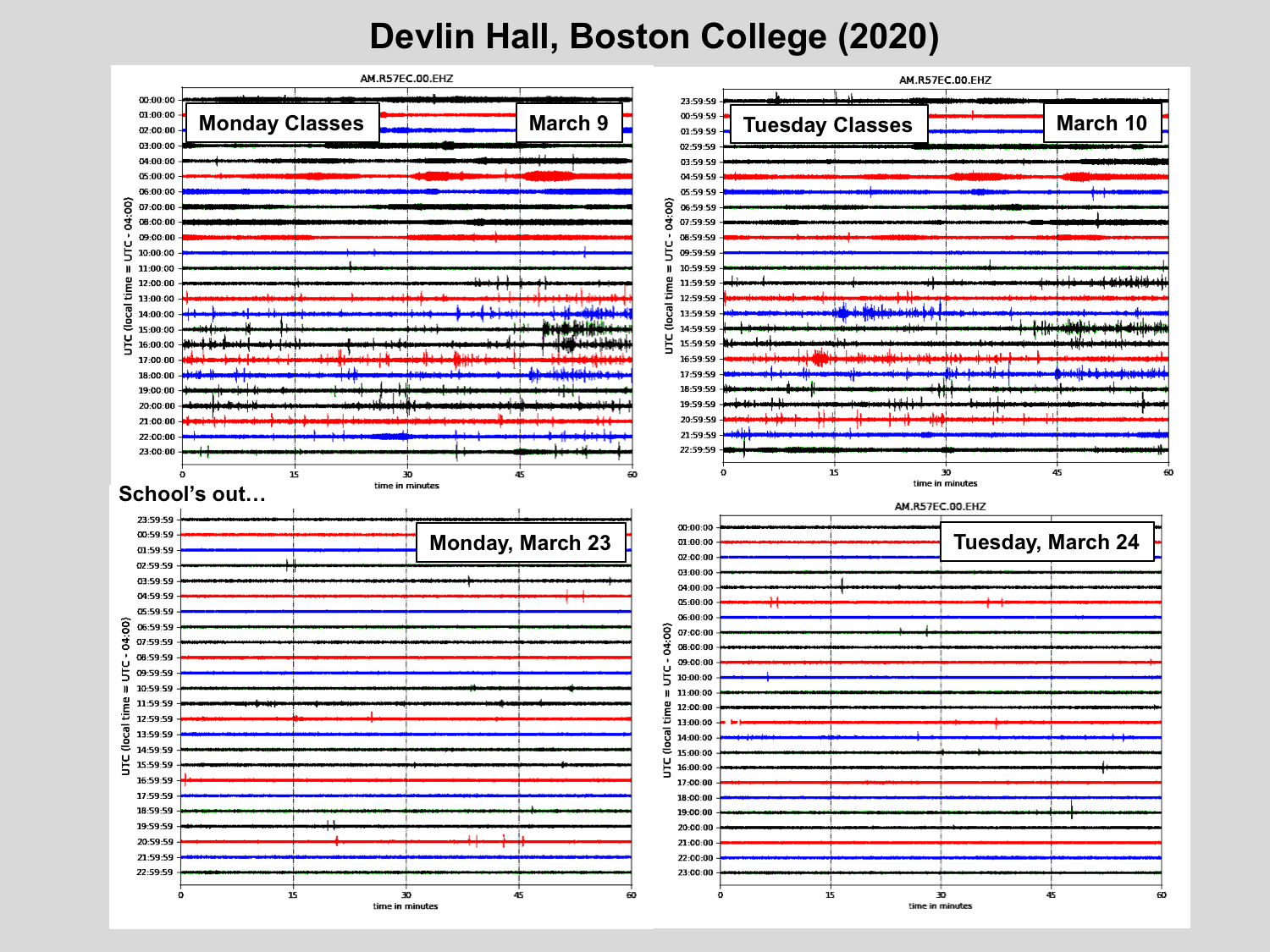
BC seismograph all quiet since closure of on-campus labs and classrooms
Following guidance from the State of Massachusetts and Boston College, the Department of Earth and Environmental Sciences enacted the cessation of all non-essential on-campus activities. While teaching and research continues via remote means, our on-campus home in Devlin Hall is now quiet. These seismograms show an active Devlin Hall on March 9-10 while classes were in session, compared to a quiet Devlin Hall as the closure was implemented. Stay safe.
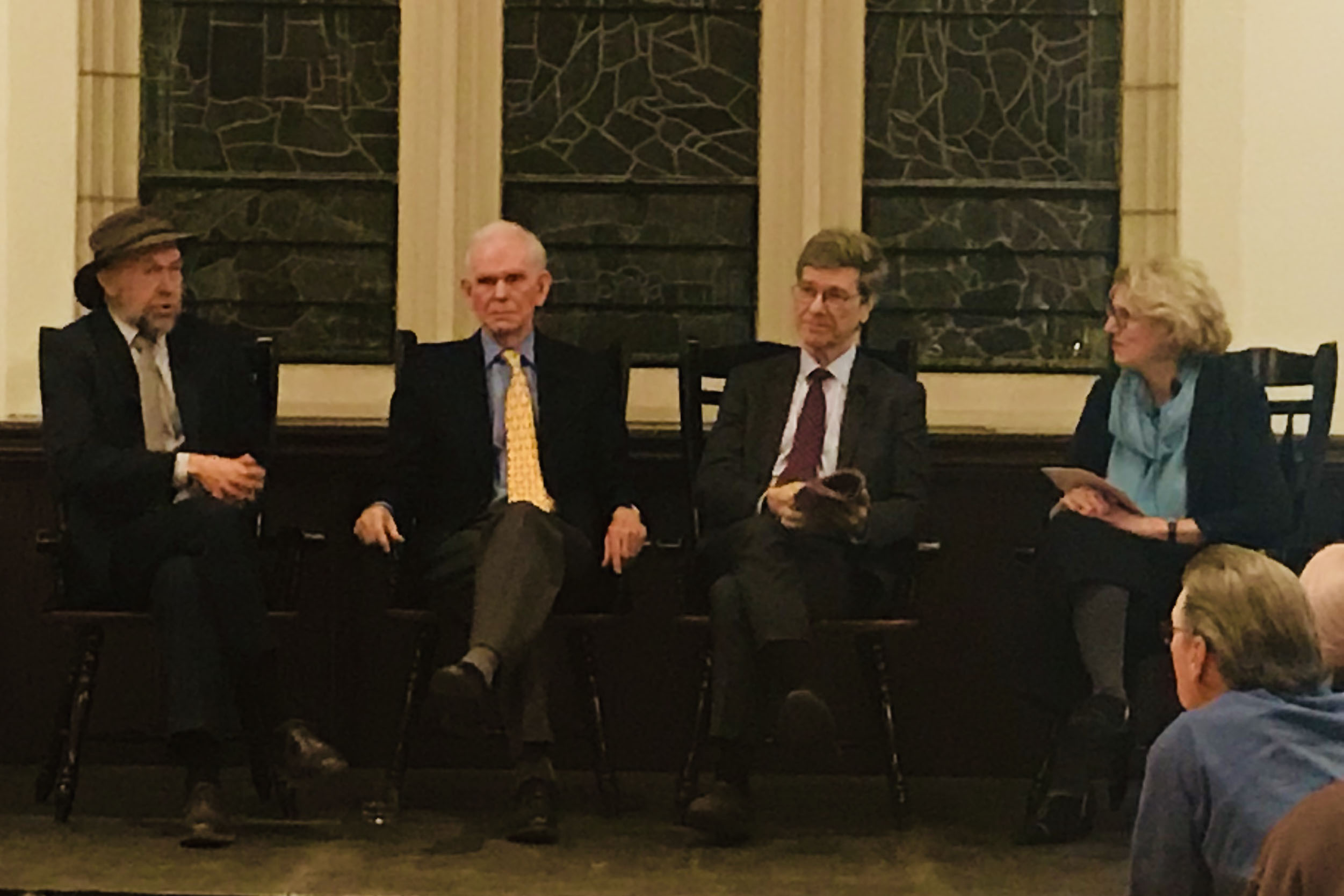
Climate Change Panel: The Race of Our Lives
On February 24, world-renowned climate change leaders Jeffrey Sachs, James Hansen, and Jeremy Grantham participated in a panel discussion, The Race of Our Lives: Confronting and Solving the Global Climate Change Crisis, moderated by Juliet Schor. The panelists spoke fervently about the urgency to act on climate change by enacting new policies that regulate carbon dioxide emissions and remove corporate influence on politics. Prof. Tara Pisani Gareau organized the event.
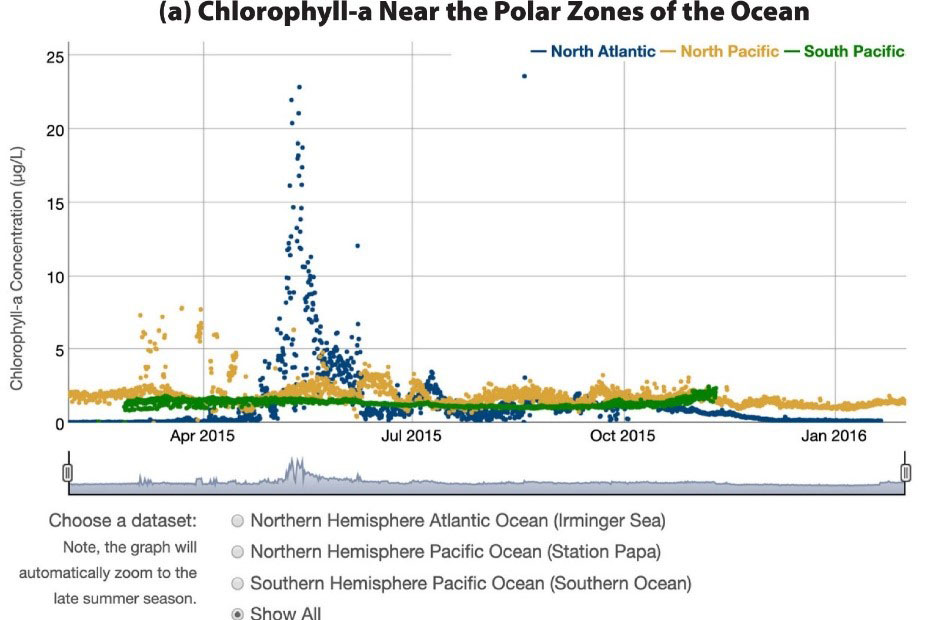
Prof. Palevsky co-authors new paper on teaching with authentic ocean data
The paper, “Using Authentic Data from NSF’s Ocean Observatories Initiative in Undergraduate Teaching: An Invitation” was published in Oceanography and is the outcome of a collaborative effort to synthesize existing resources and new opportunities for undergraduate students to use oceanographic data from the Ocean Observatories Initiative’s sensor systems measuring physical, chemical, biological, and geological properties at multiple locations in the world ocean. Prof. Palevsky also presented the results of this collaborative effort and the teaching resources it provides for the community at the Ocean Sciences Meeting in San Diego, CA.
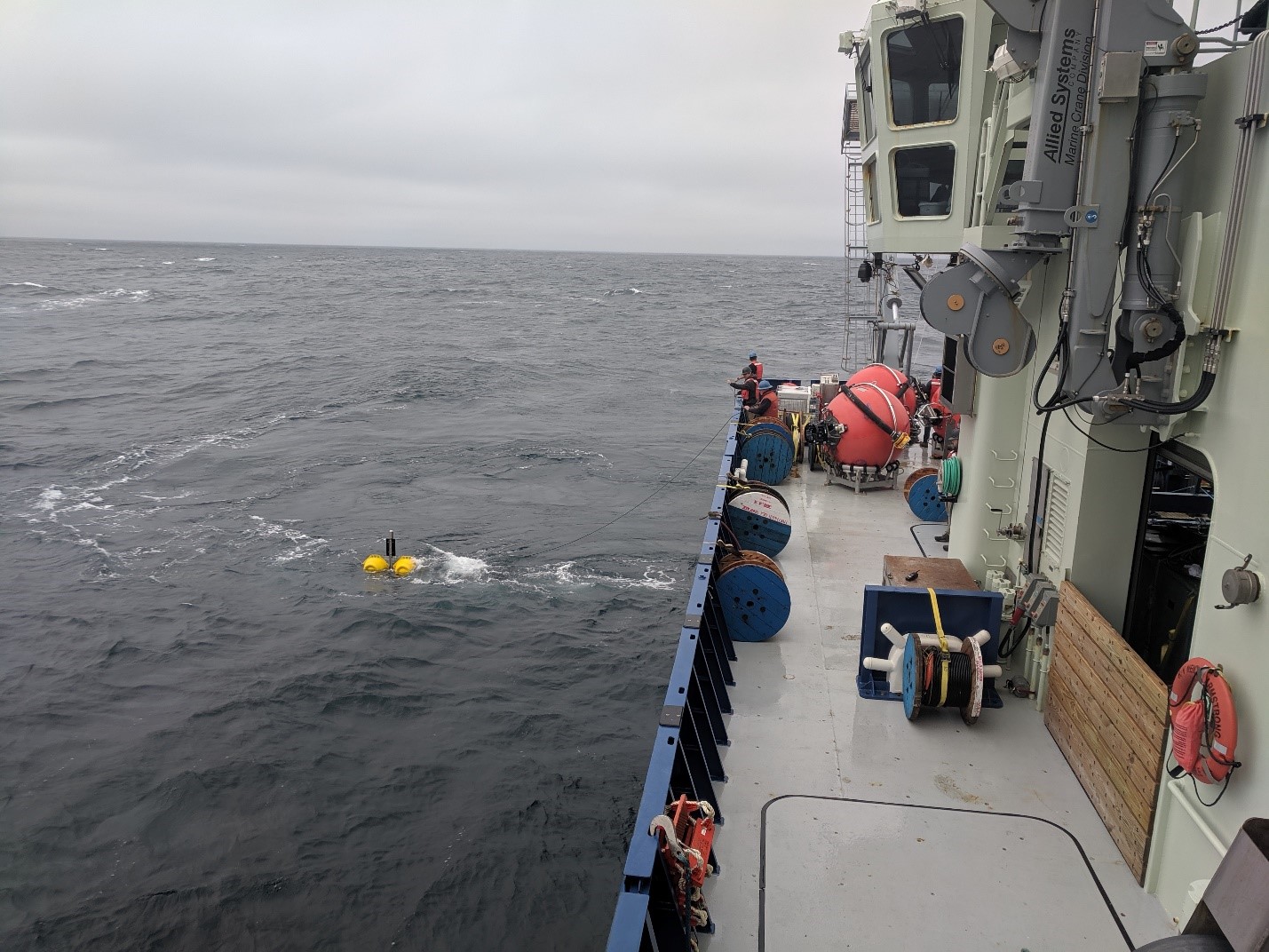
Prof. Palevsky part of new NSF-funded team to study oxygen and carbon uptake by the ocean
This National Science Foundation award supports a collaborative, interdisciplinary project entitled “Collaborative Research: Gases in the Overturning and Horizontal circulation of the Subpolar North Atlantic Program (GOHSNAP)” to investigate the uptake of oxygen and carbon dioxide gases in the Labrador Sea, a region of the North Atlantic Ocean between Canada and Greenland. In collaboration with scientists at the University of Rhode Island, Woods Hole Oceanographic Institution, and Dalhousie University, Prof. Hilary Palevsky will collect two years of continuous data to measure the rate at which these gases are absorbed from the atmosphere into the Labrador Sea and then transported southward into the rest of the Atlantic basin.
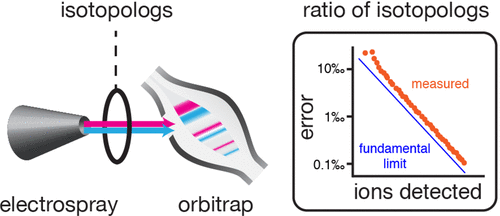
Prof. Wang co-authors a new paper in Analytical Chemistry
The article entitled "Stable Isotope Analysis of Intact Oxyanions Using Electrospray Quadrupole-Orbitrap Mass Spectrometry” published by Neubauer et al., described a new method for analyzing the isotopic composition of intact oxyanions such as nitrate and sulfate. Orbitrap is a high-resolution mass spectrometry analyzer that is commonly used in life sciences (e.g., proteomics) but rarely used in Earth and environmental sciences. By coupling Orbitrap mass analyzer with electrospray ionization, this study showed for the first time that multiple singly- and multiply-substituted isotopic forms of sulfate and nitrate can be measured simultaneously at natural-abundance levels. In addition, this new method has the potential to achieve better sensitivity, sample throughput, and precision than many existing methods based on sector mass spectrometers. To learn more about this method and its potential applications, please visit Prof. Tony Wang's website.
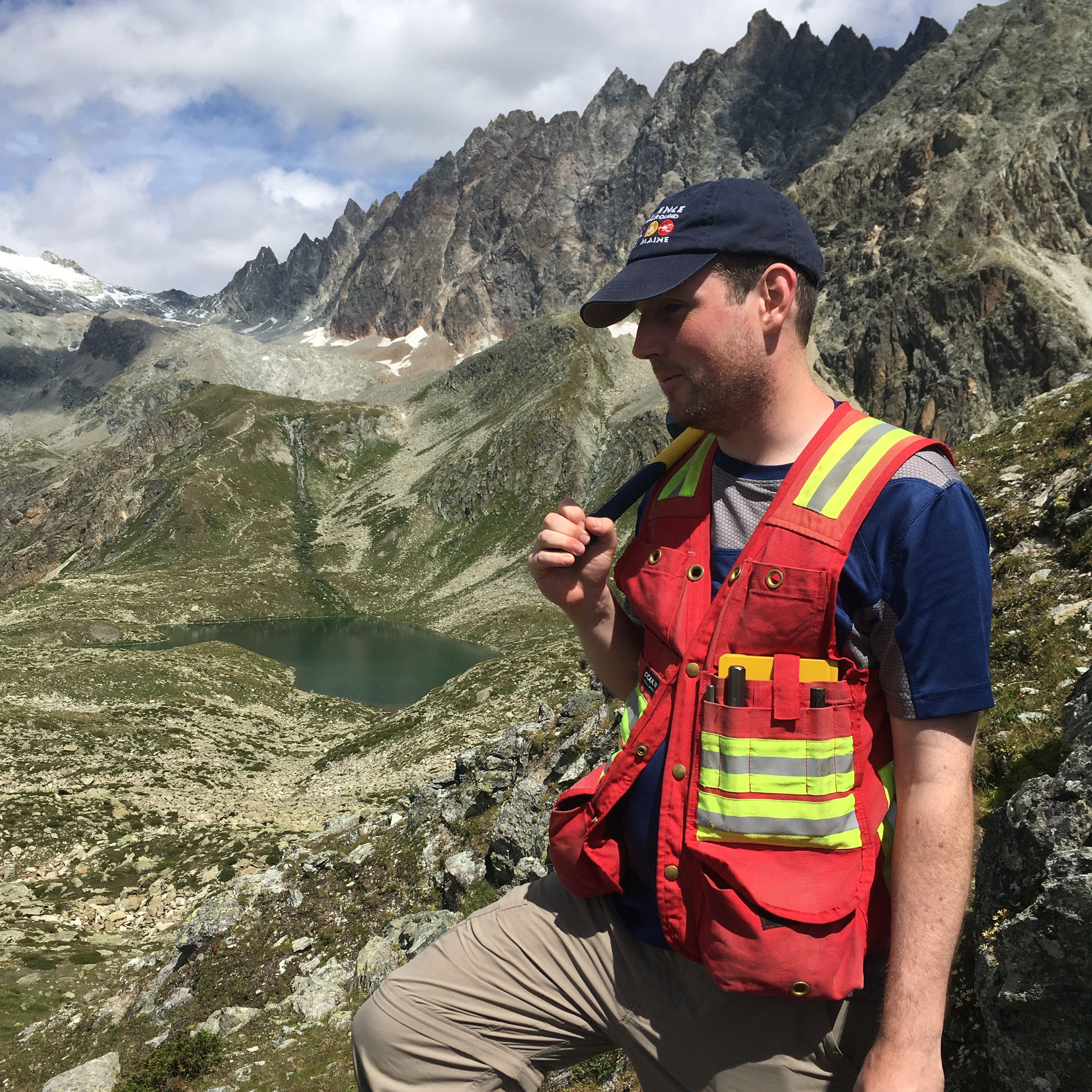
Postdoctoral Fellow Dr. Paul Starr receives new NSF grant
This National Science Foundation research grant, entitled "Constraining the release of oxidizing fluids from the mafic slab during subduction", will support research on the release of metamorphic fluids from subducting tectonic plates and how these fluids influence the redox conditions of the overlying mantle and arc volcanic systems. This research will involve novel non- traditional stable isotope measurements combined with high-resolution garnet geochronology, conducted at the Center for Isotope Geochemistry at Boston College. The grant will foster collaborations between Boston College and our partners at IPGP (France), Sorbonne University and the University of South Carolina. Boston College undergraduate students will travel to Europe to contribute to this research with the guidance of Dr. Paul Starr and Prof. Ethan Baxter.

Prof. Shakun featured in PBS NOVA documentary "Polar Extremes"
Dr. Jeremy Shakun and his group's research reconstructing past episodes of permafrost thaw from Arctic cave deposits is featured in the NOVA documentary "Polar Extremes". The film traces the dramatic changes in polar climate that have occurred throughout Earth's history captured in the geologic record - as prologue to the future changes coming in our warming world. The film airs February 5th at 8 pm, and there will be a sneak peek and panel discussion with Dr. Shakun and the host Kirk Johnson, Director of the Smithsonian Museum of Natural History, February 4 from 7-9 pm at WGBH studios.
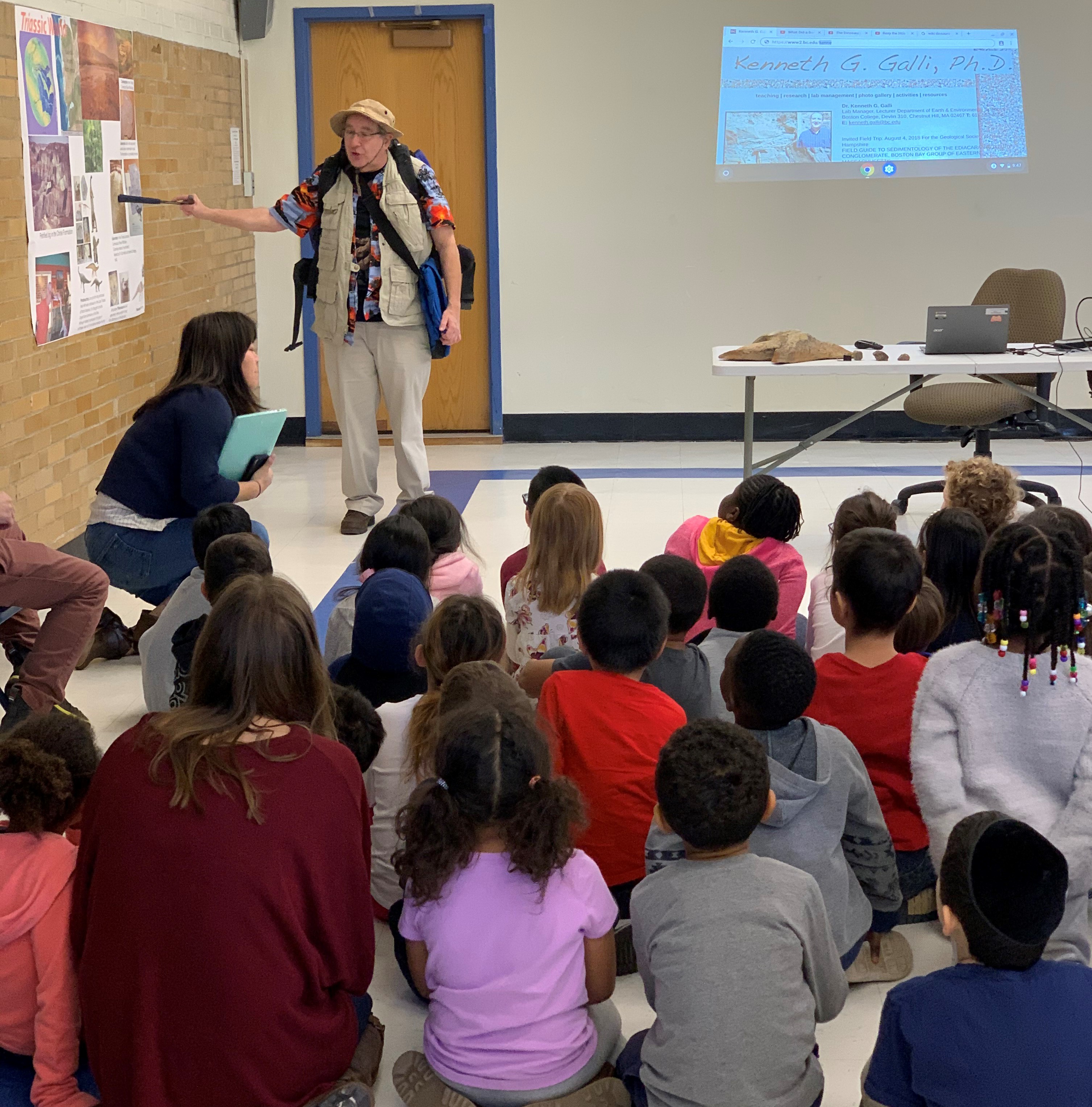
Ken Galli teaches kids how to walk like a dinosaur
On January 9, Dr. Ken Galli, EESC Lab Manager/Lecturer, taught Baldwin Early Learning Pilot Academy kindergarten and first grade students about dinosaurs. This included having students “walk like a dinosaur” along a dinosaur trackway that Ken had prepared.
Prof. Snyder co-authors a paper on erosion and land-use change in a Maine watershed
The paper, "Timber harvest and flood impacts on sediment yield in a postglacial, mixed-forest watershed, Maine, USA" was published in Anthropocene. The work is part of a collaborative project by Noah Snyder and Tim Cook conducted when they were Bullard Fellows at Harvard Forest in 2018-2019. Using a 1200-year record provided by sediment cores from a Maine lake, they found a three-fold increase in sediment yield after land-use changes associated with timber harvest occurred in the watershed around 1900.